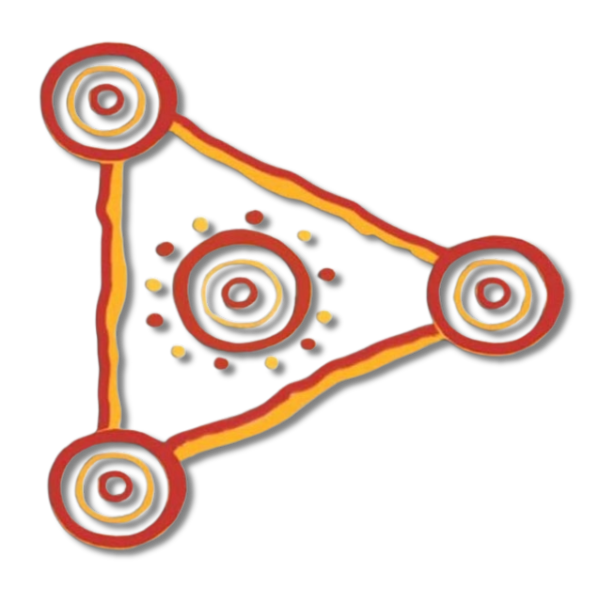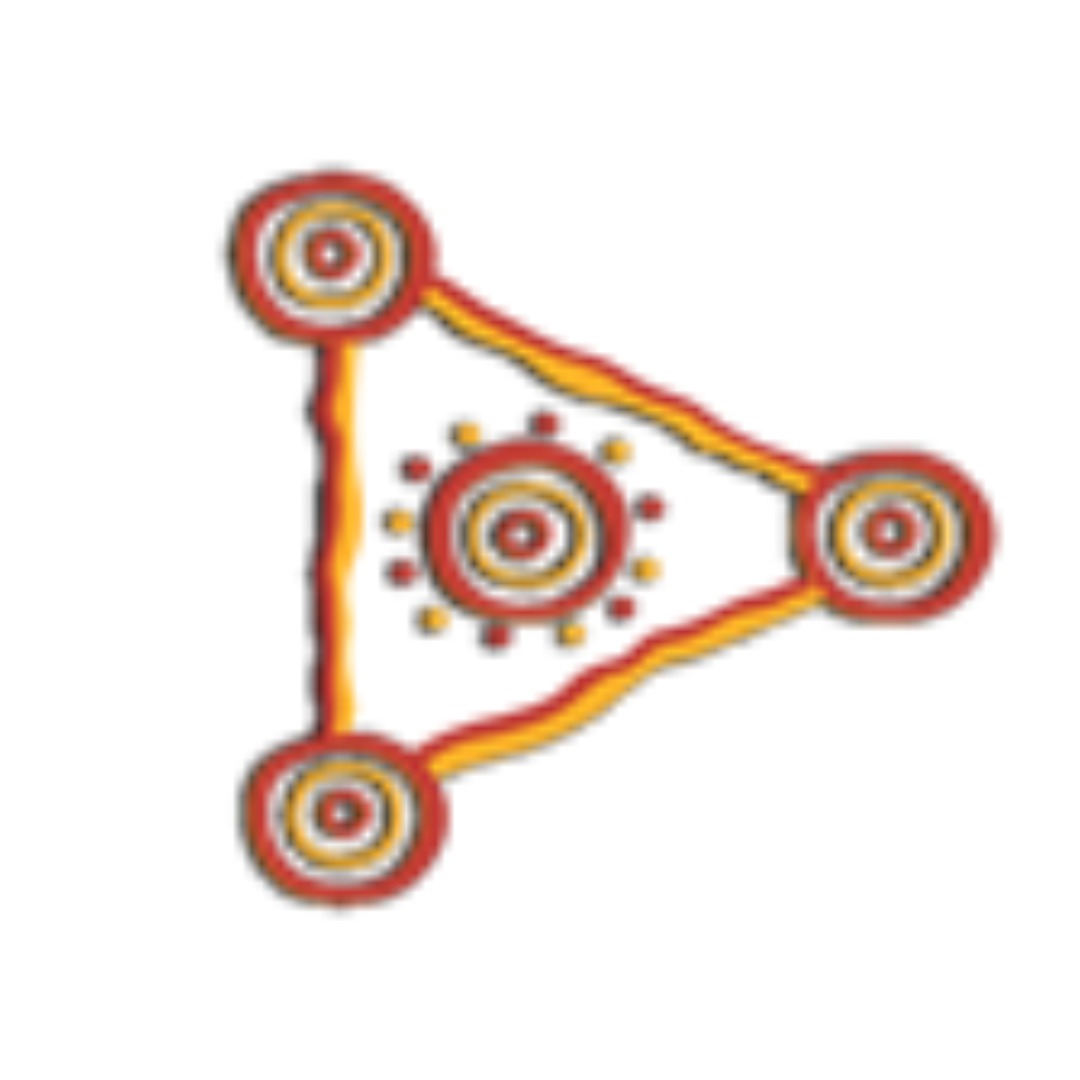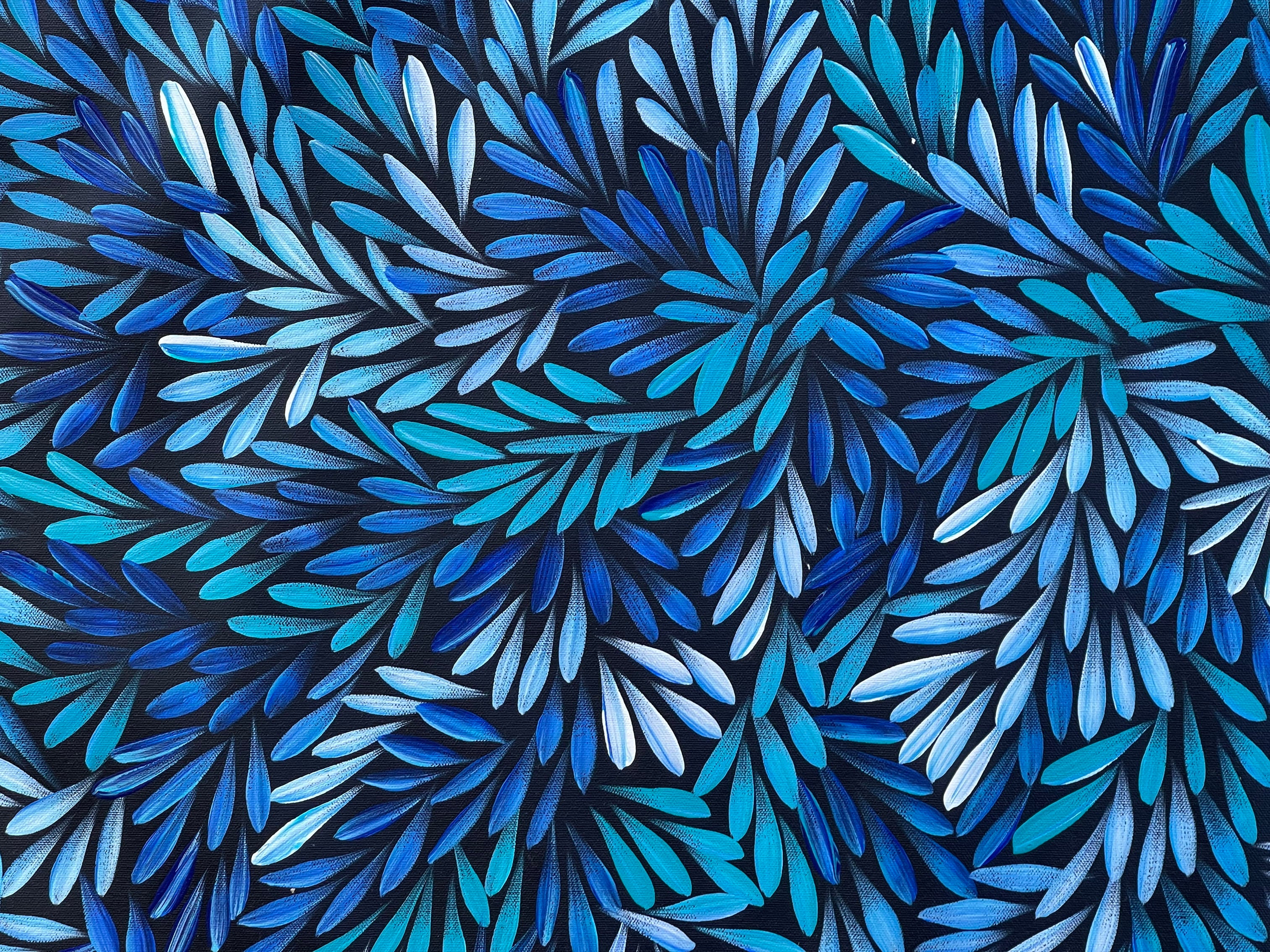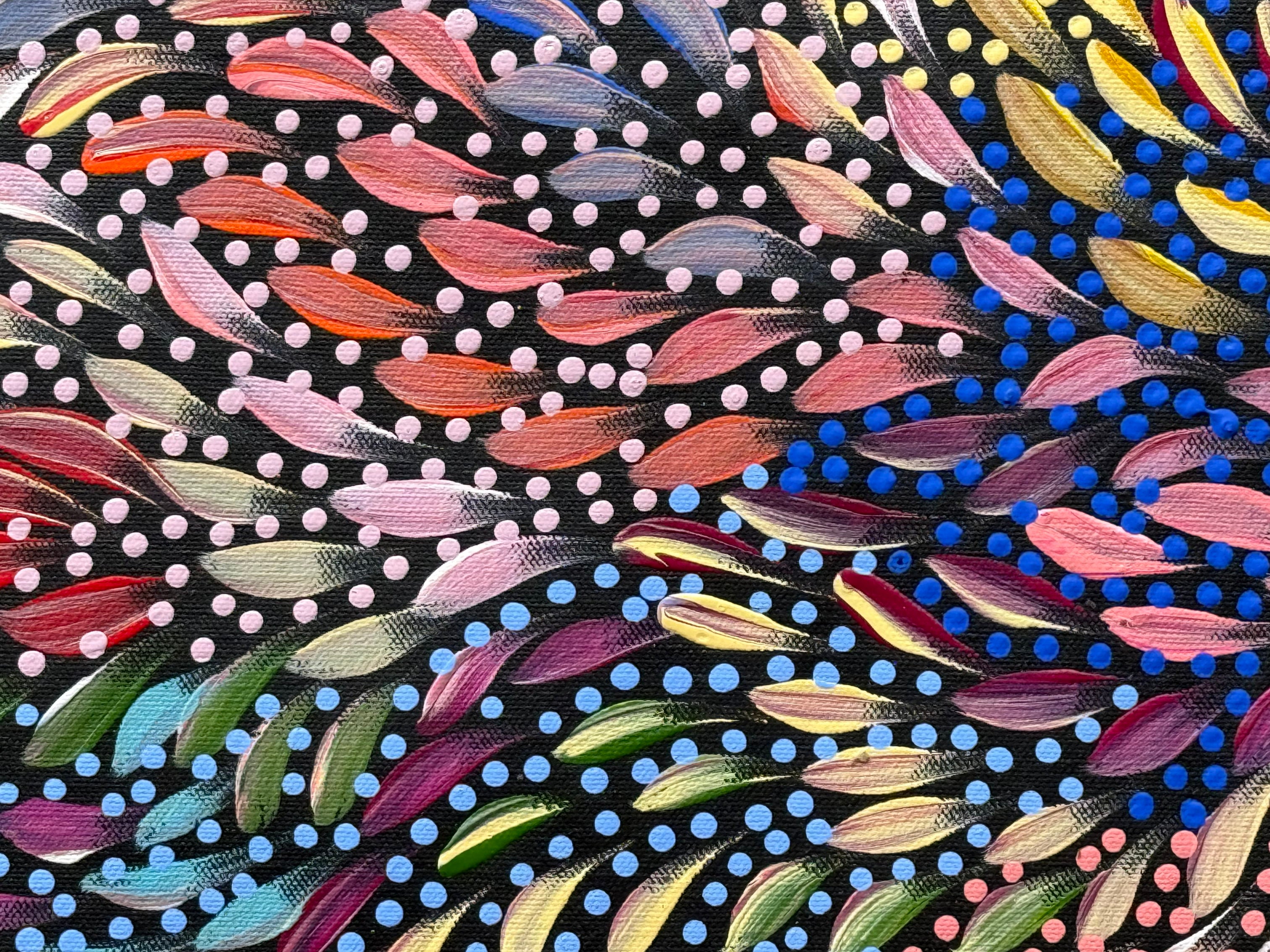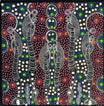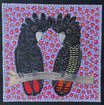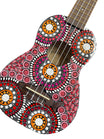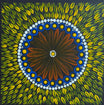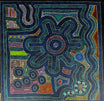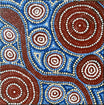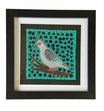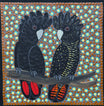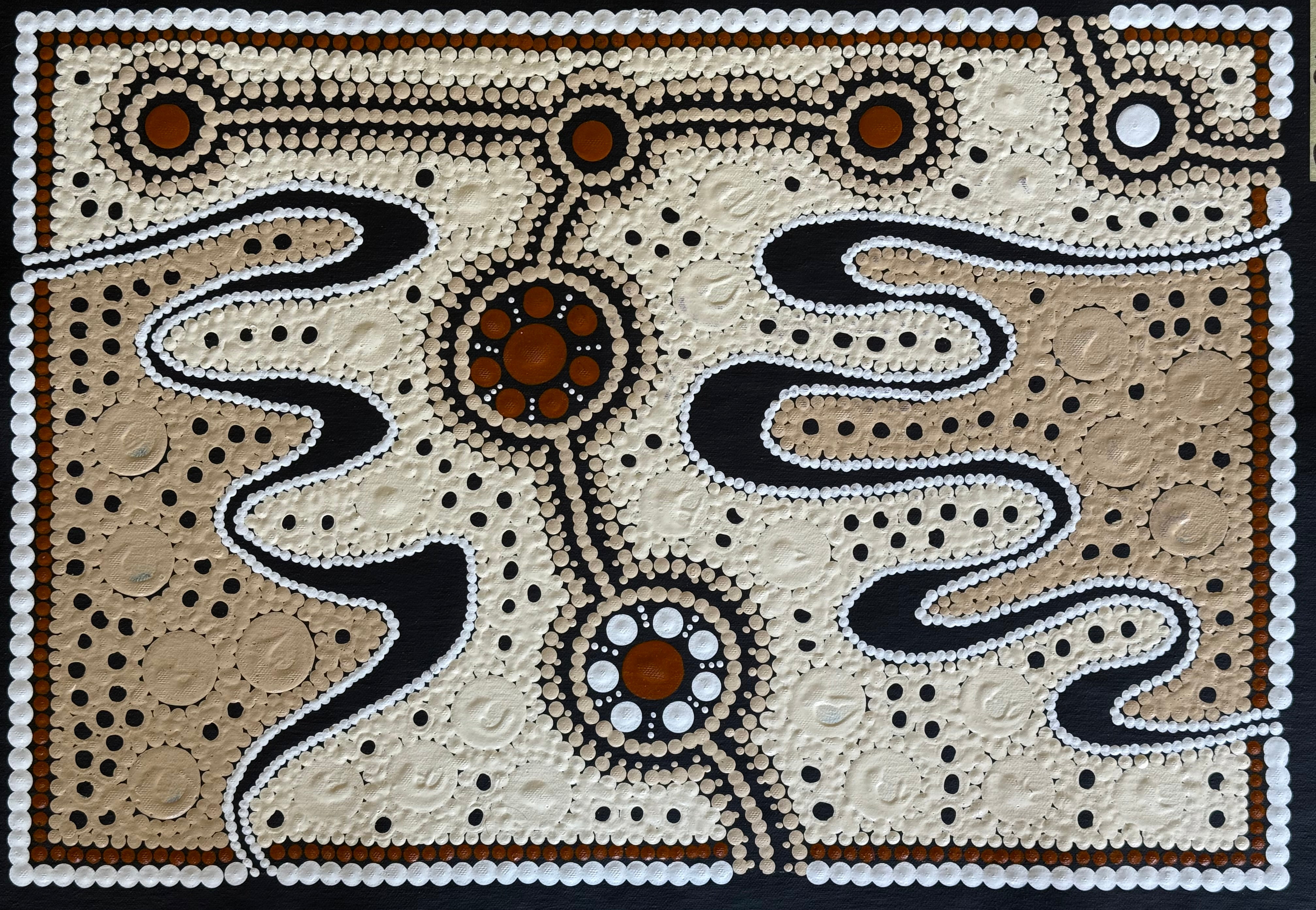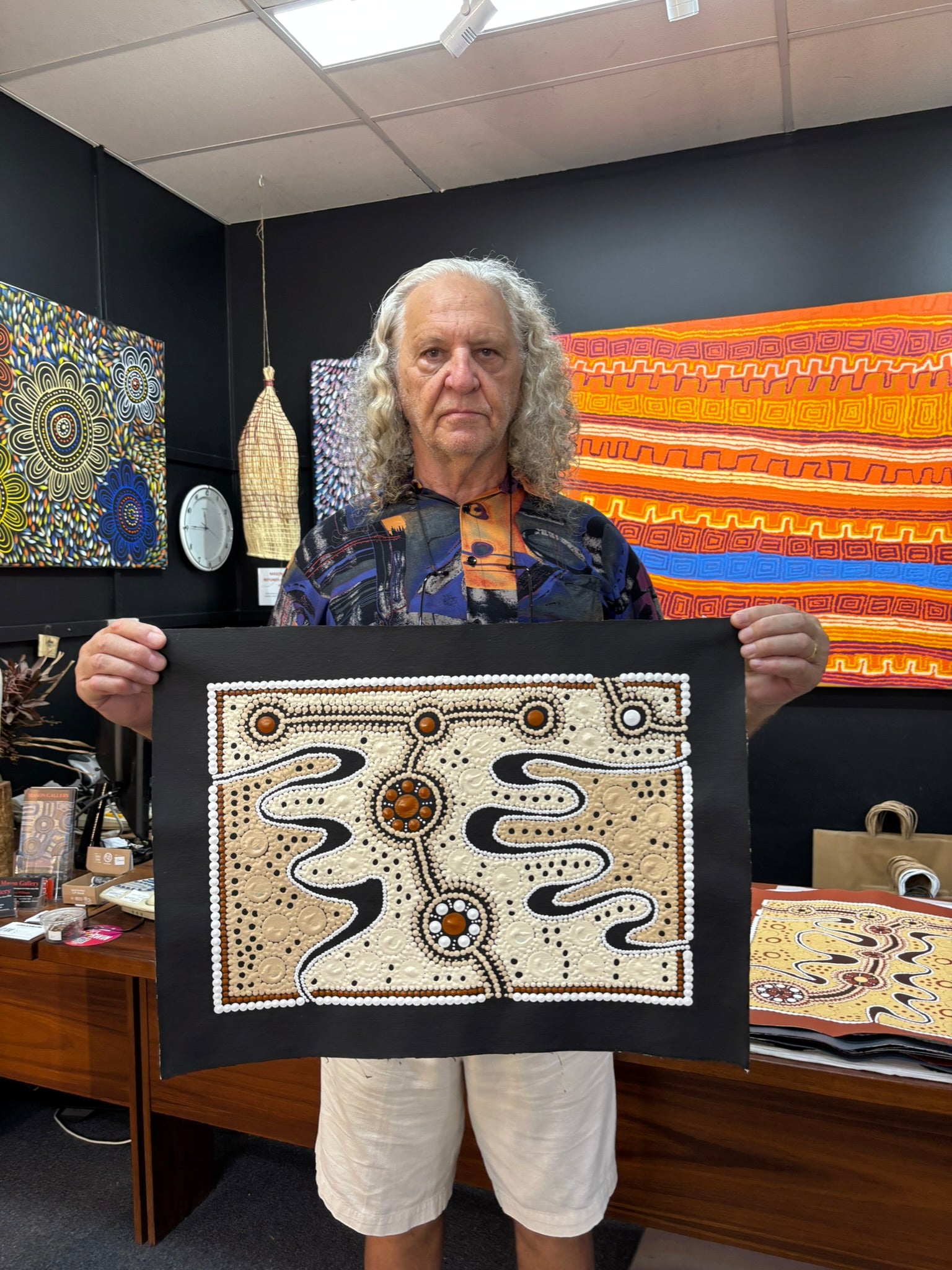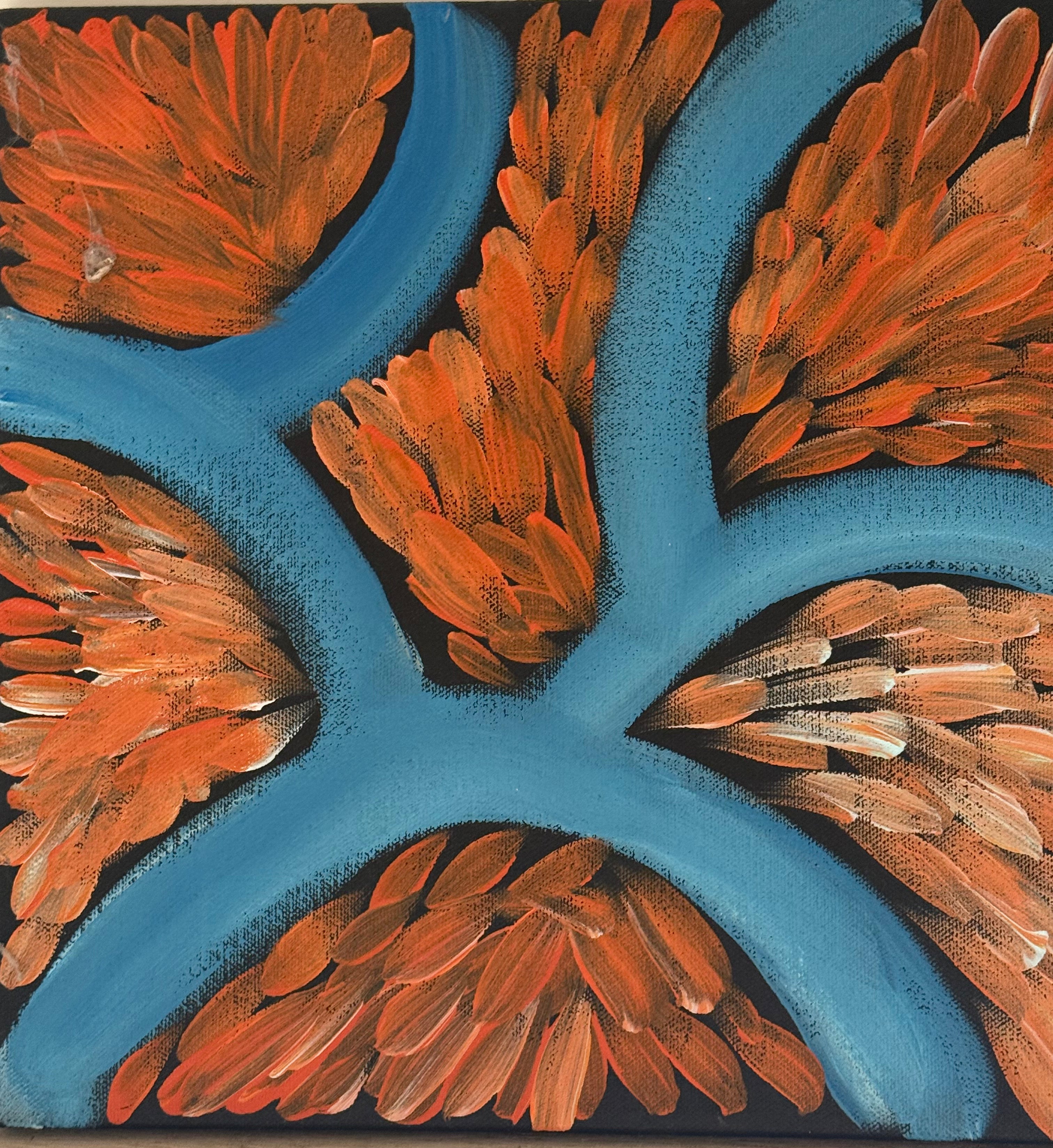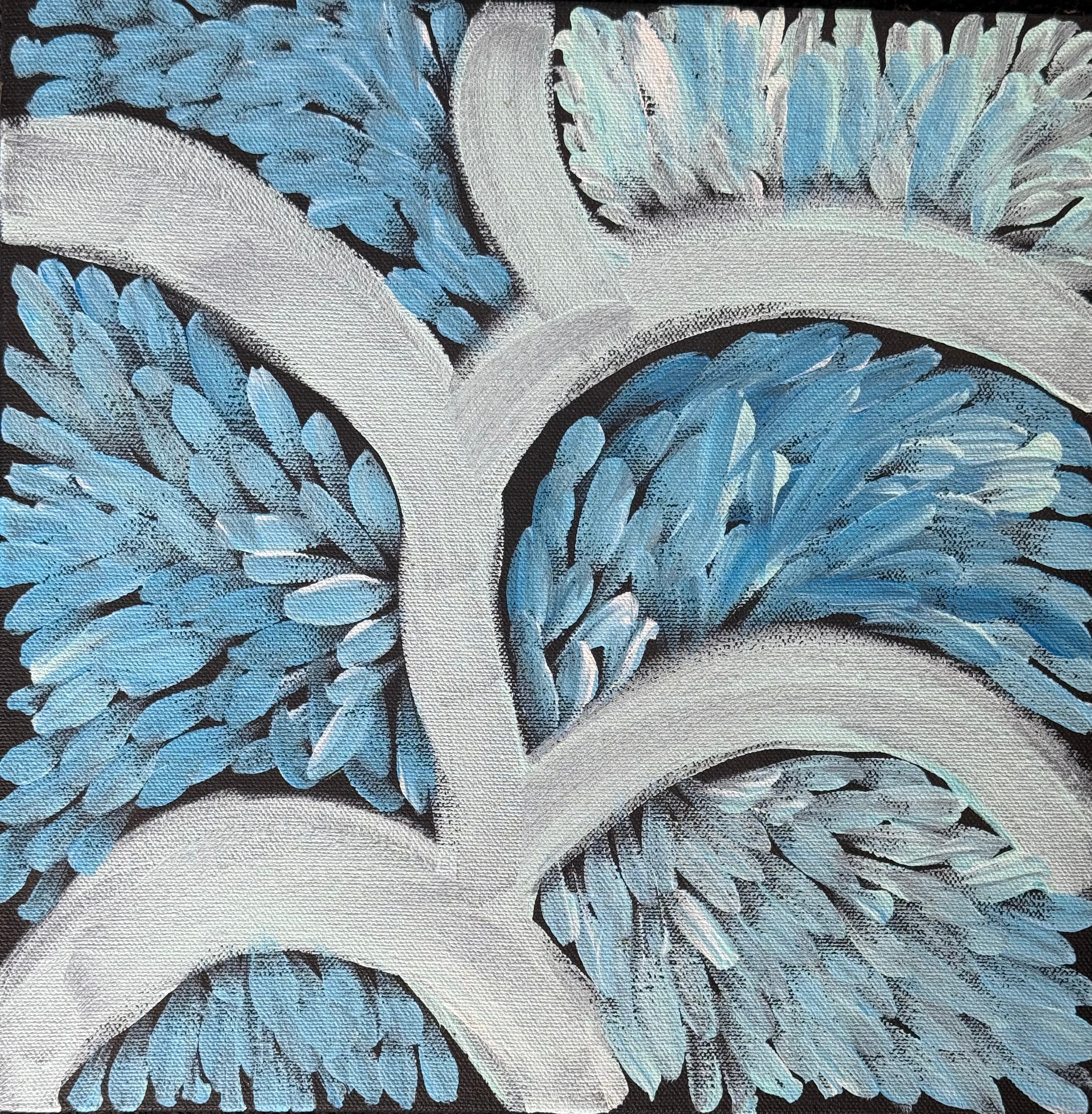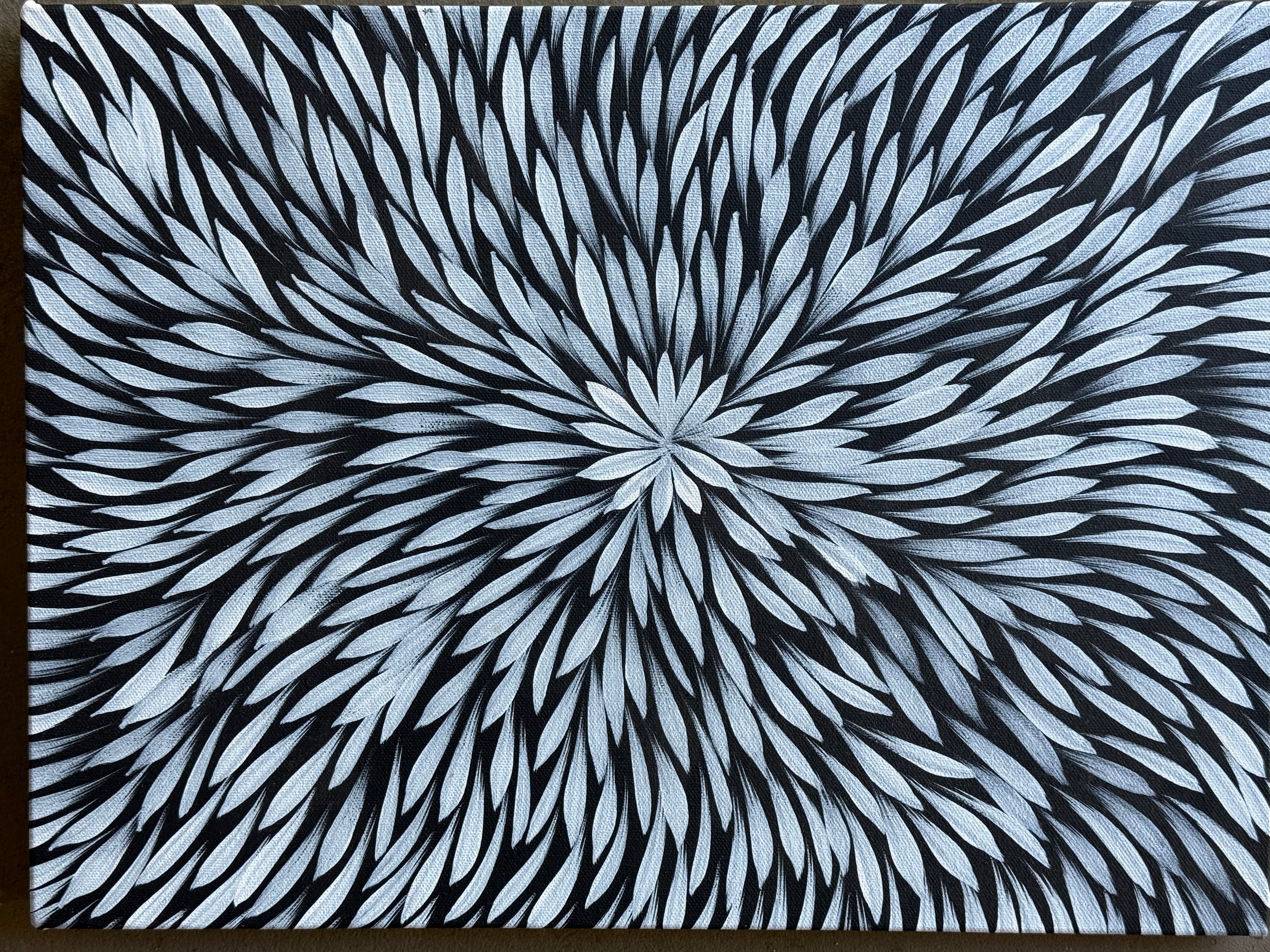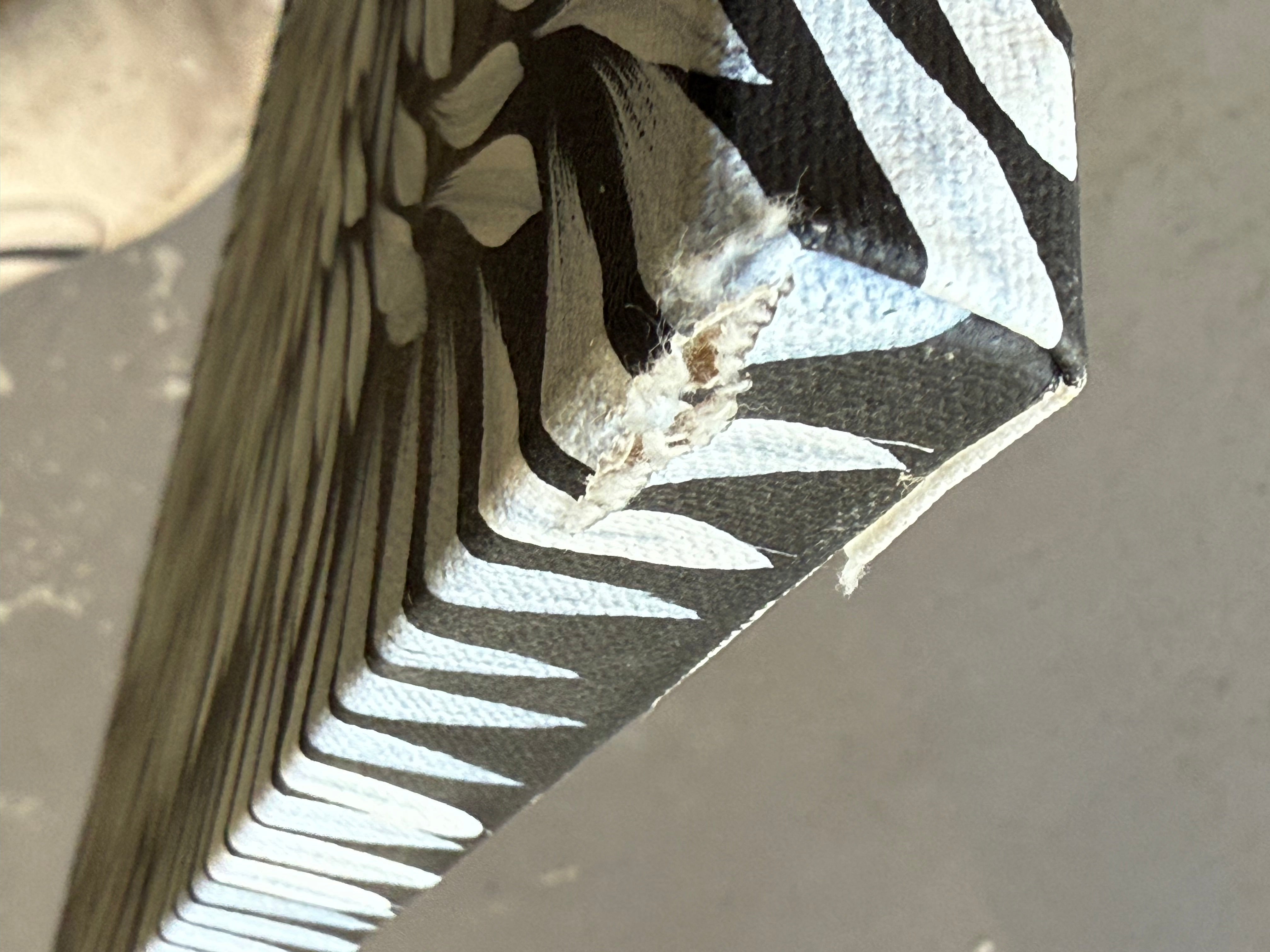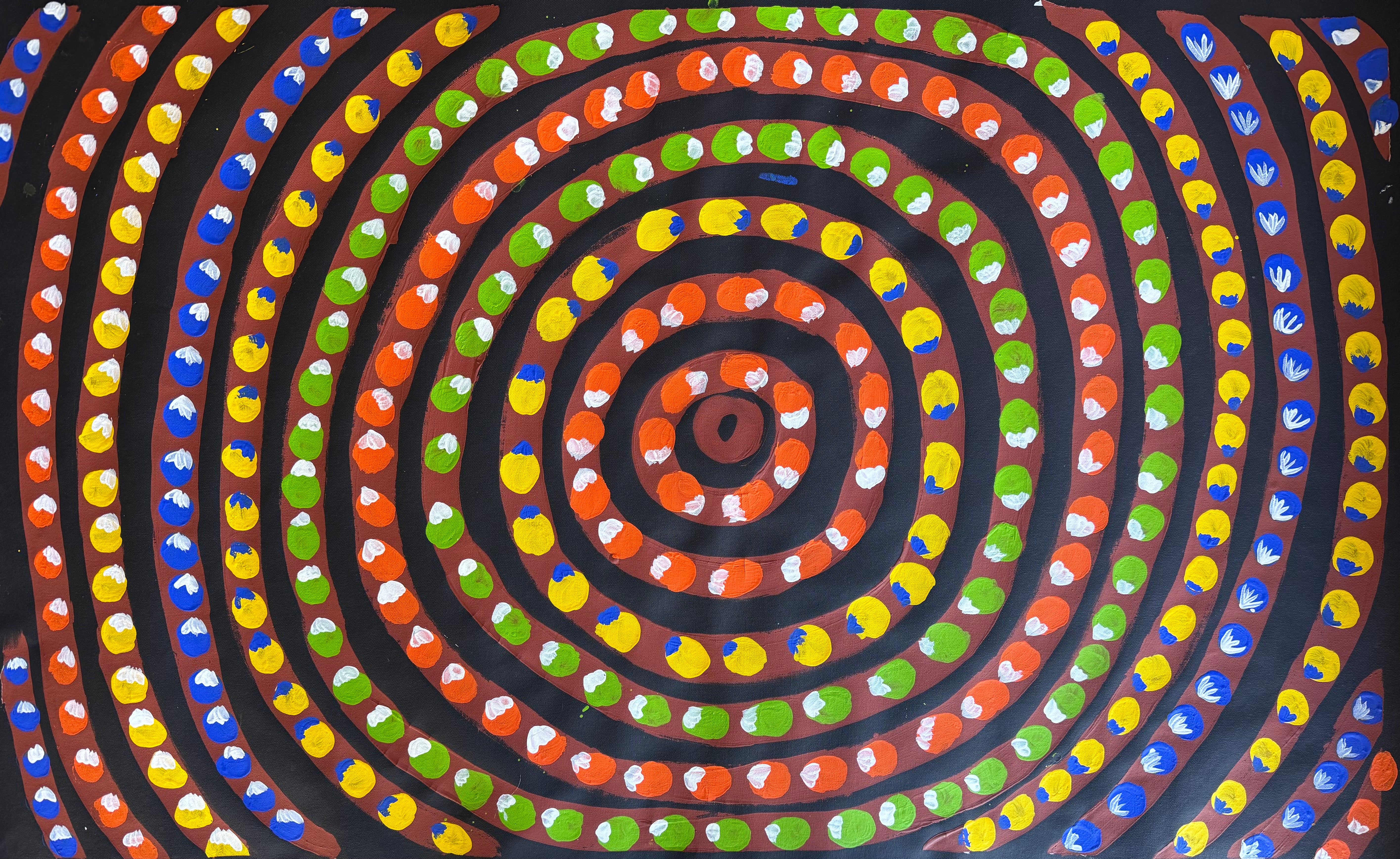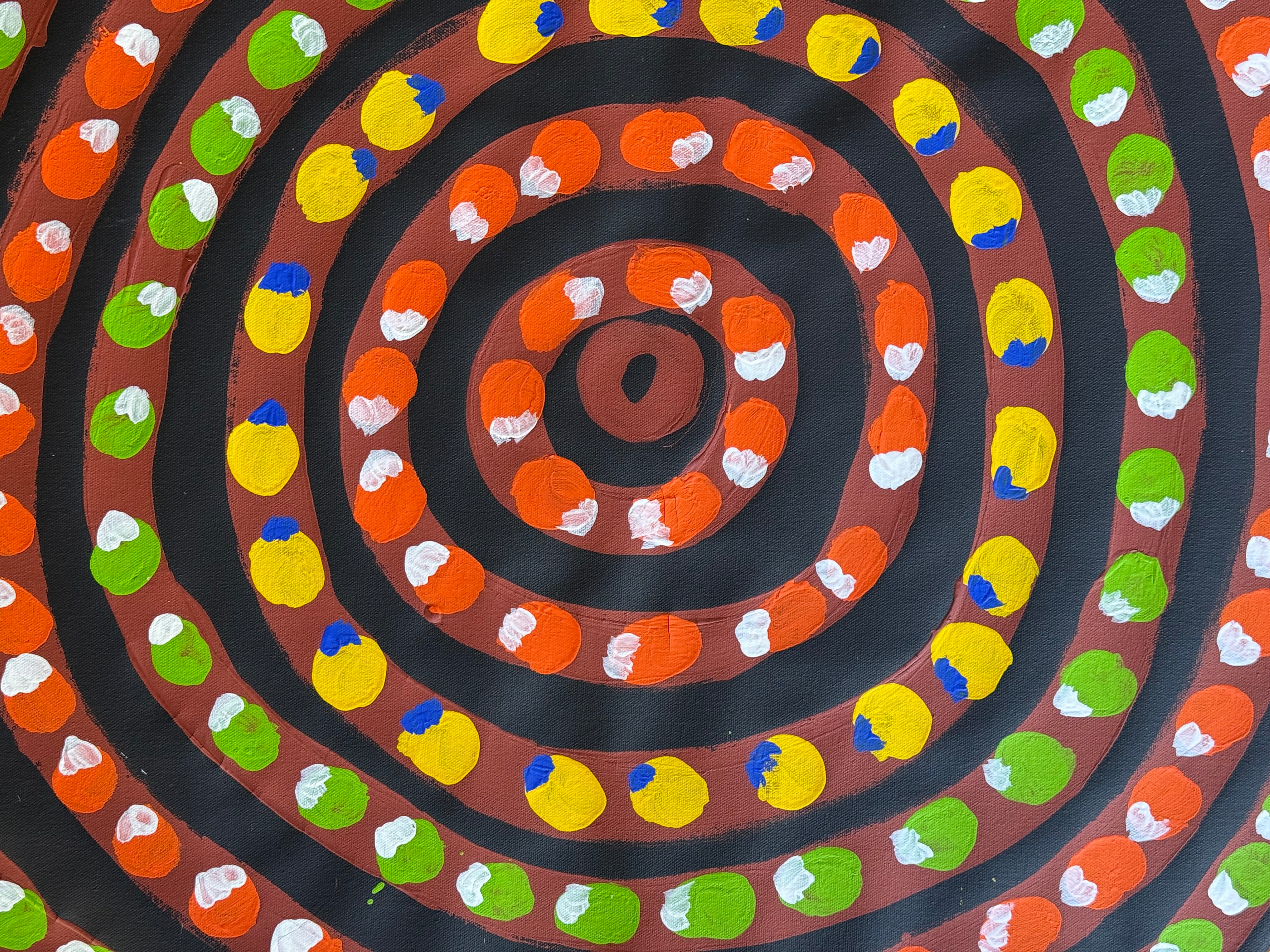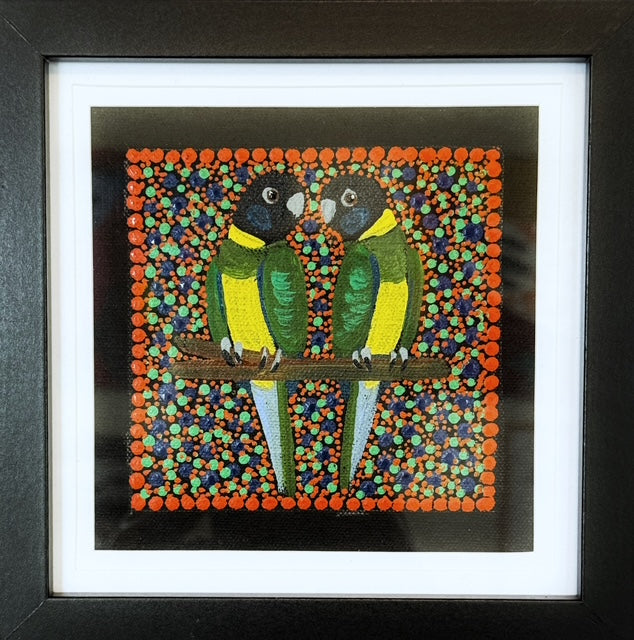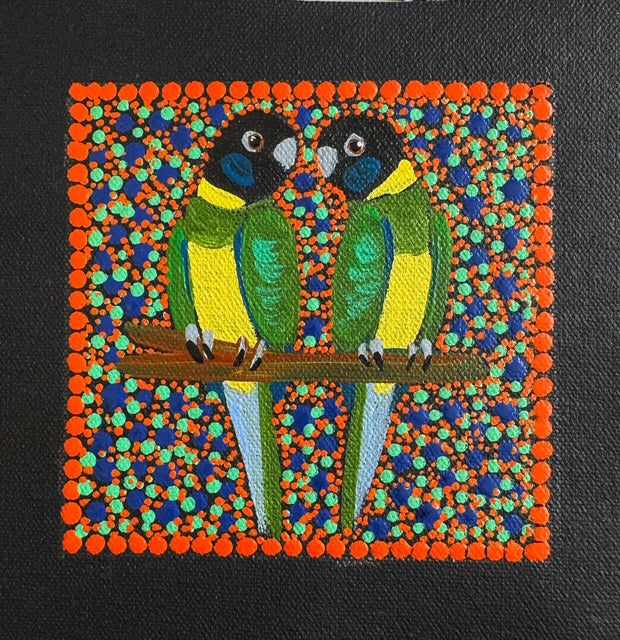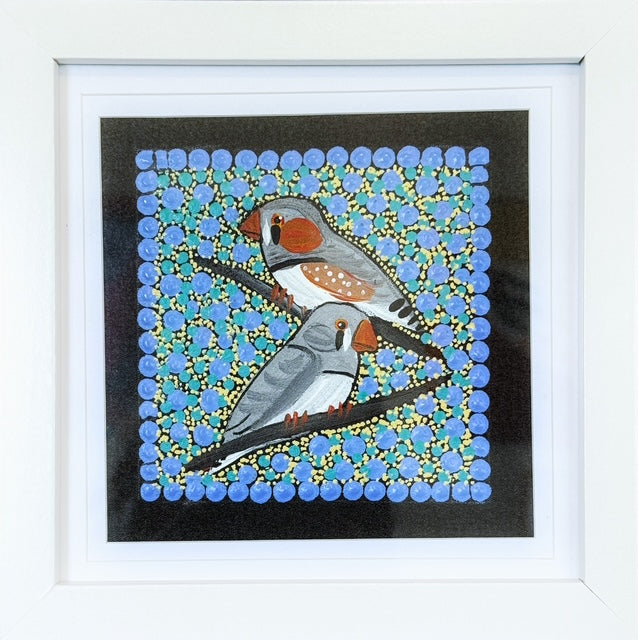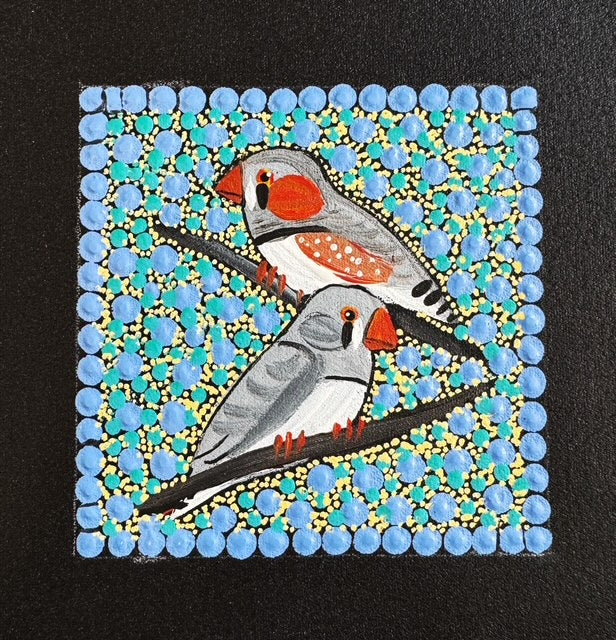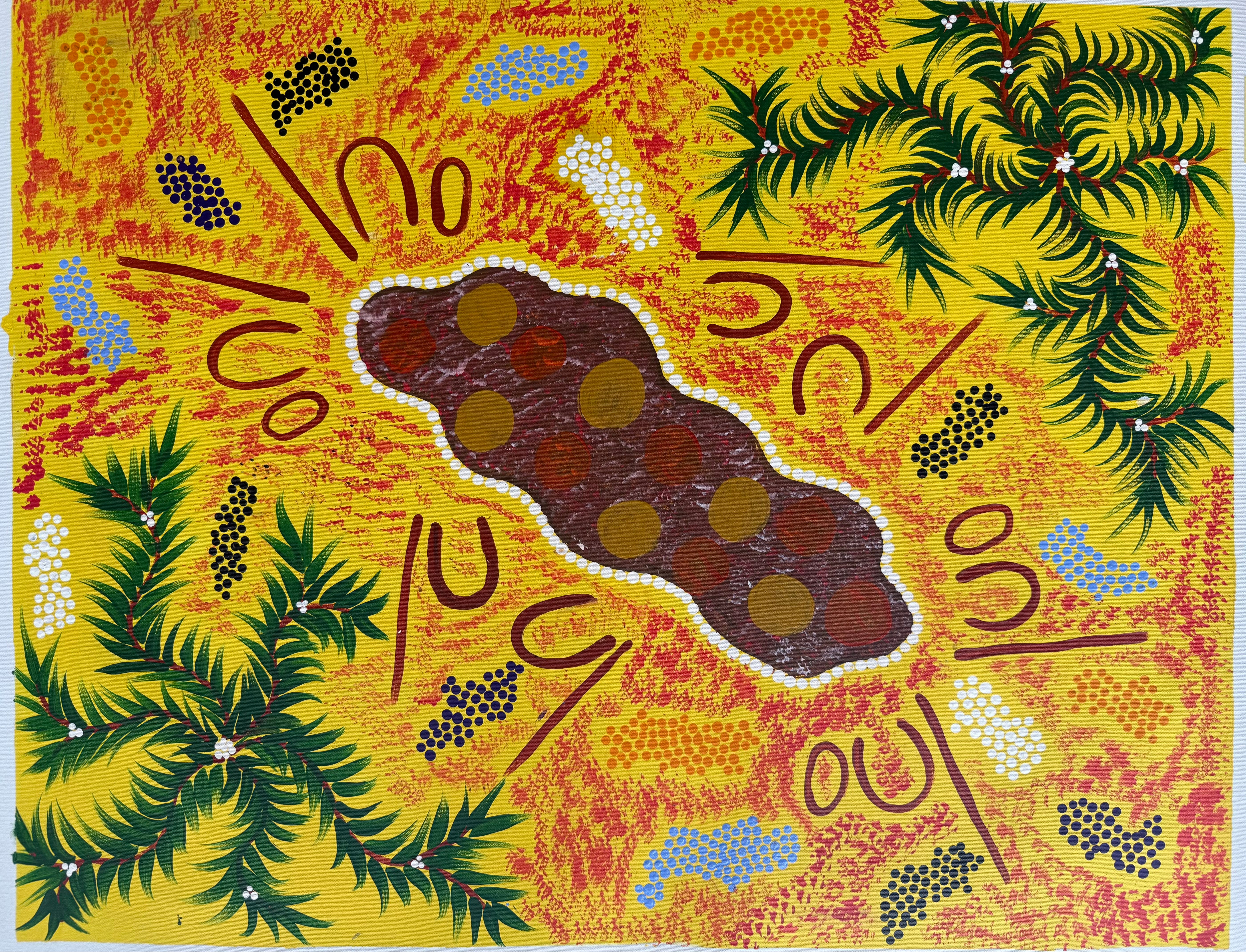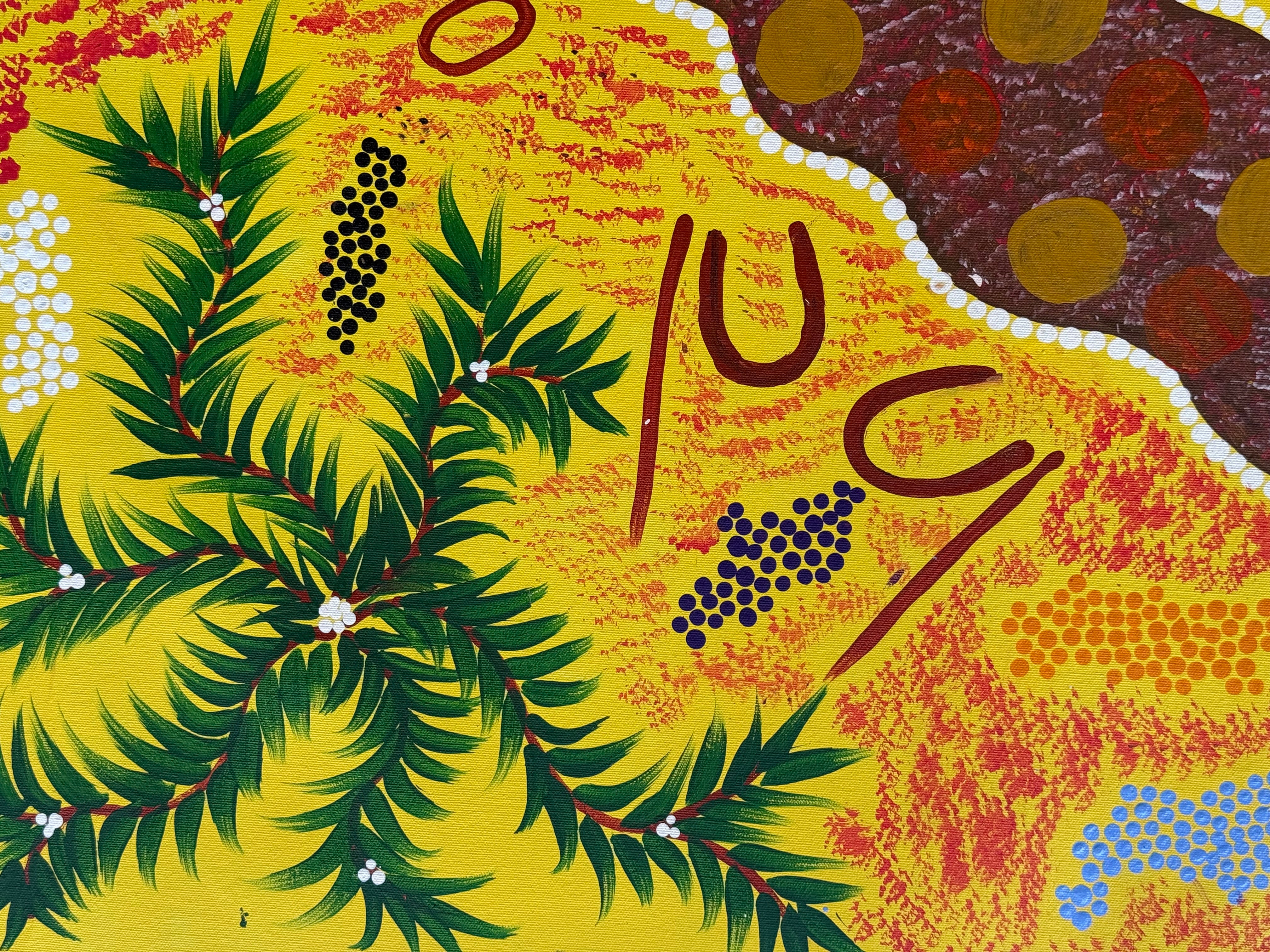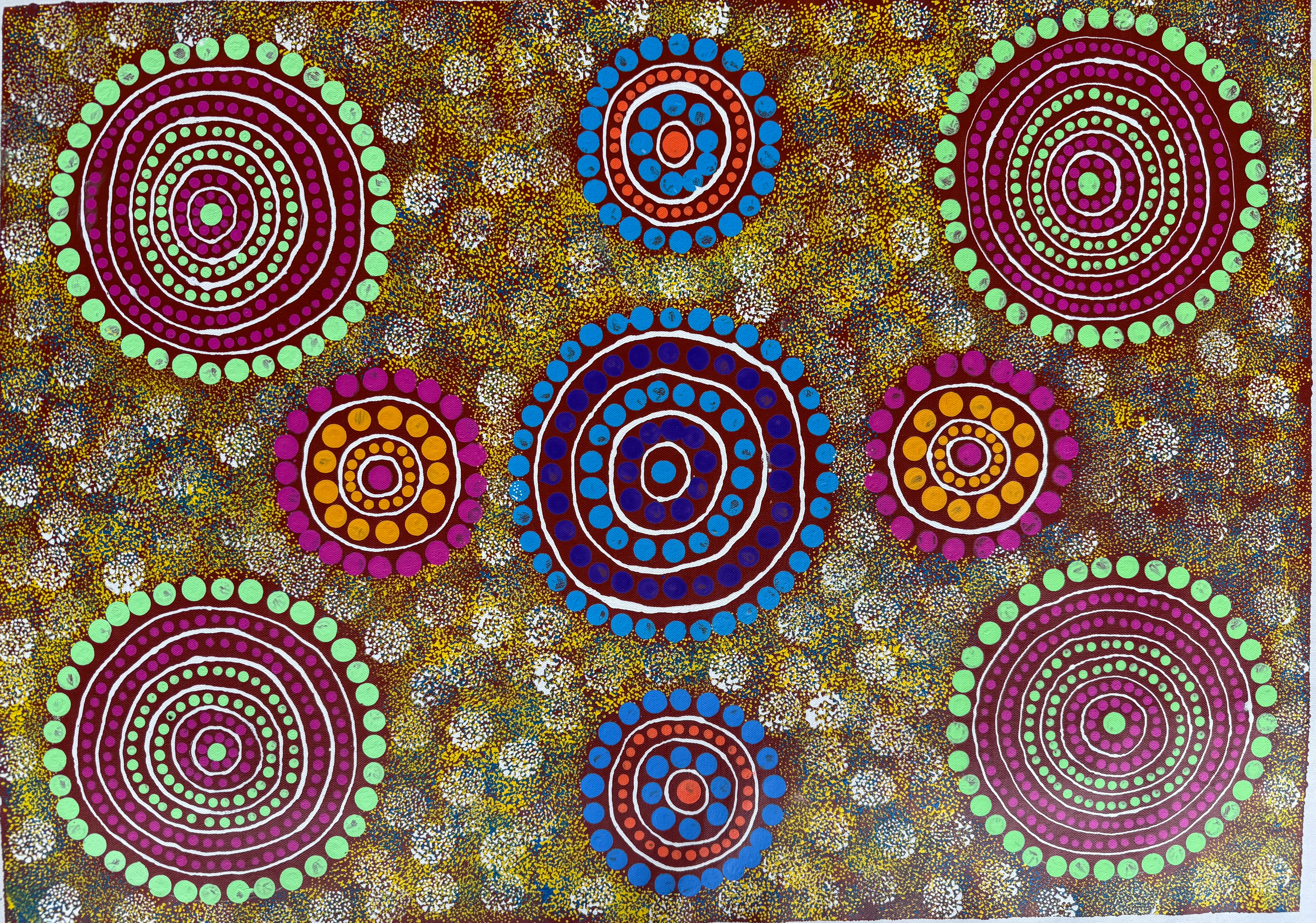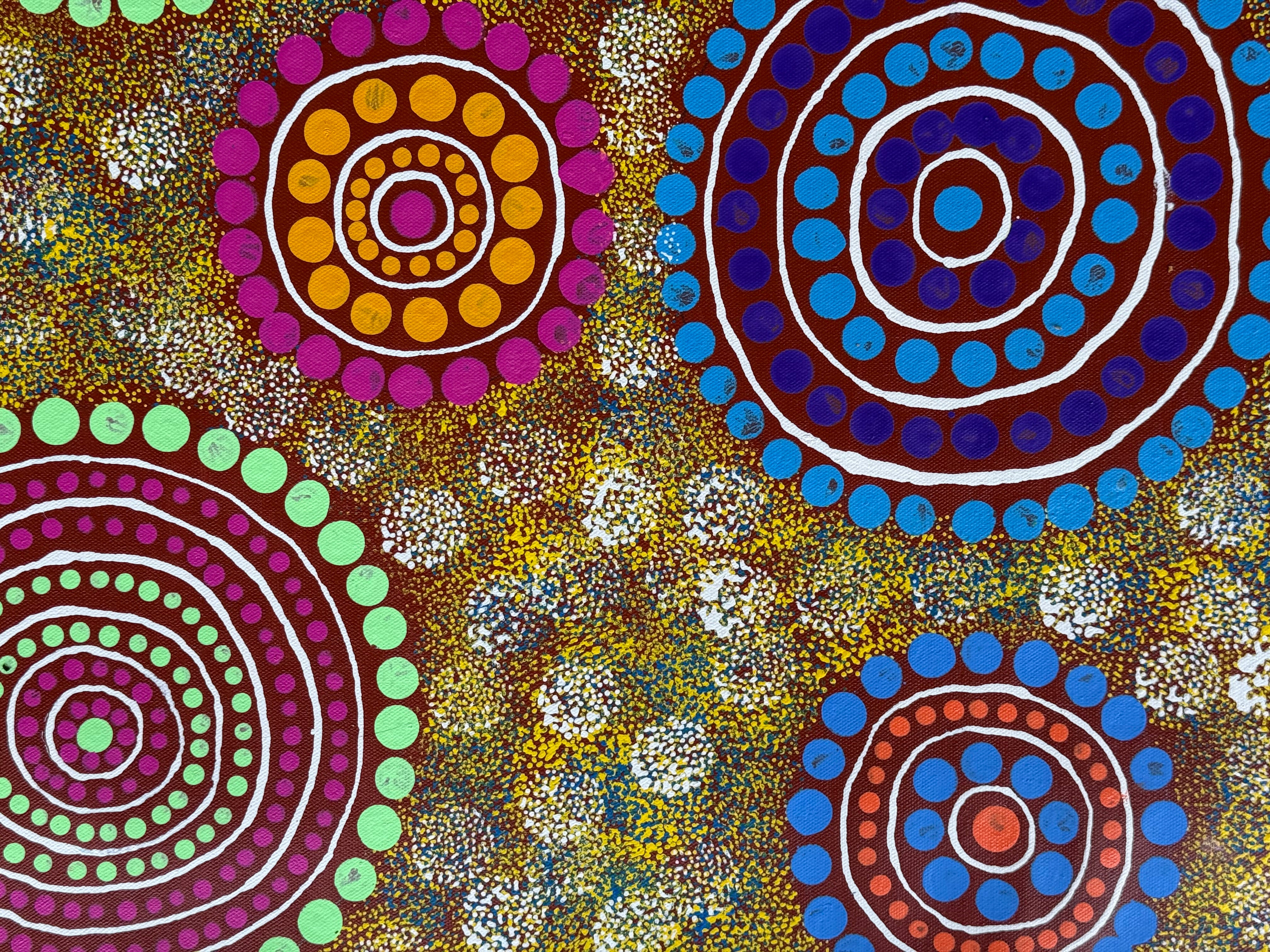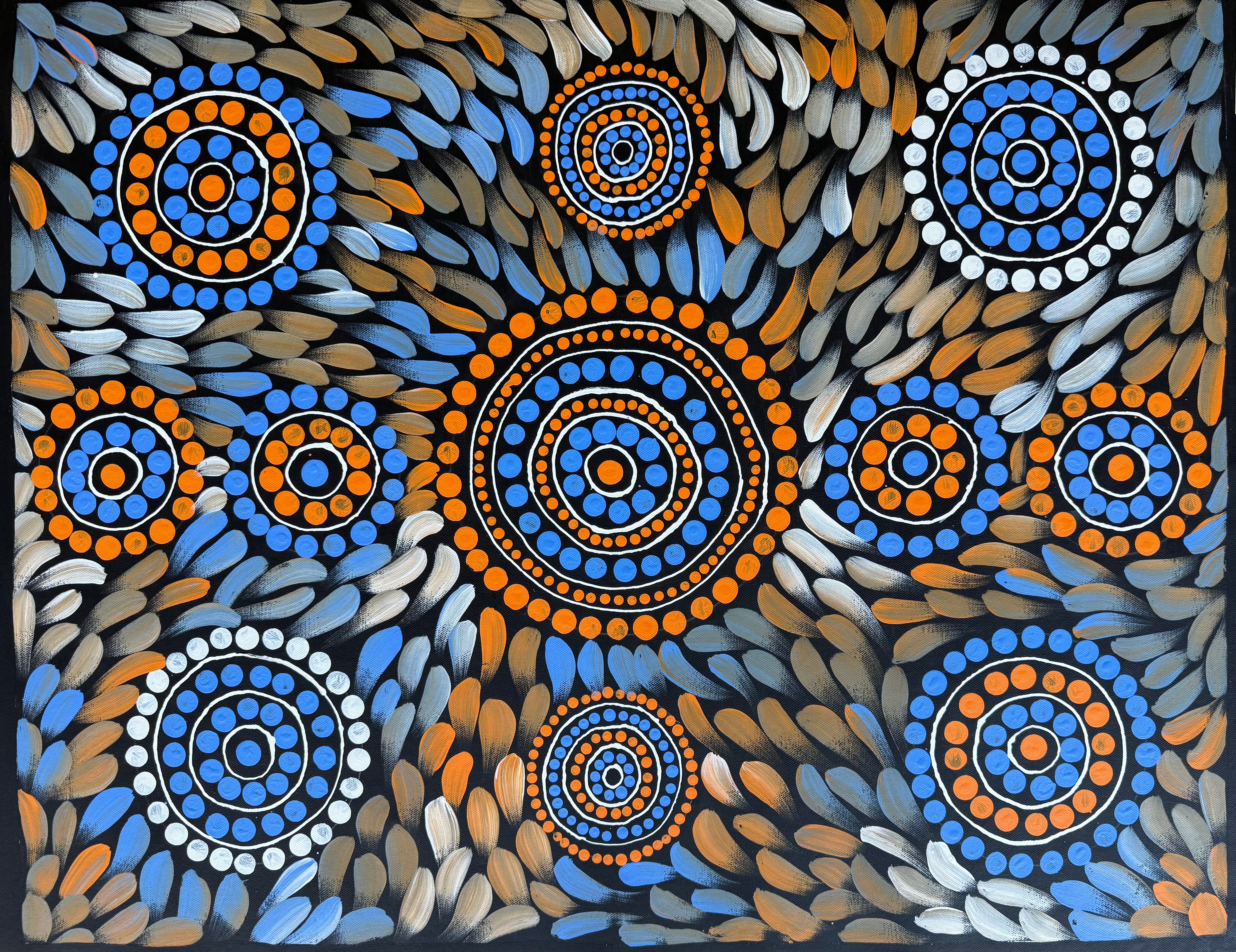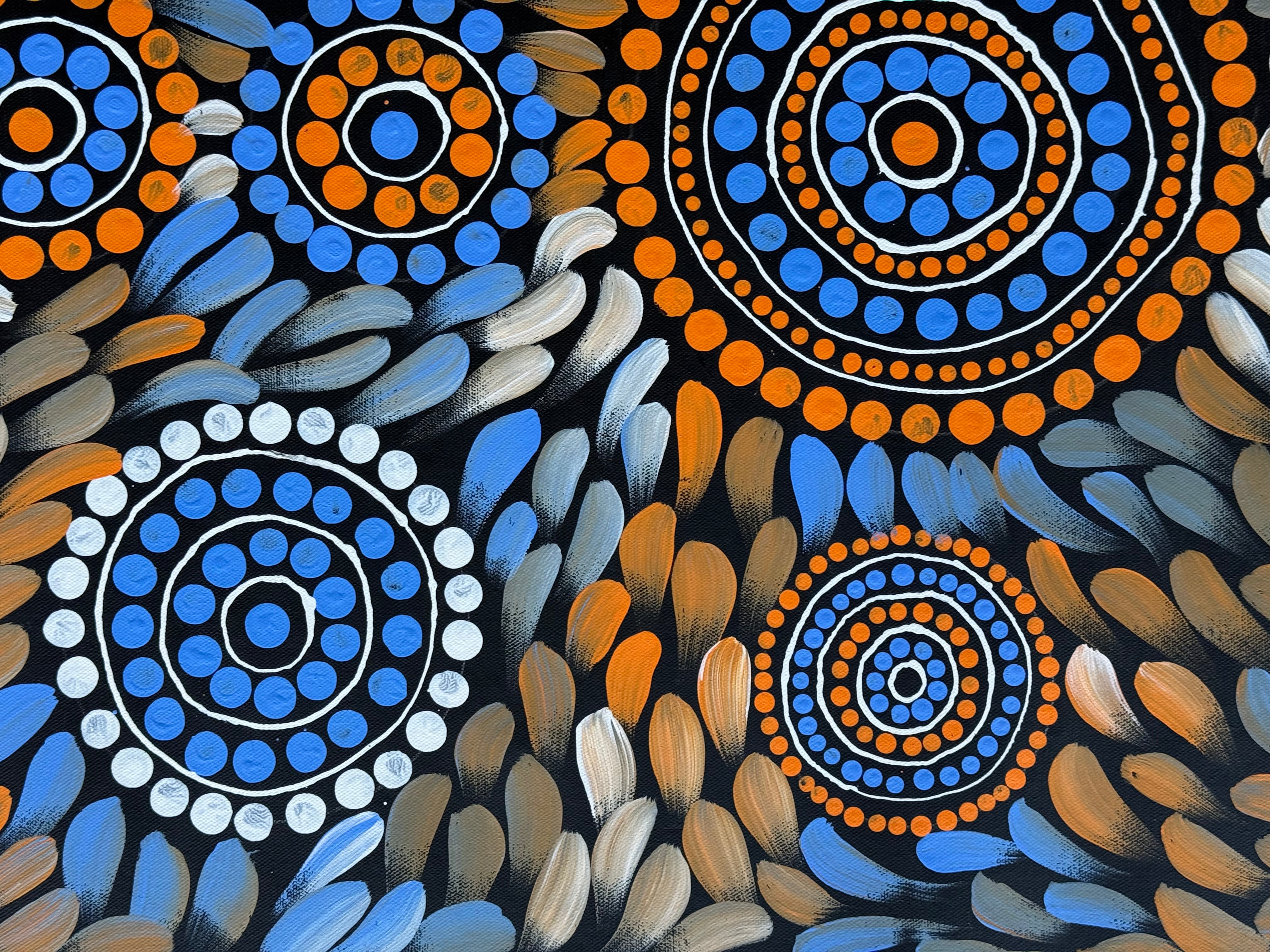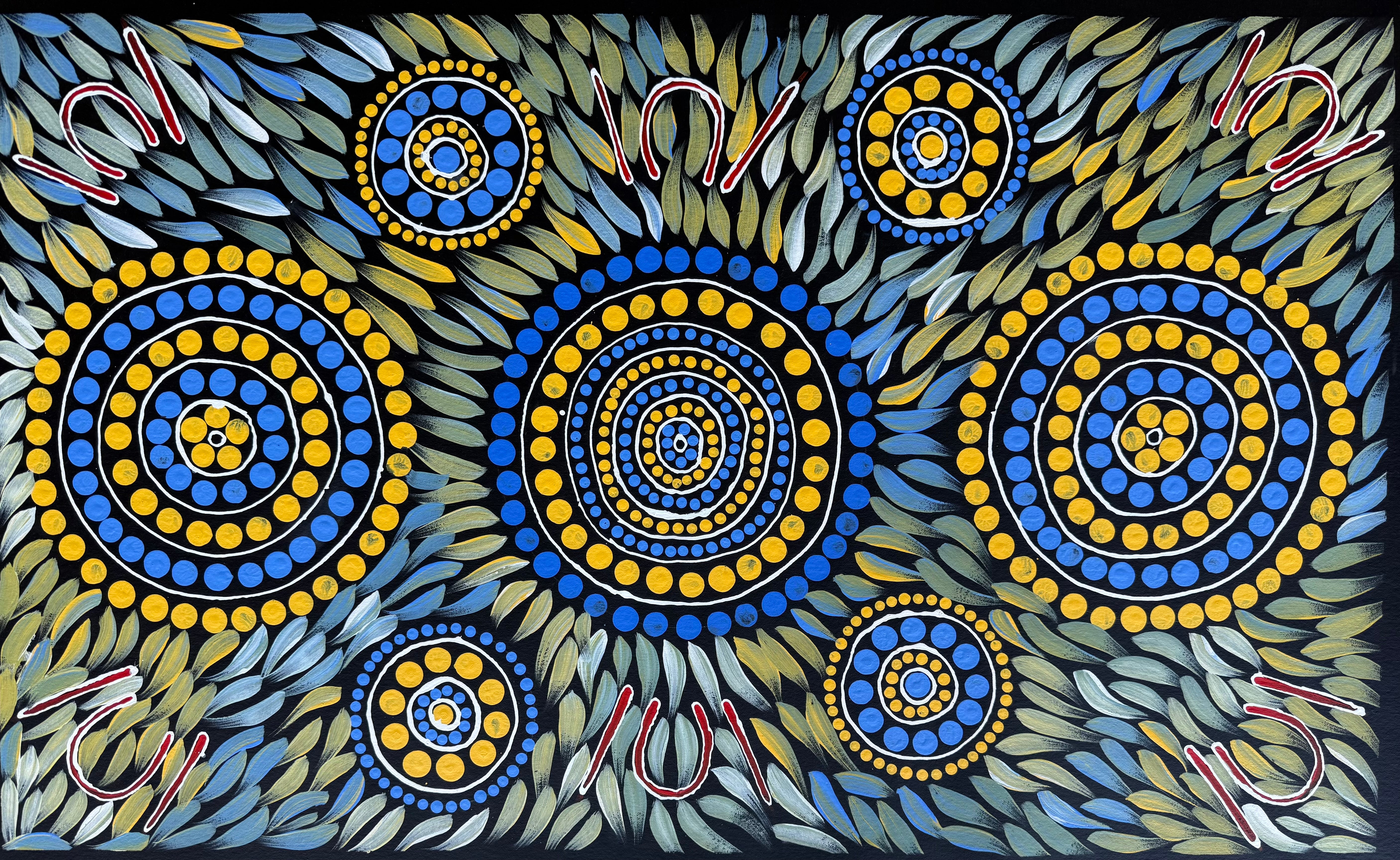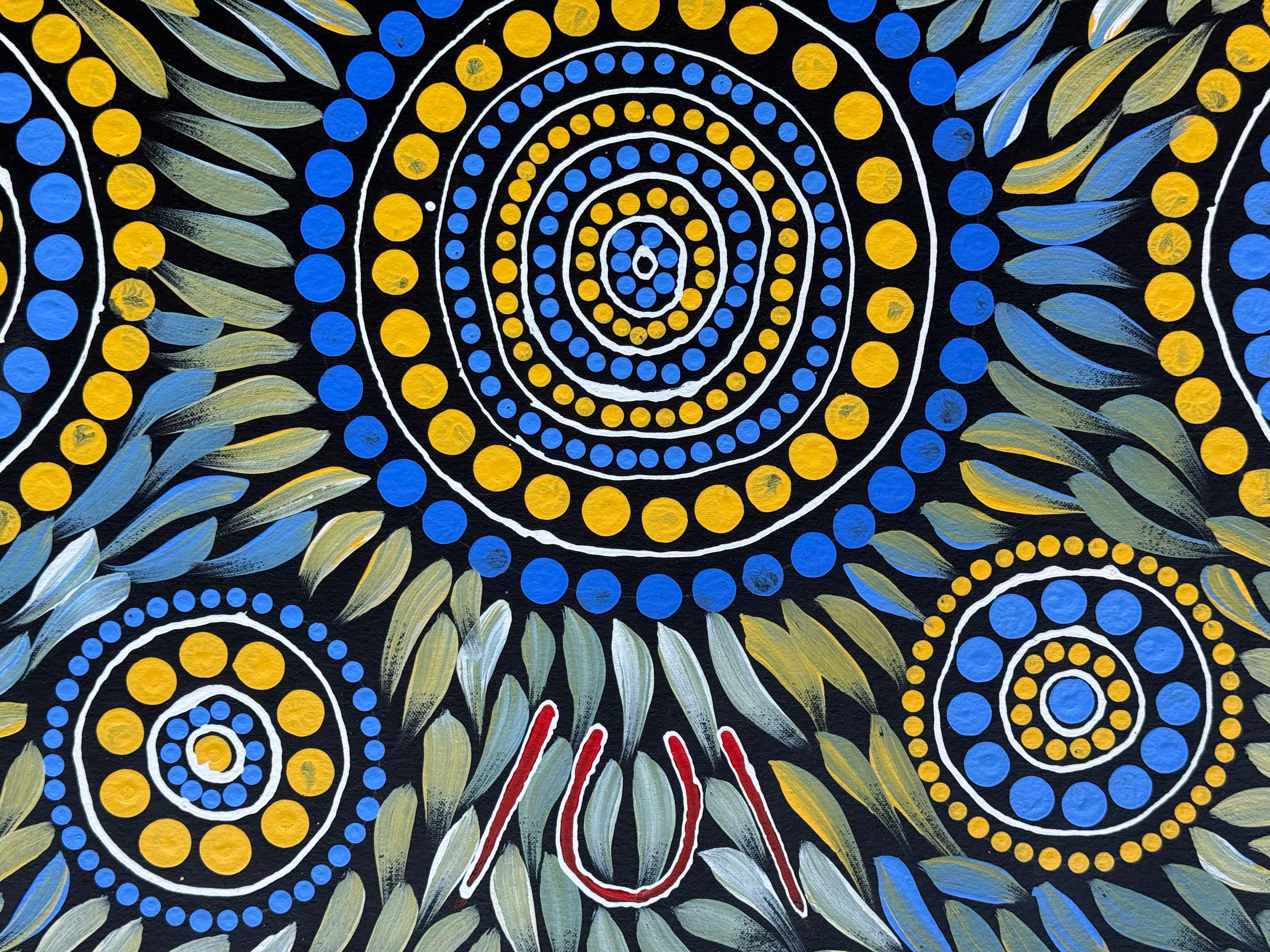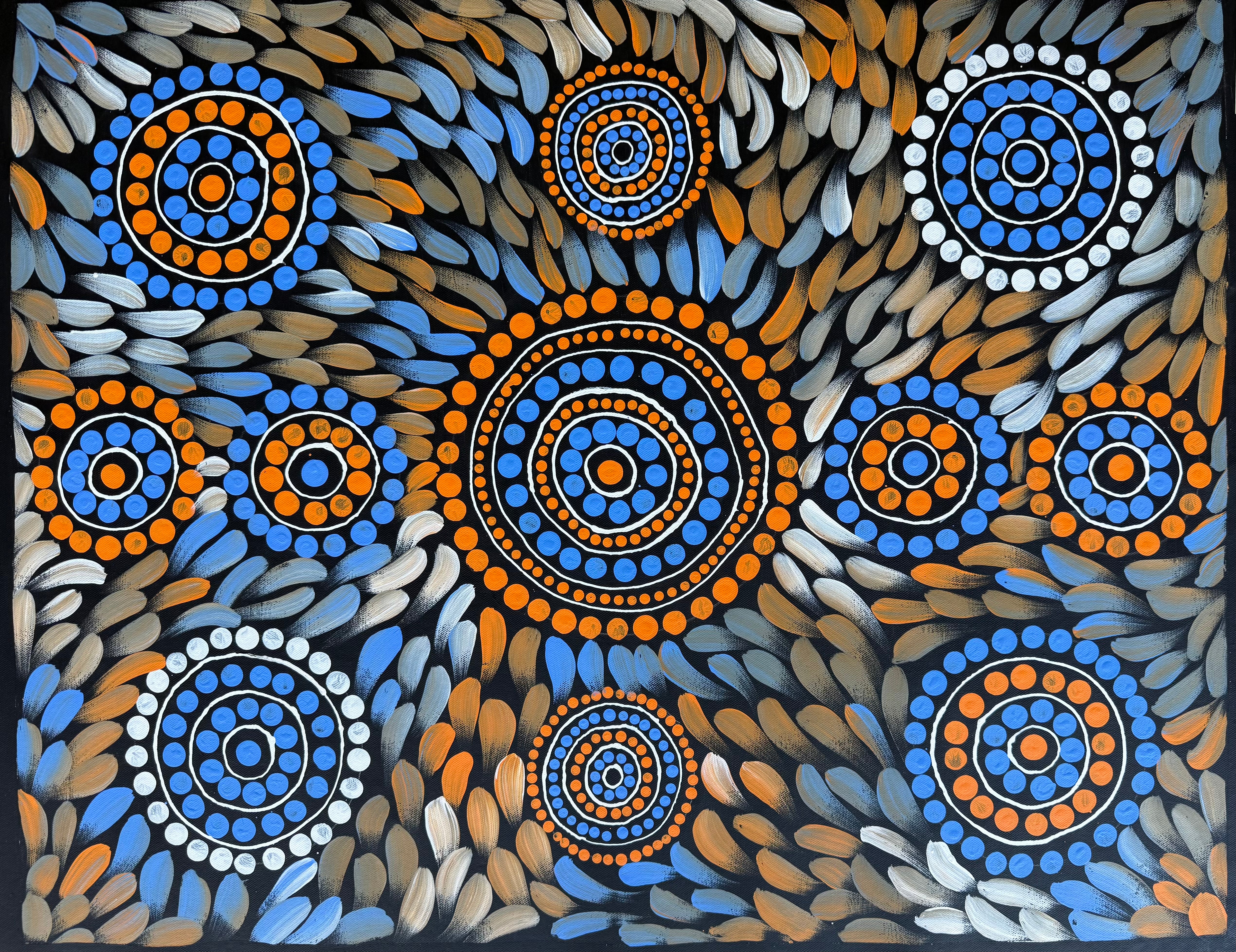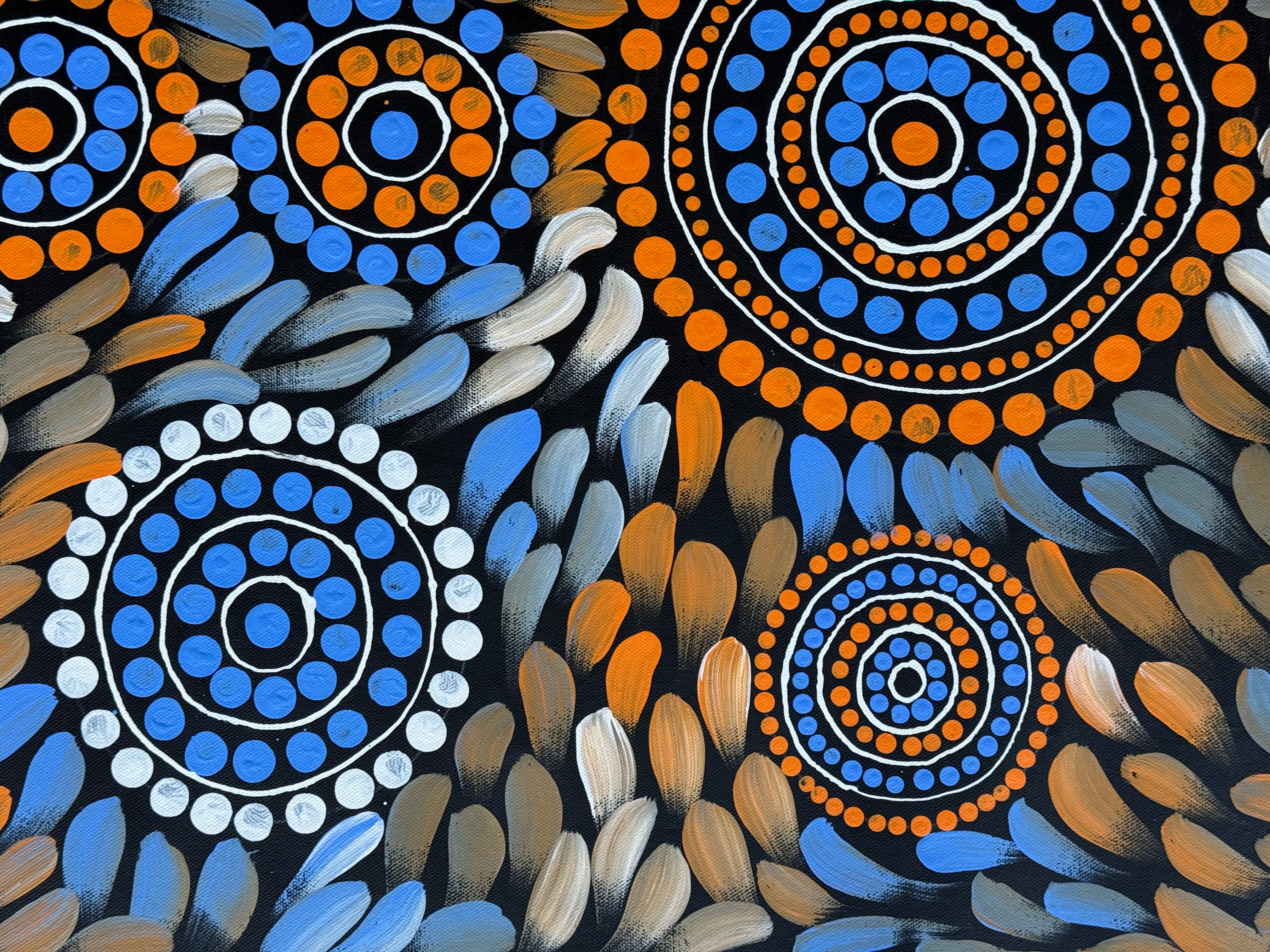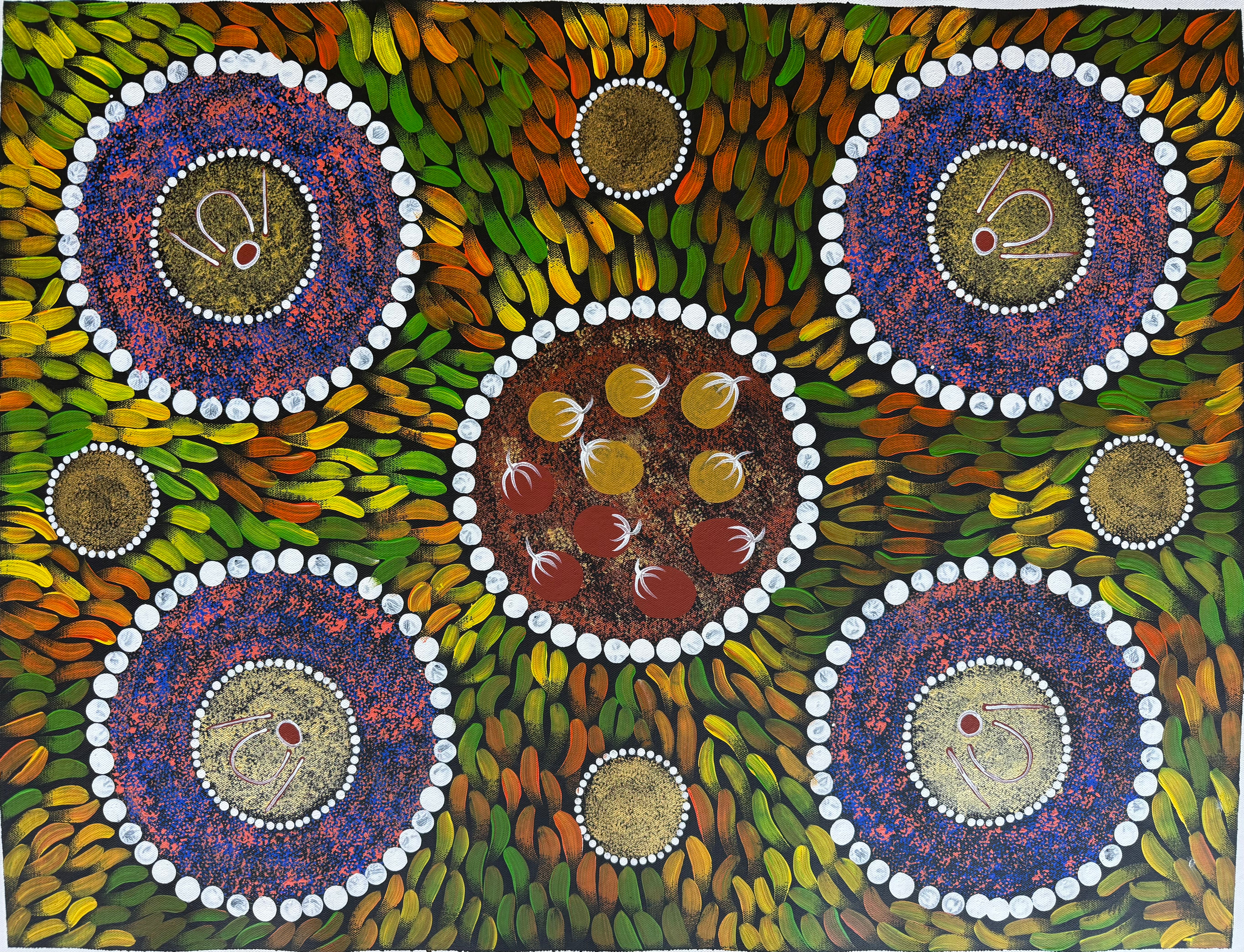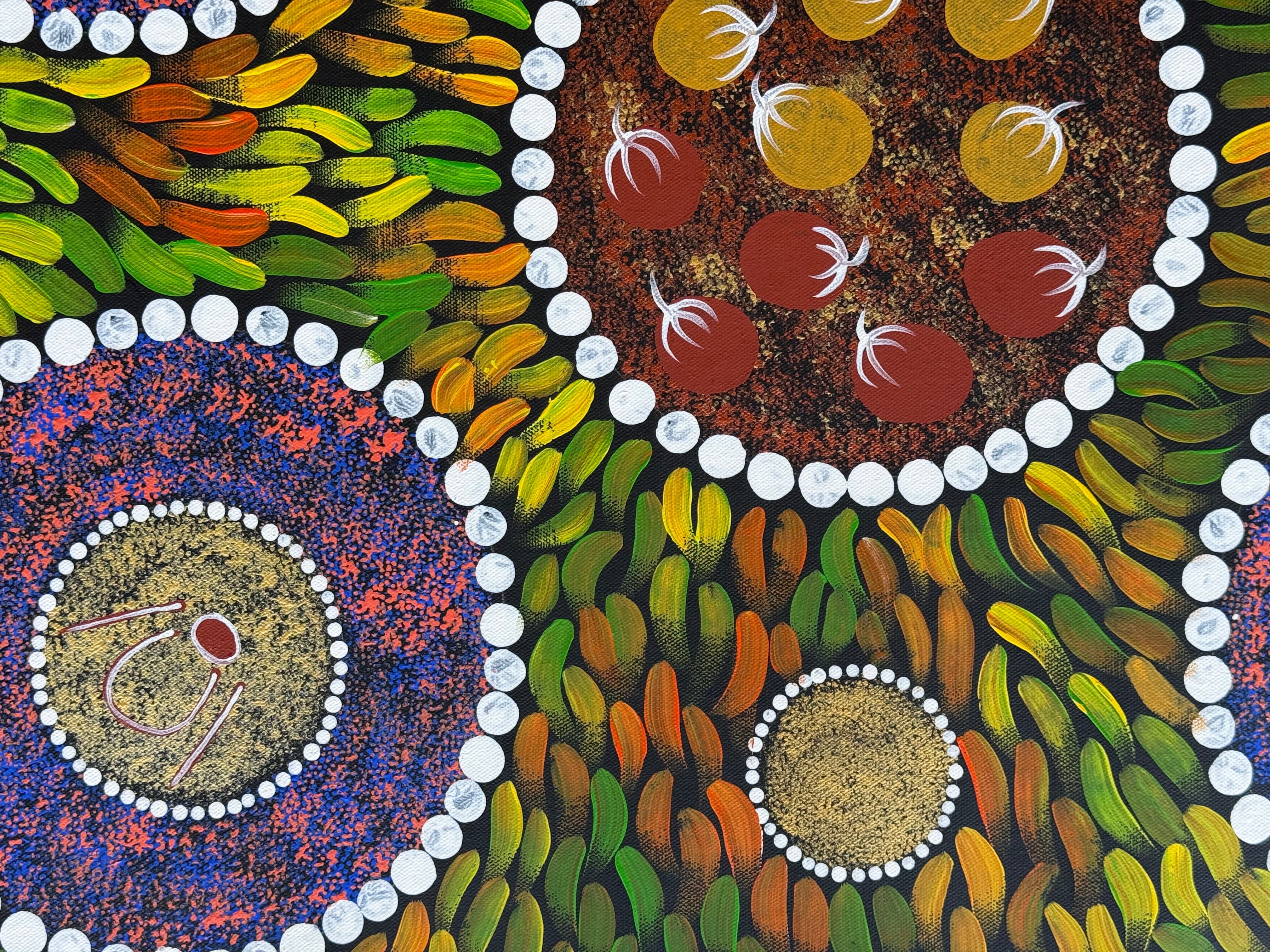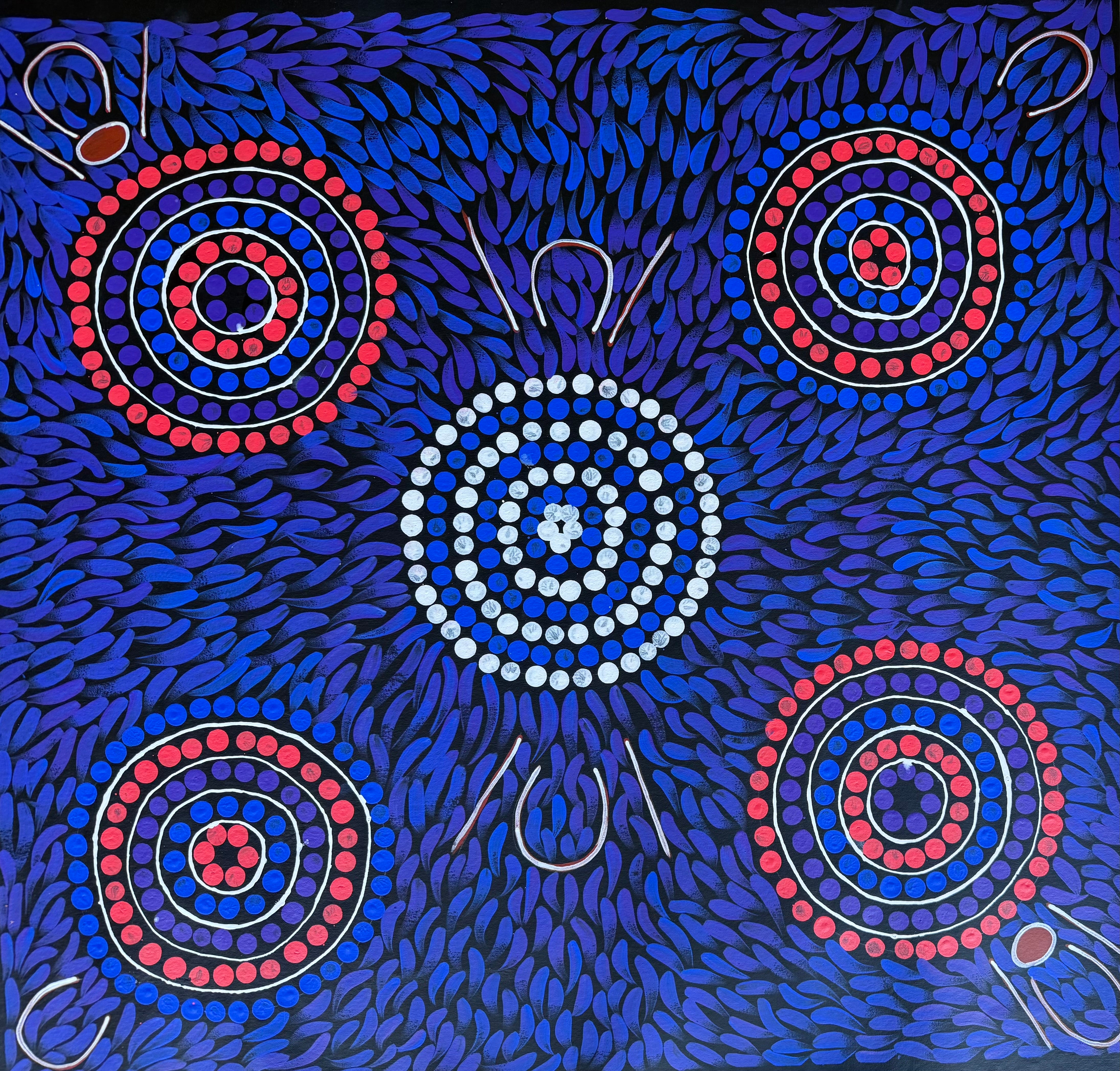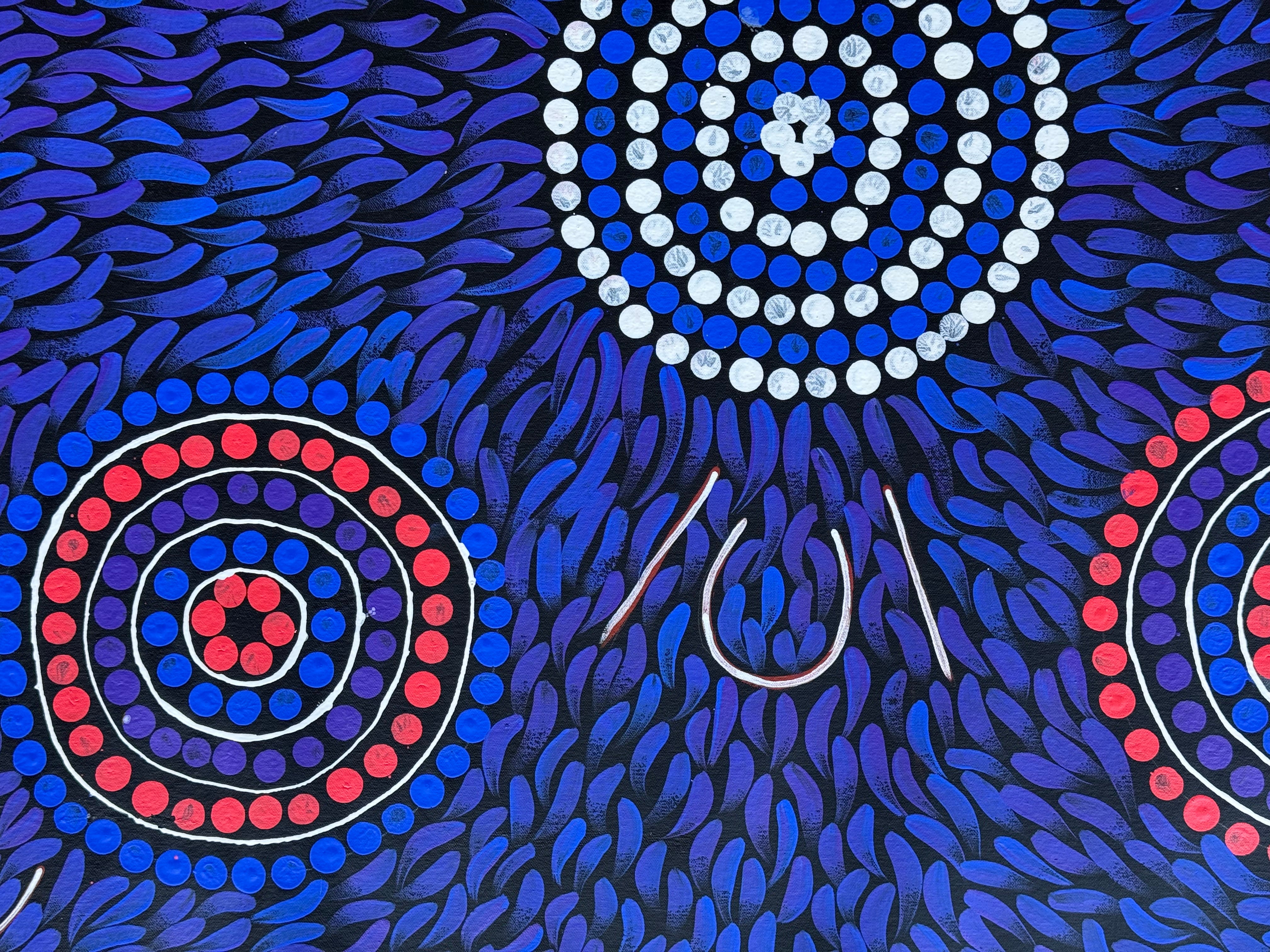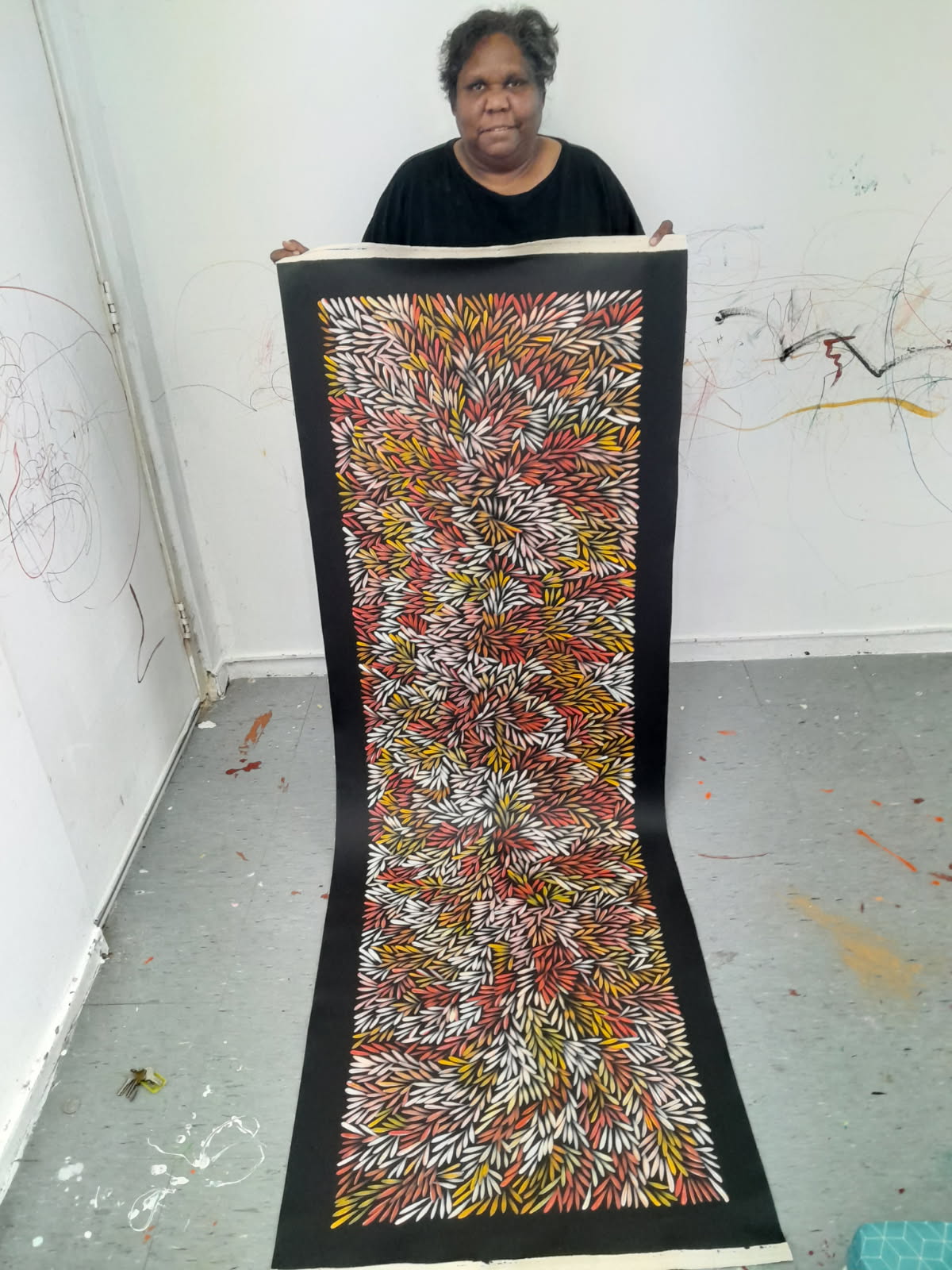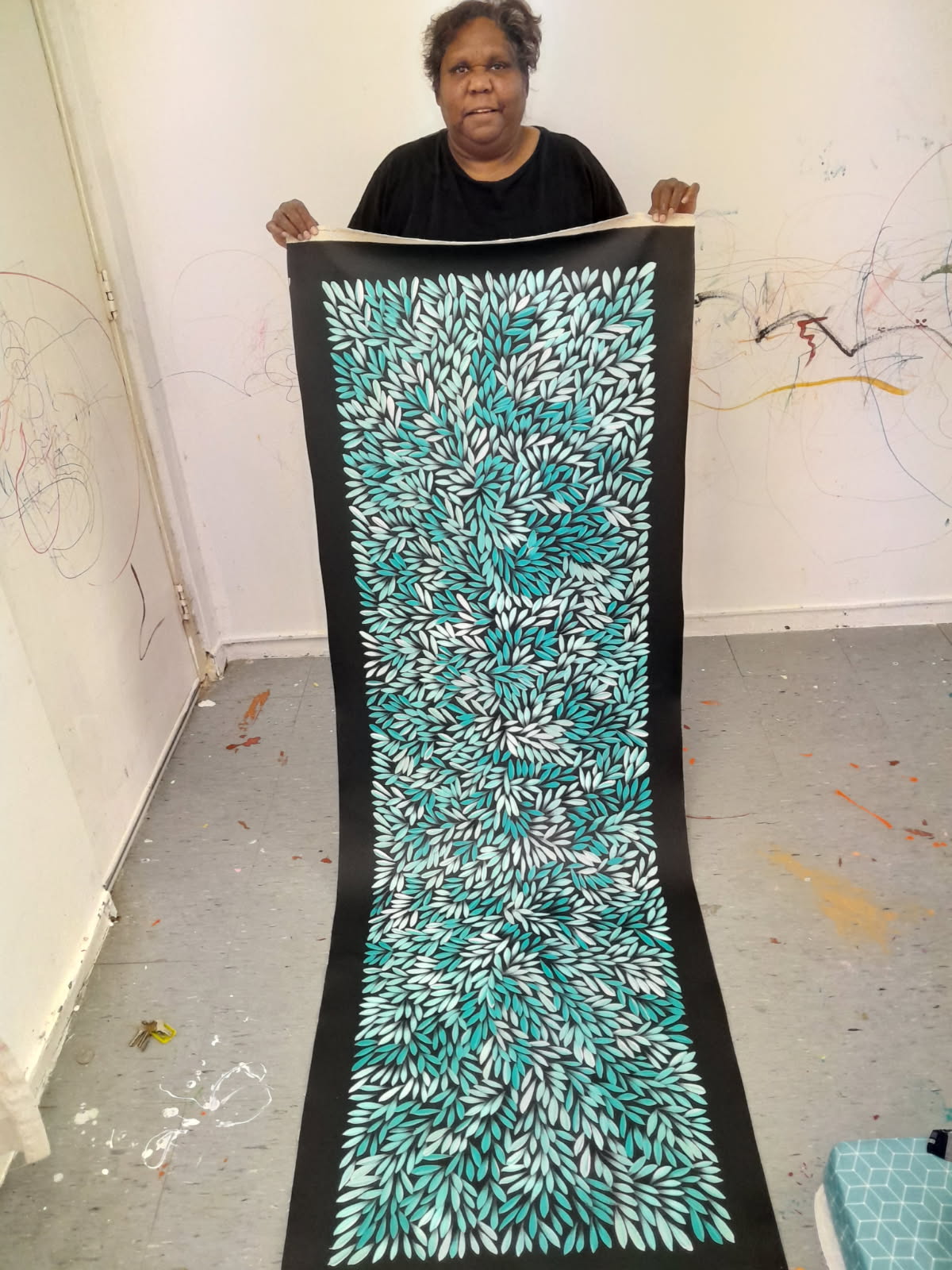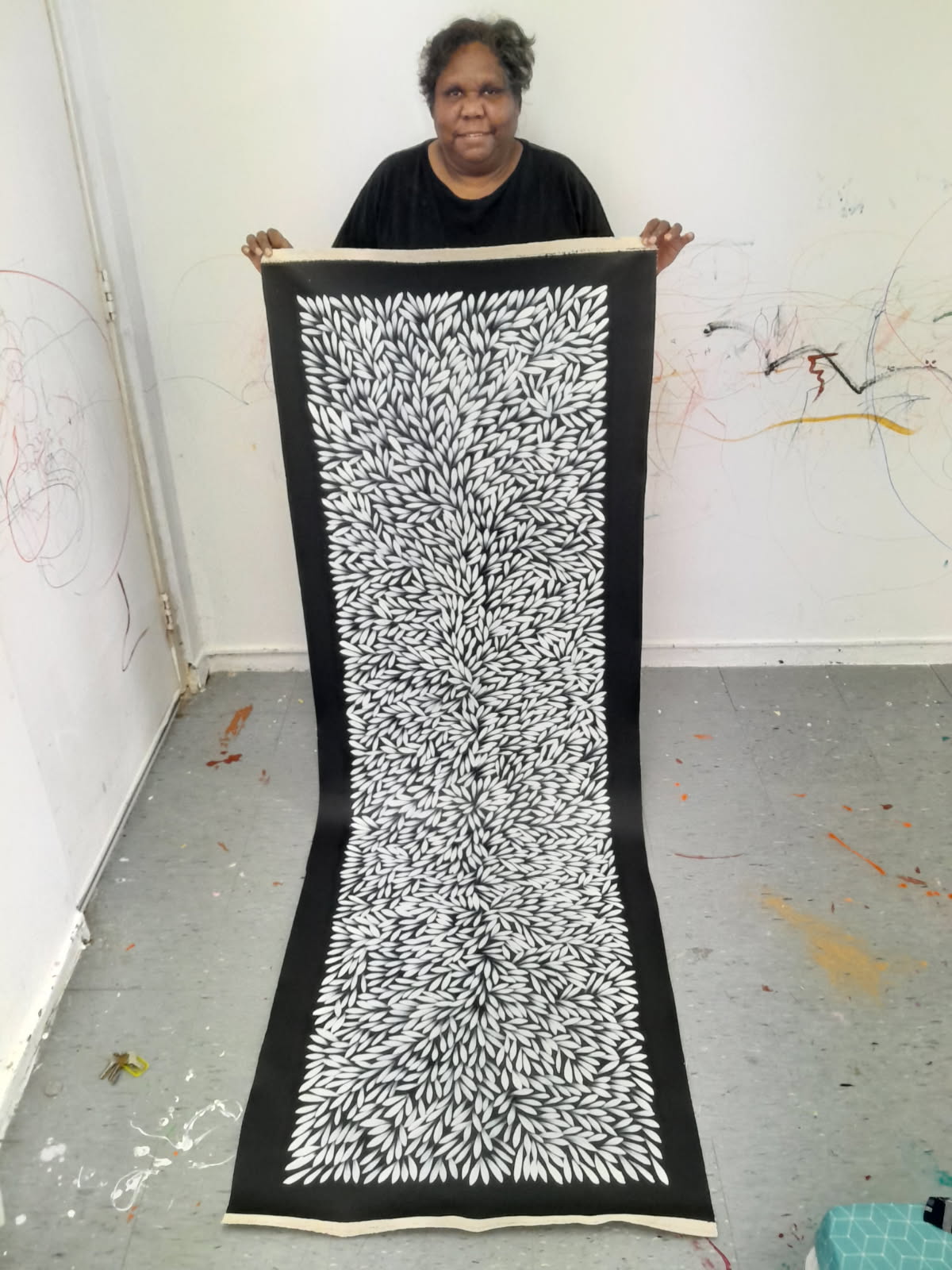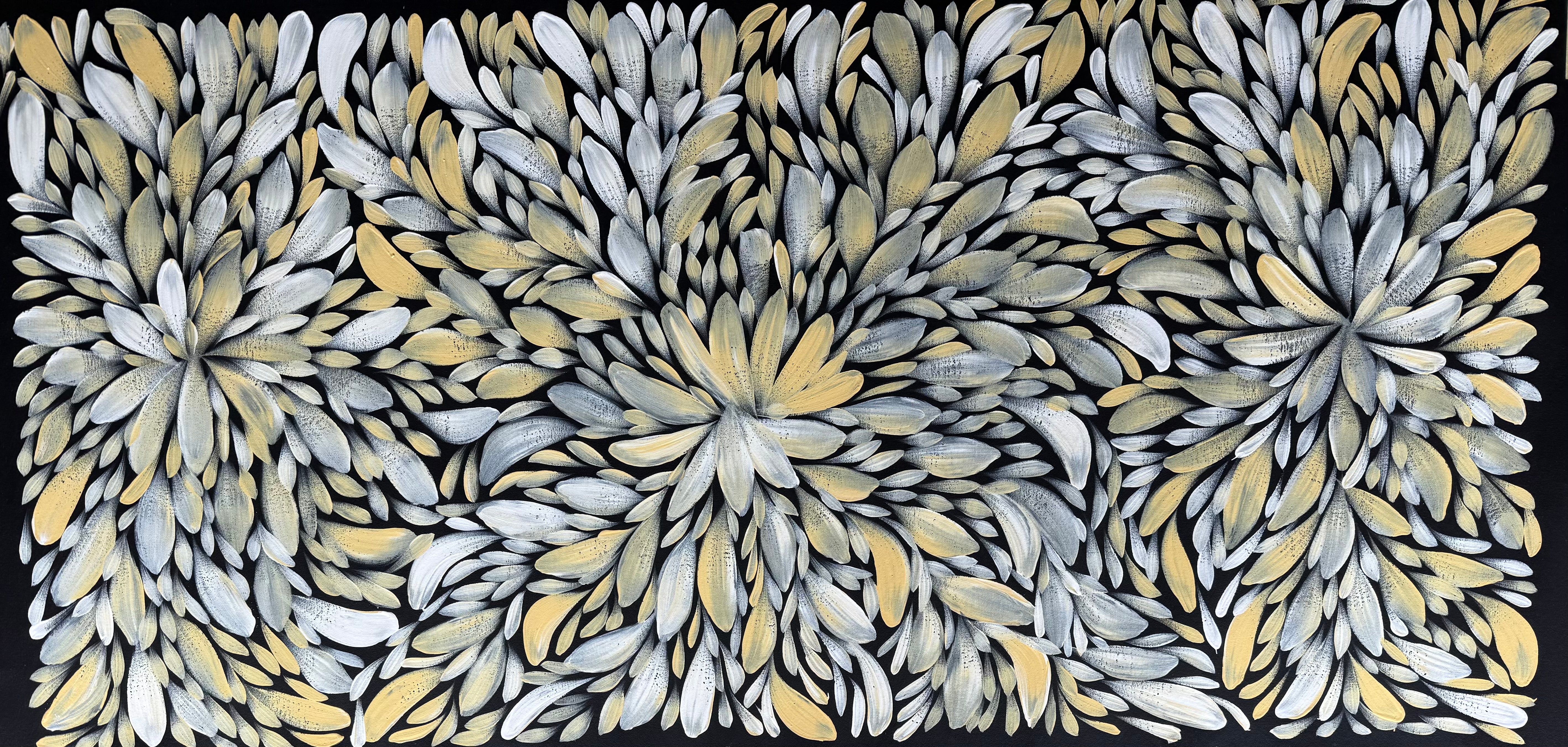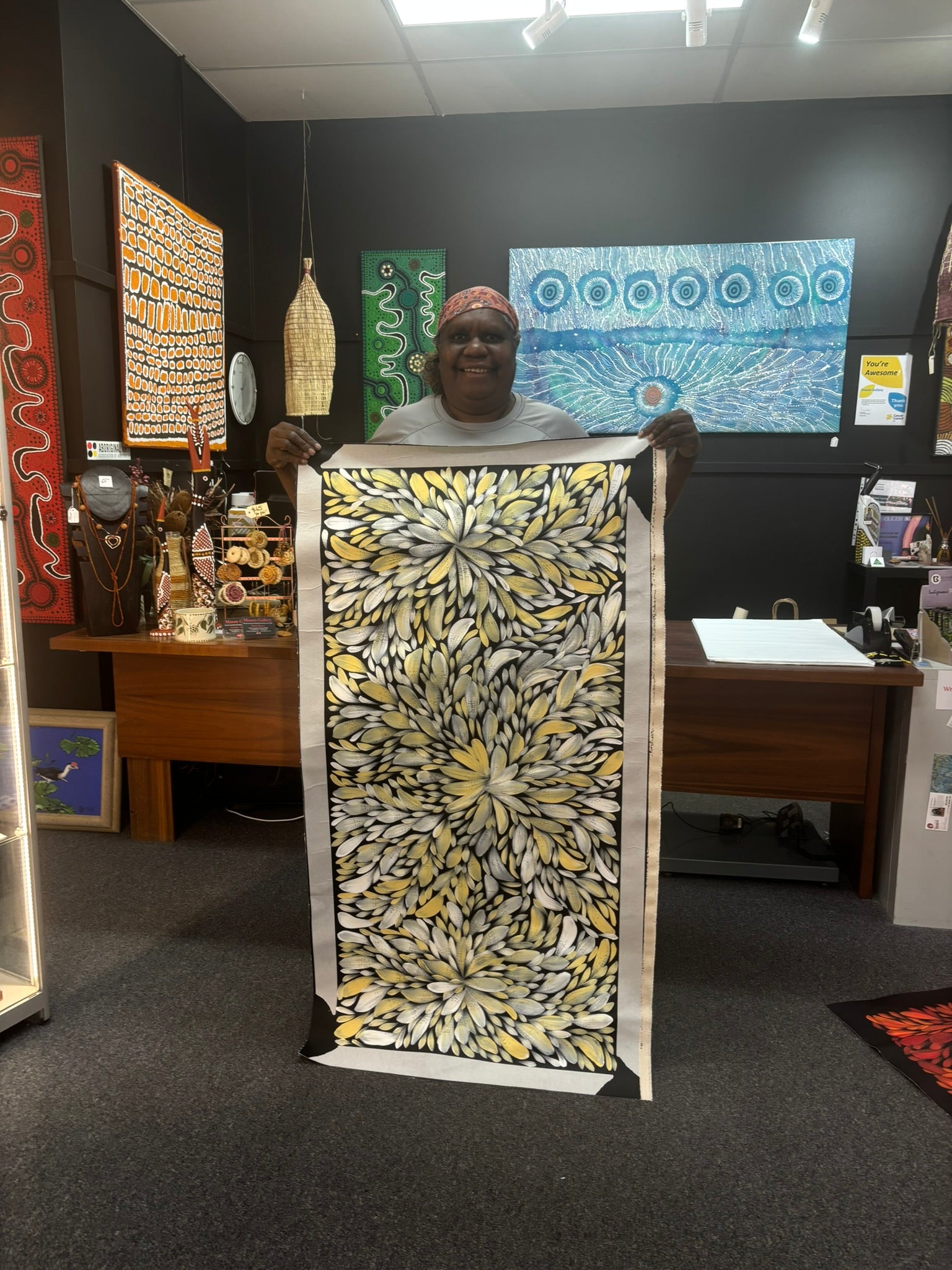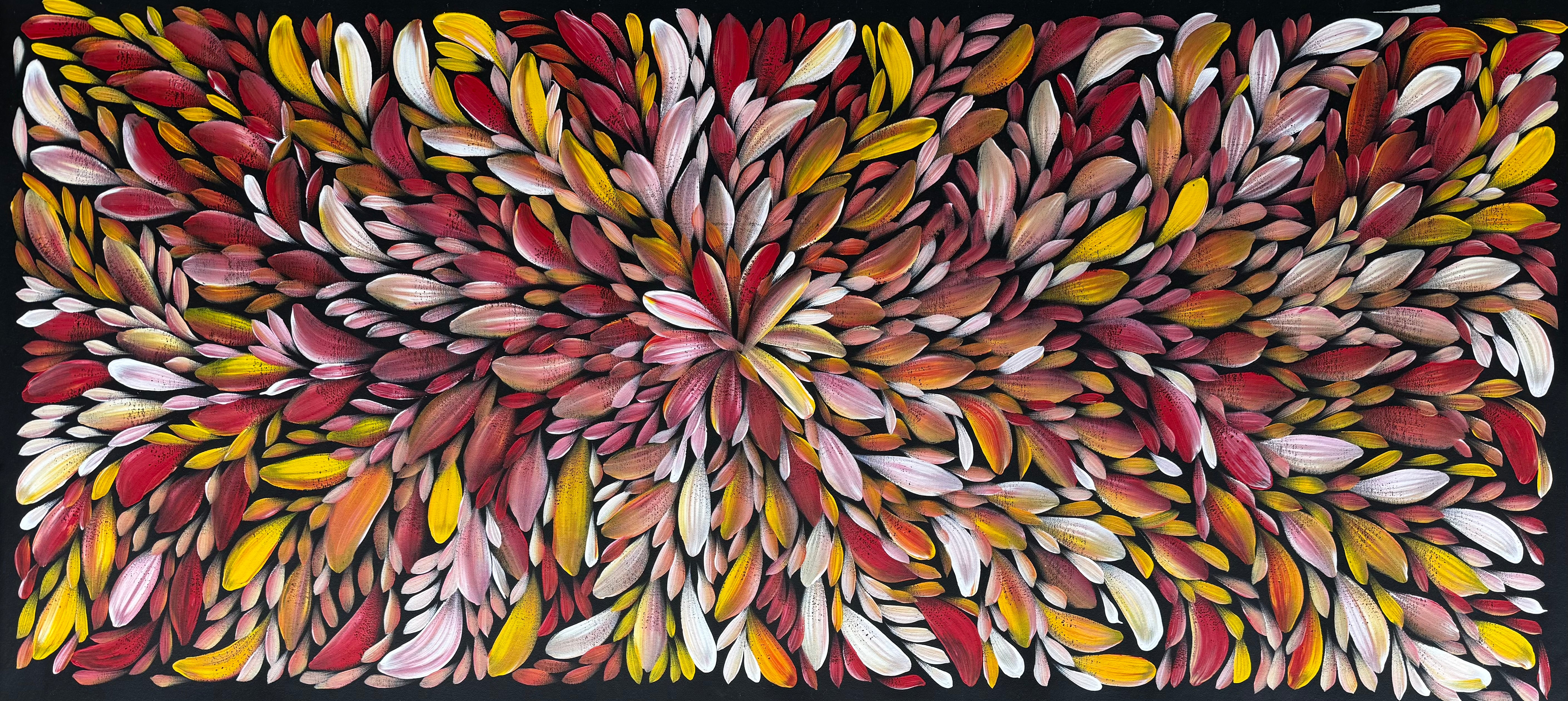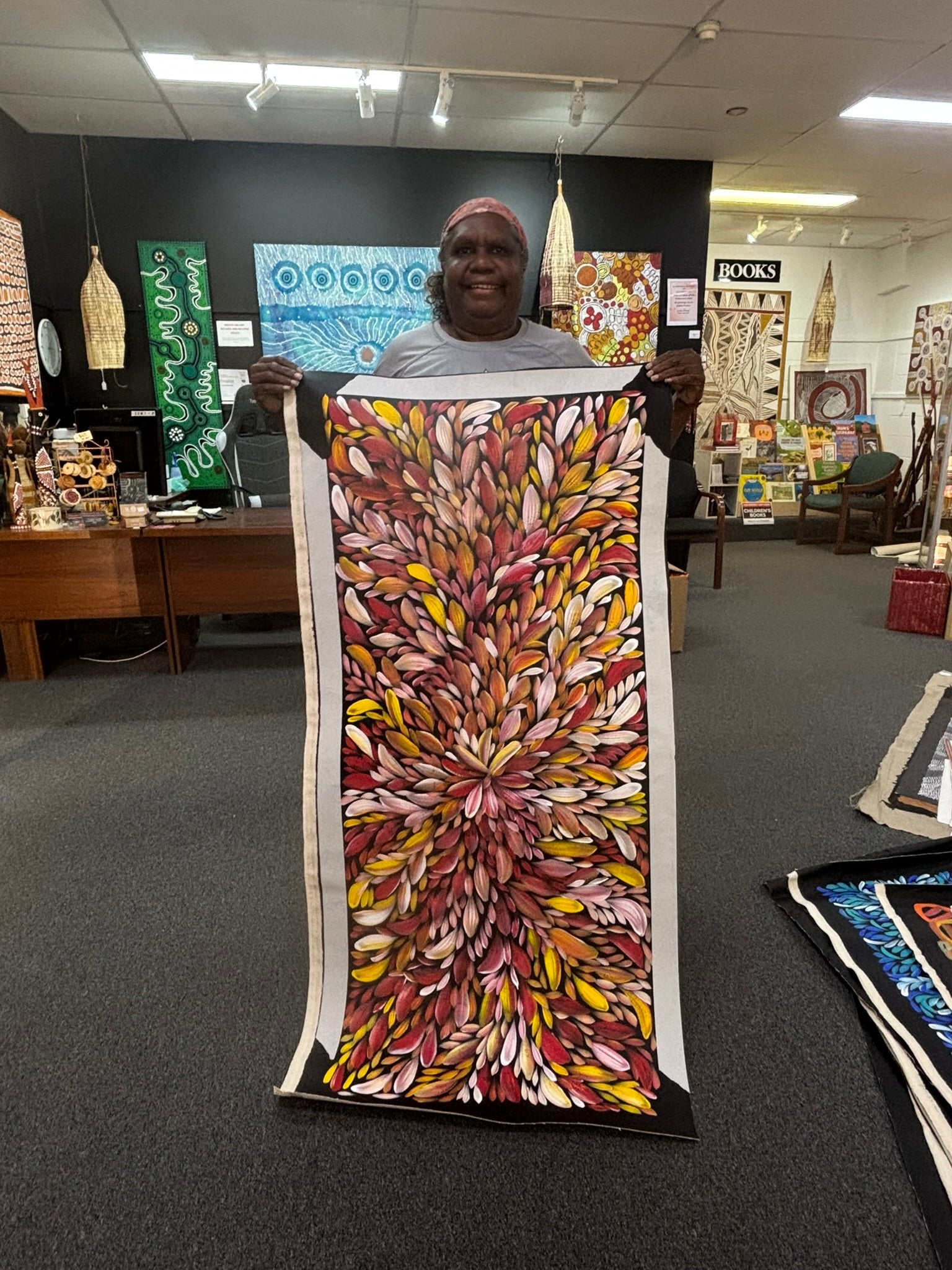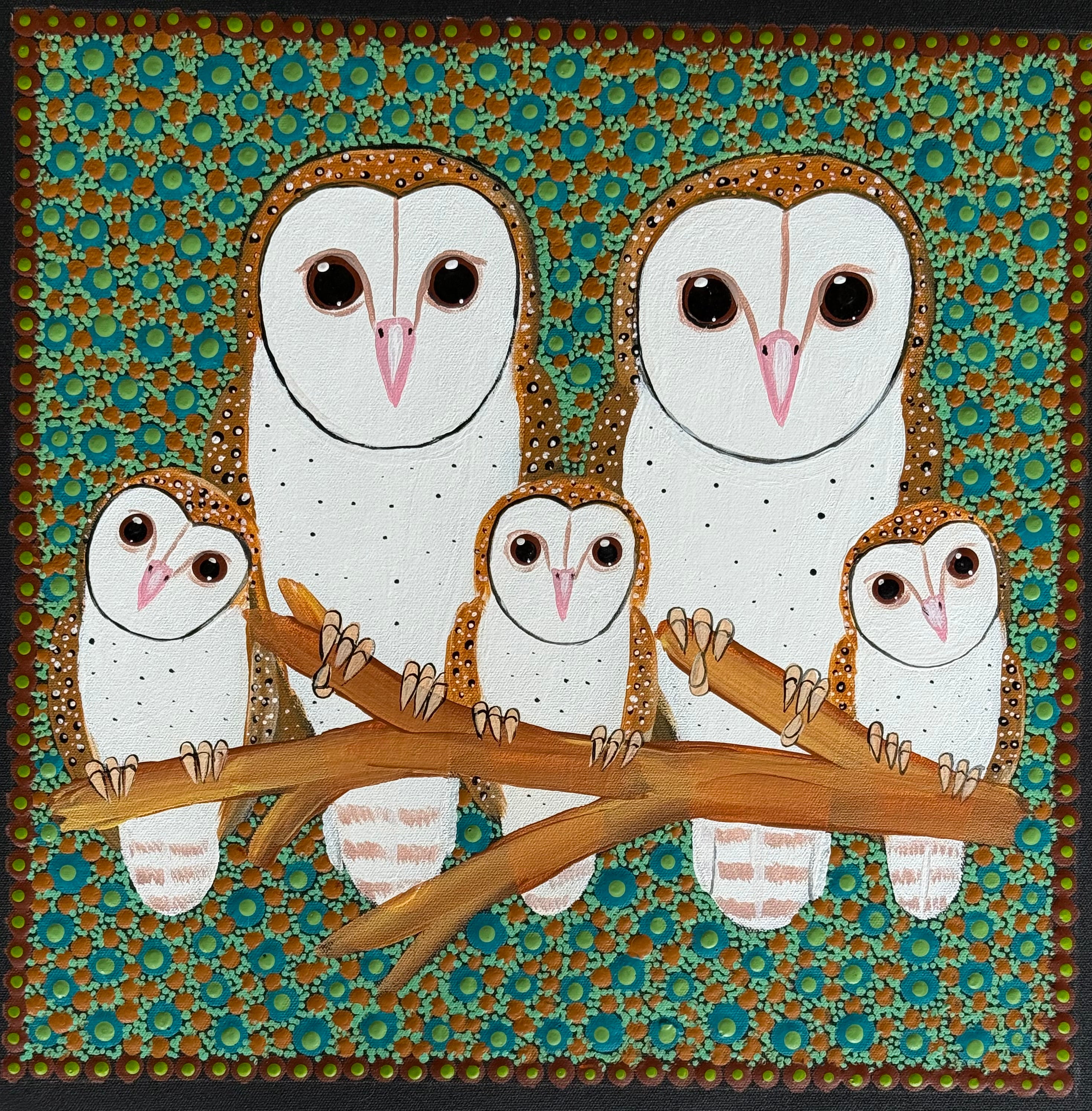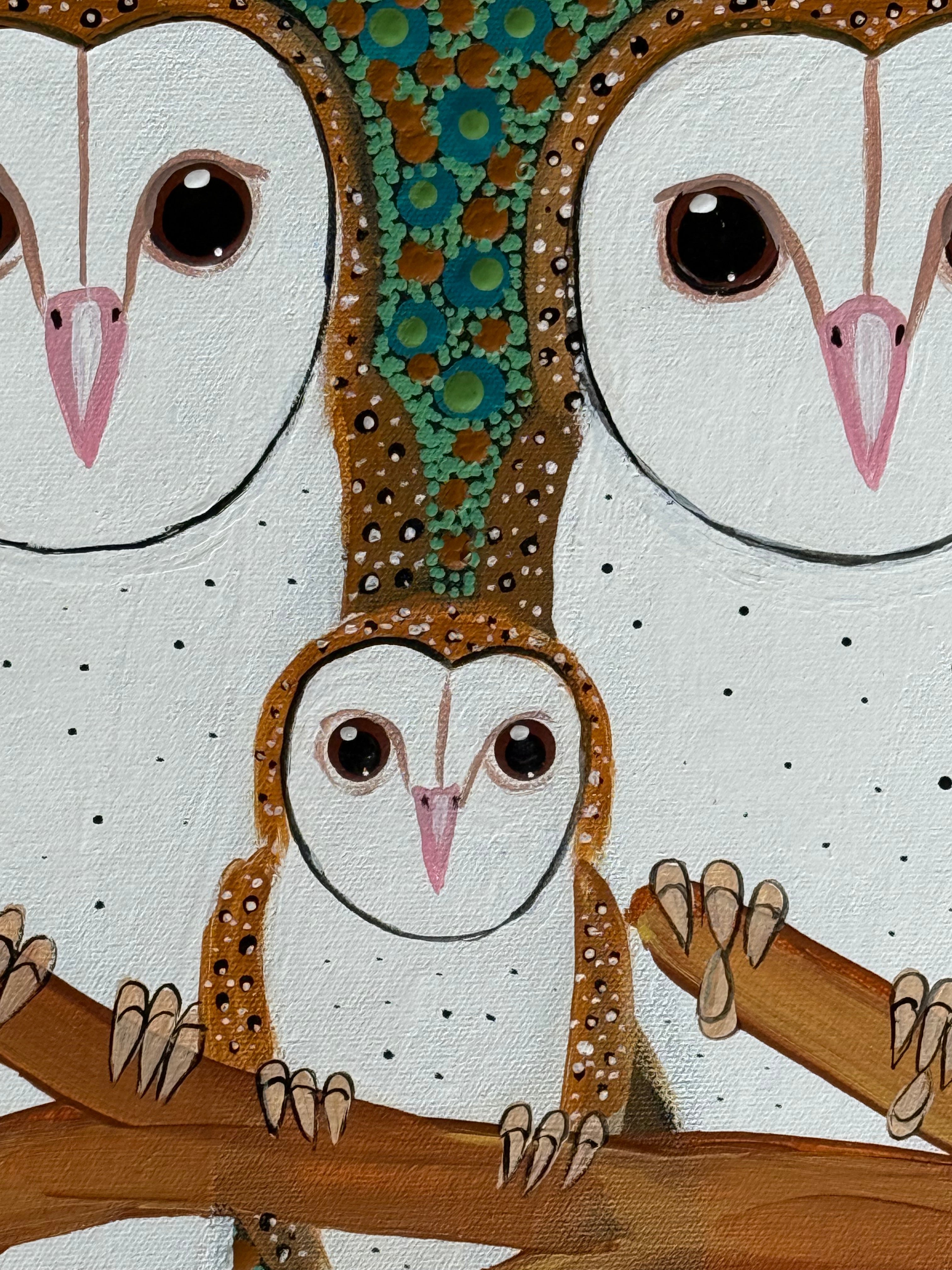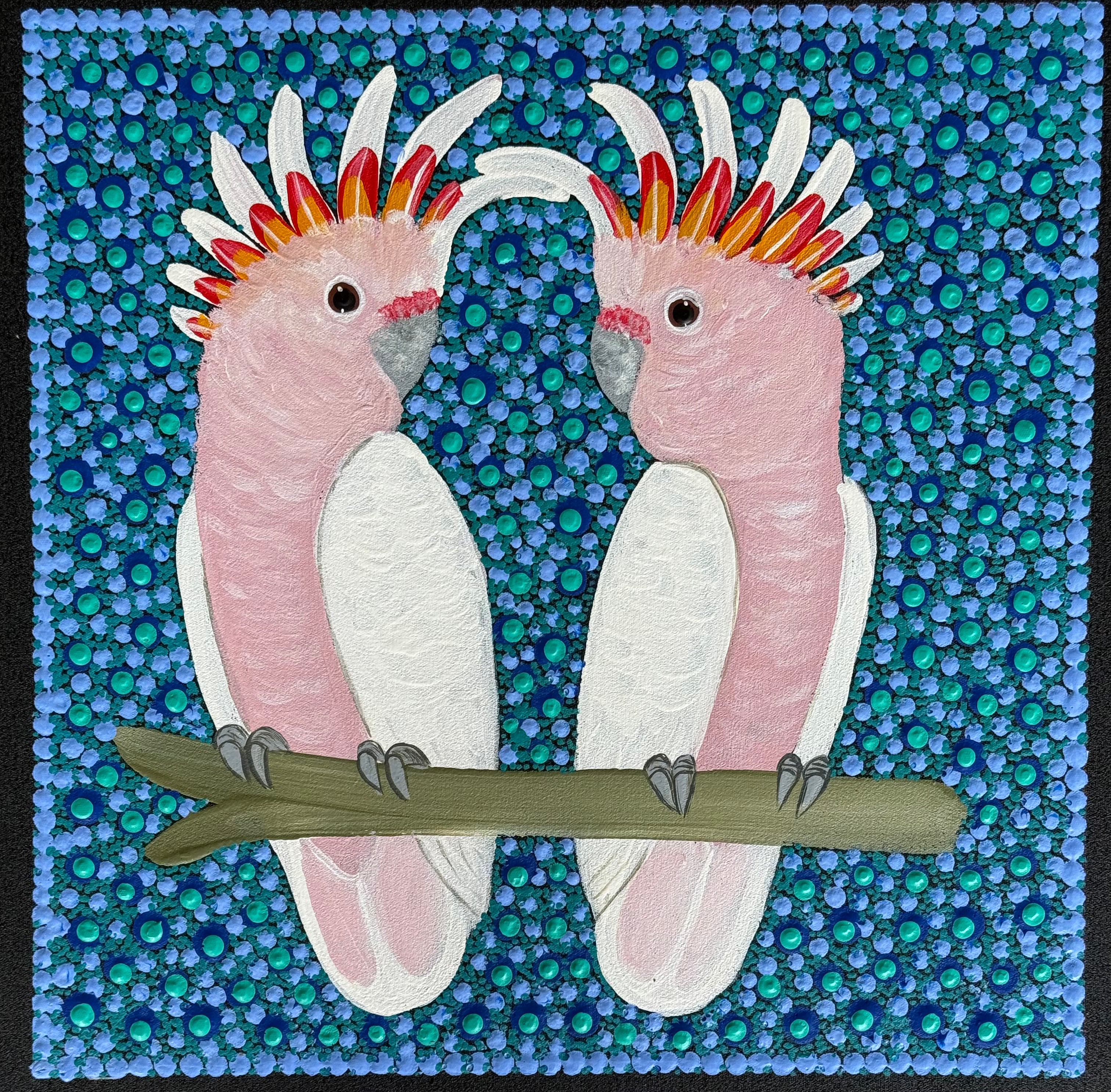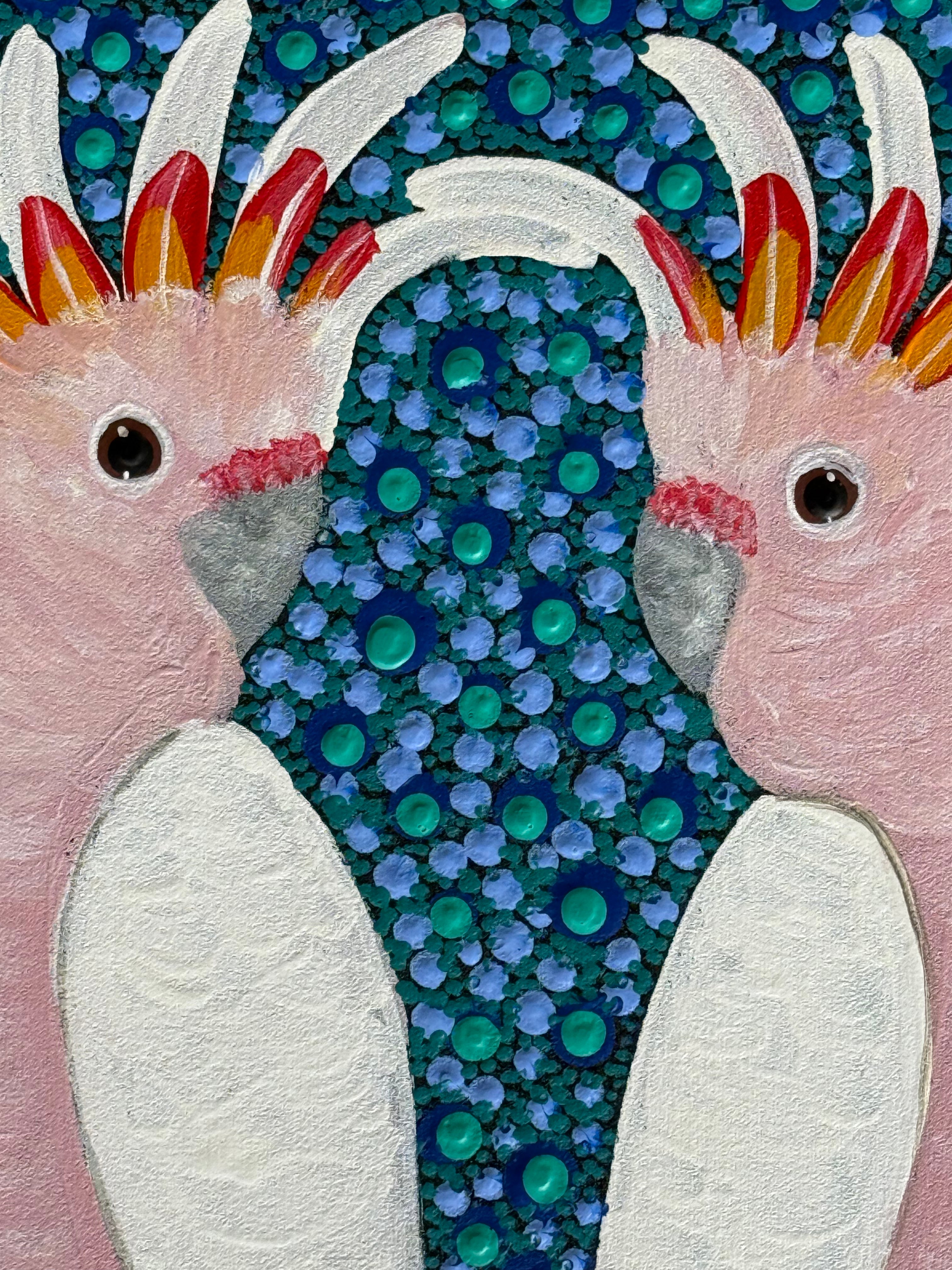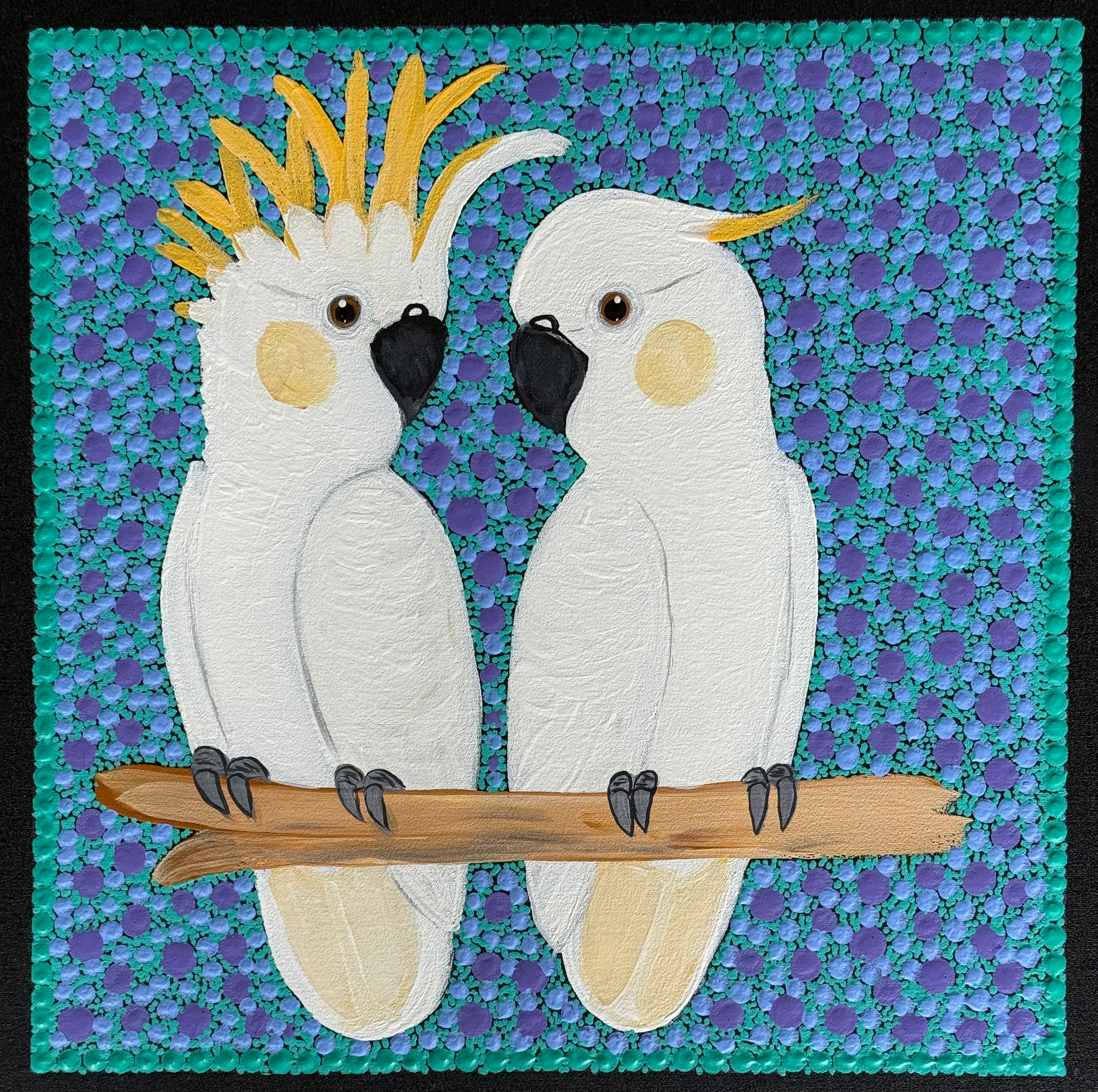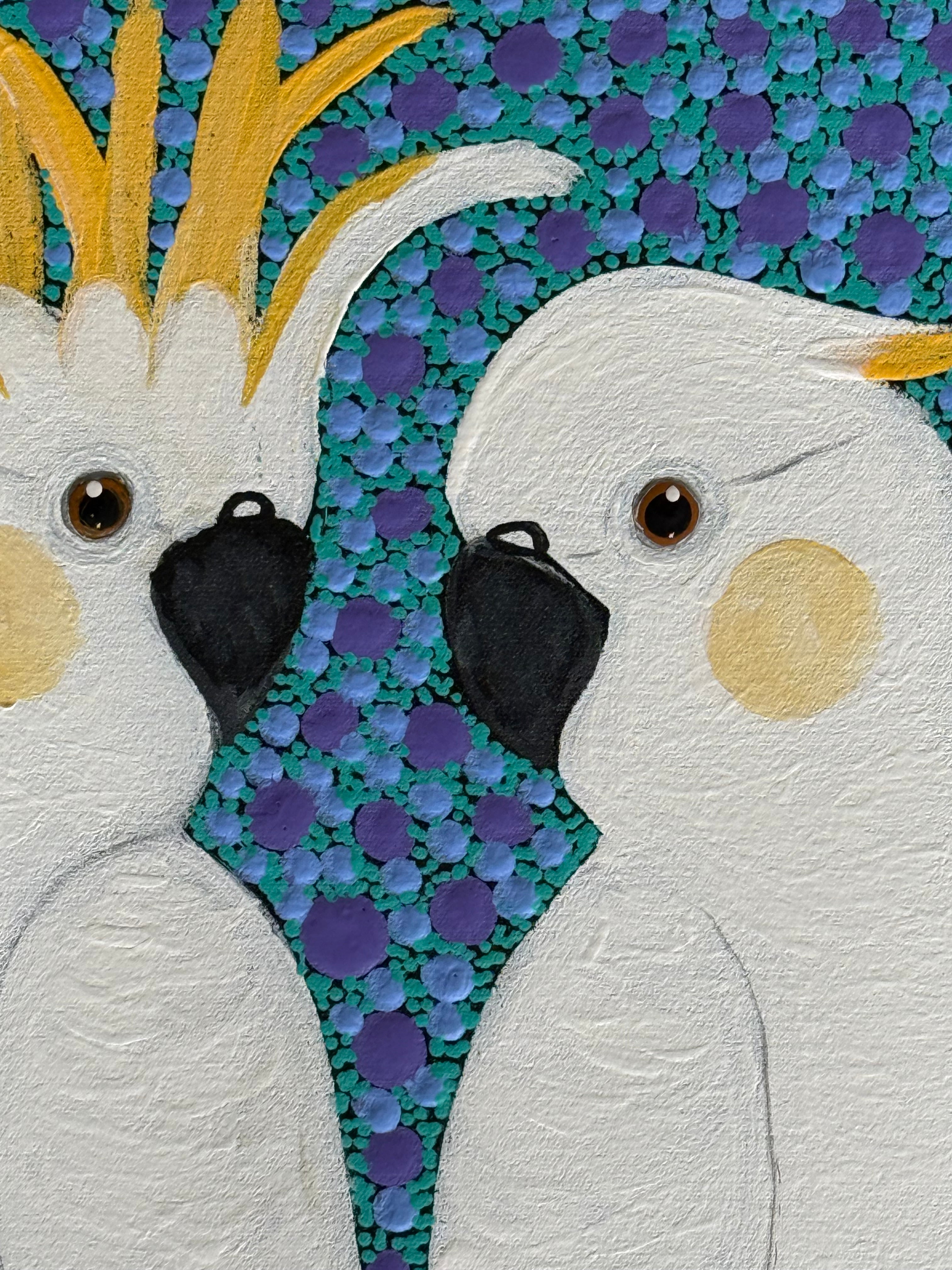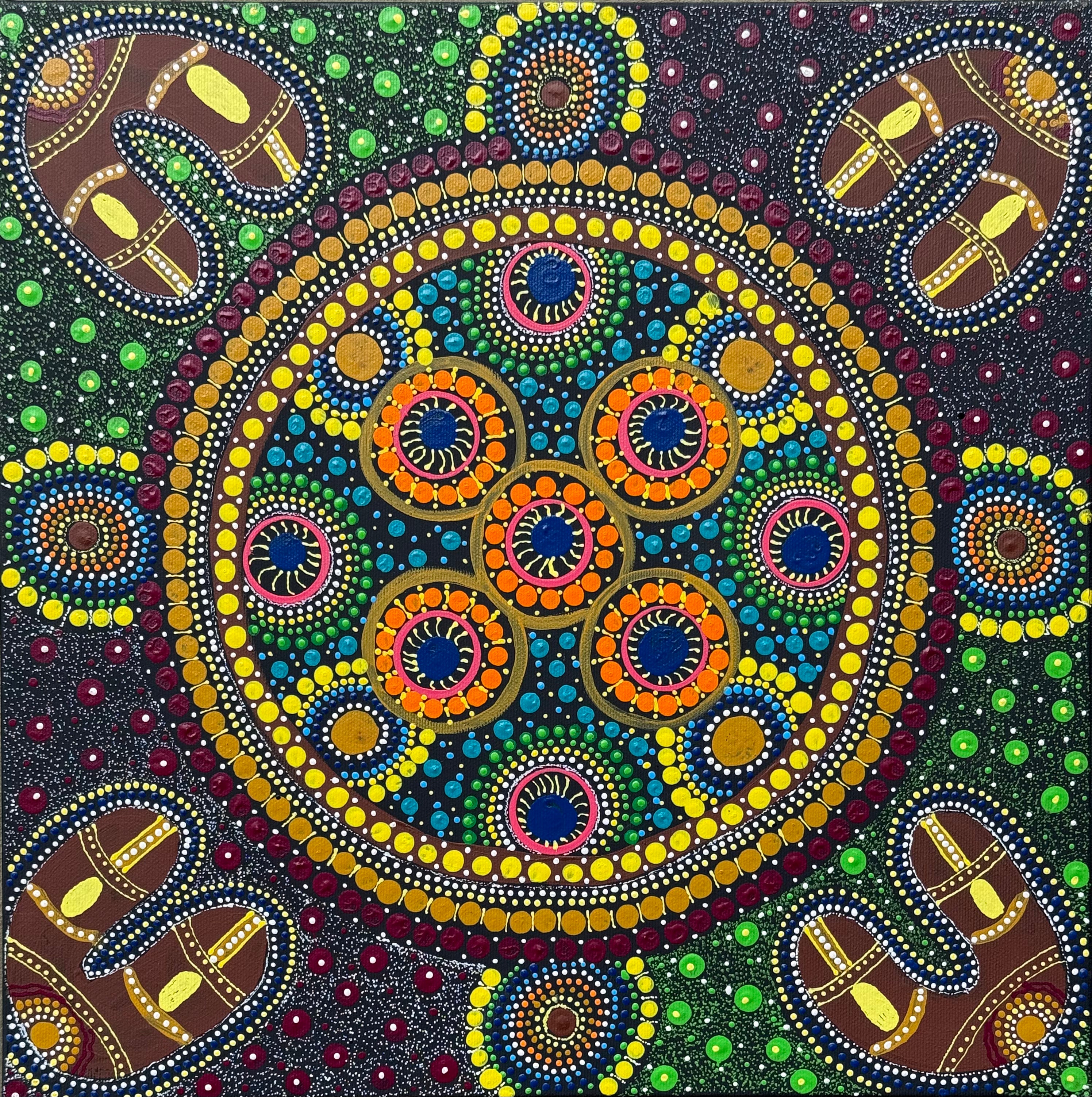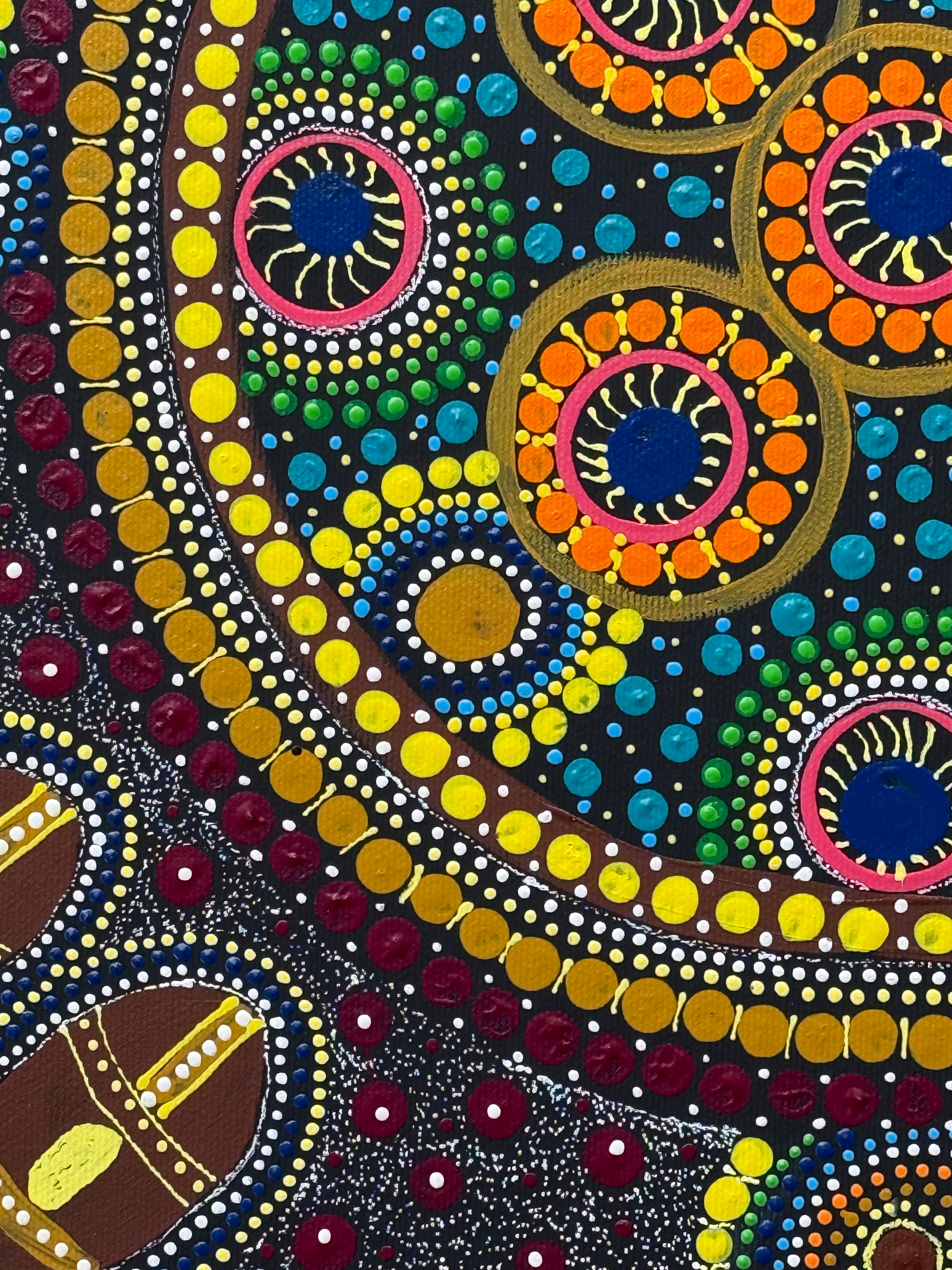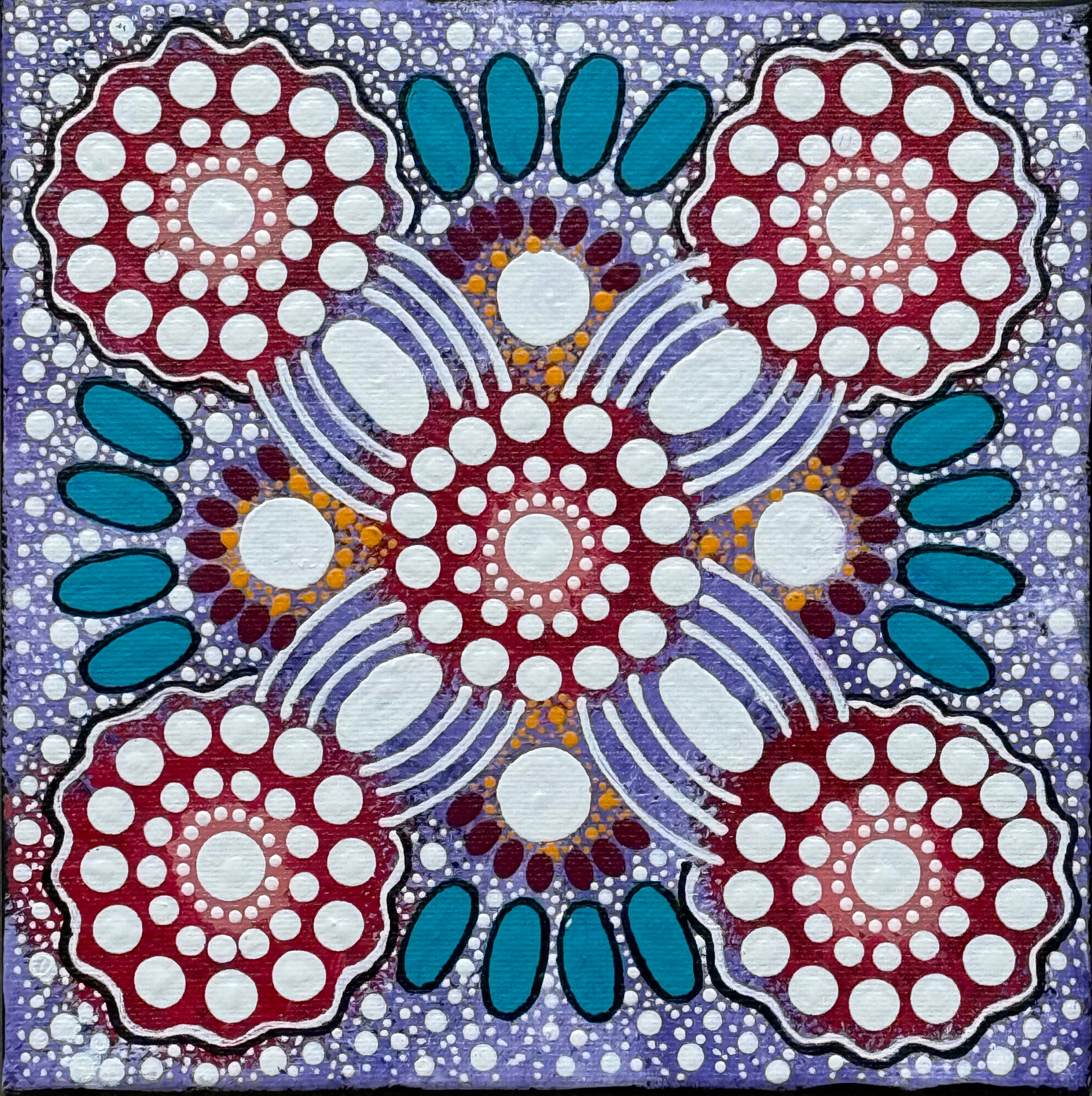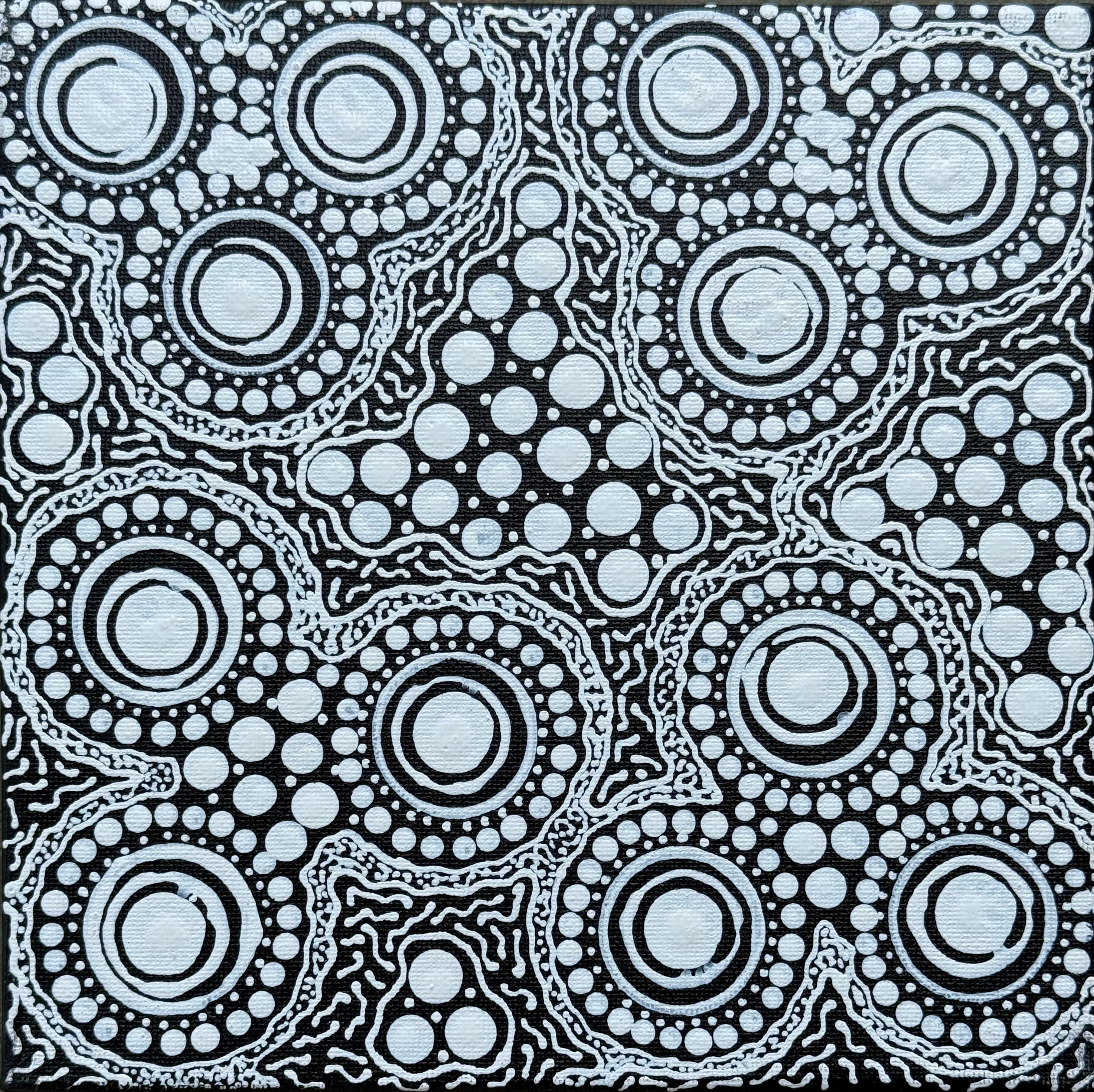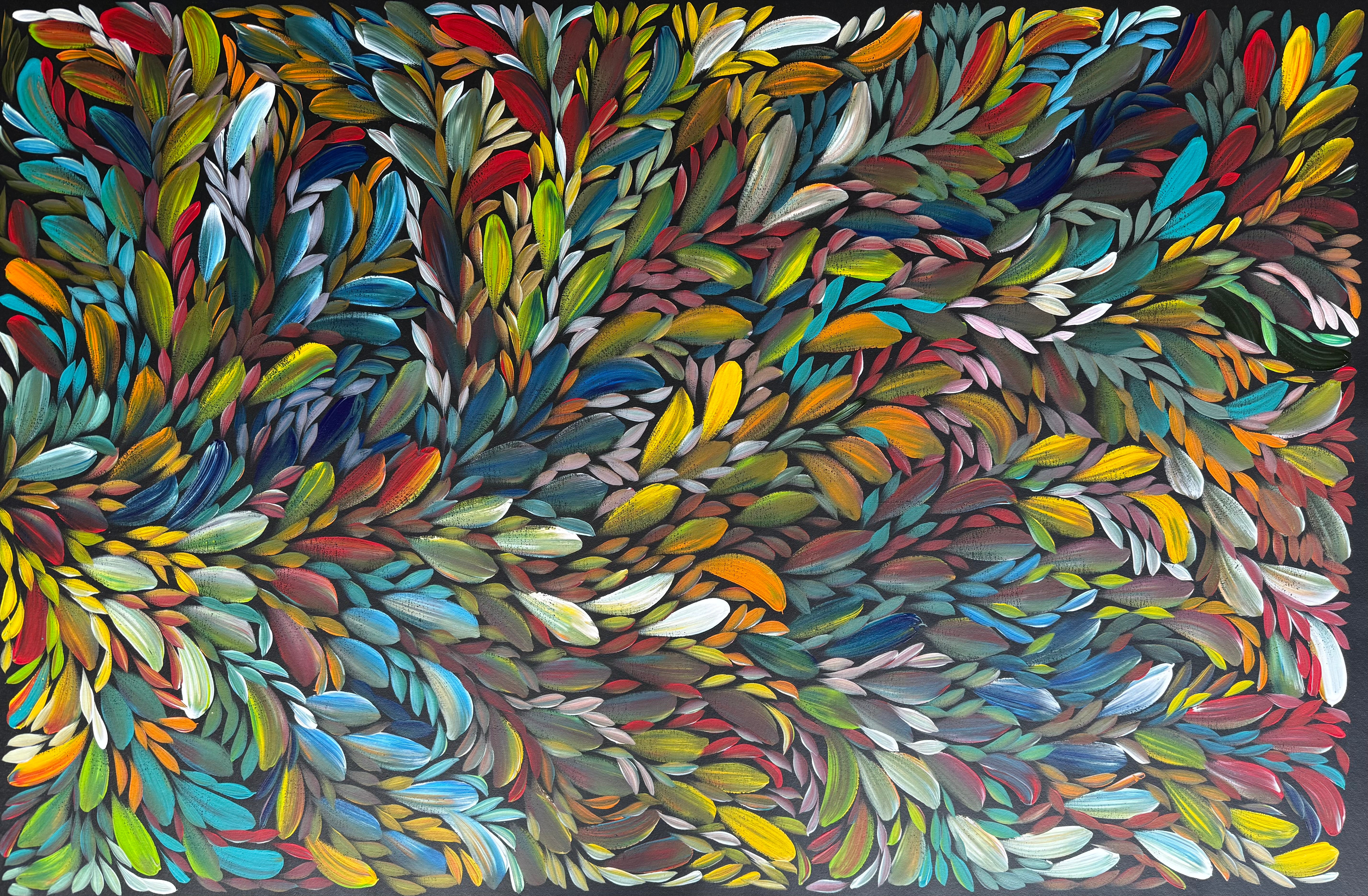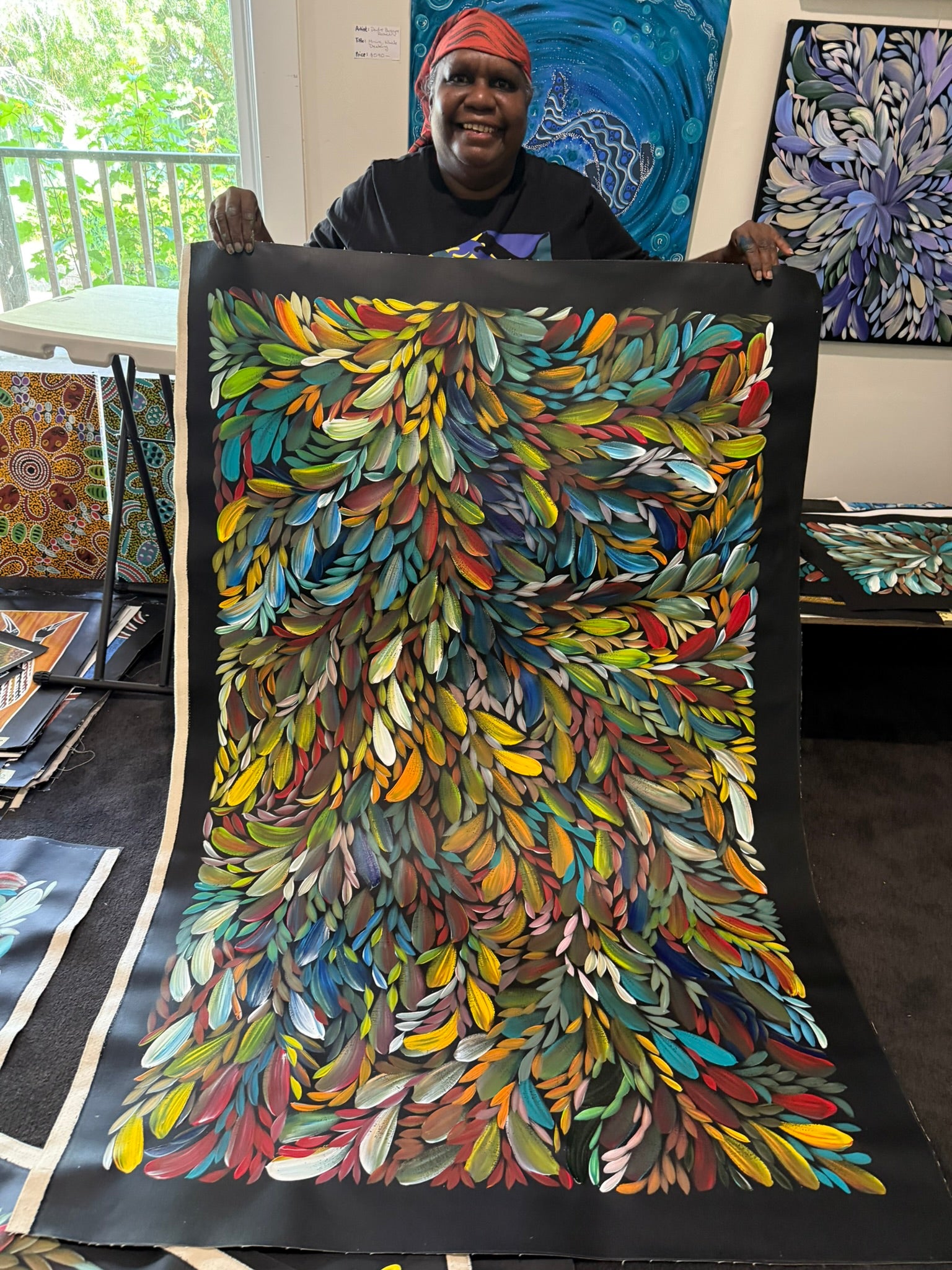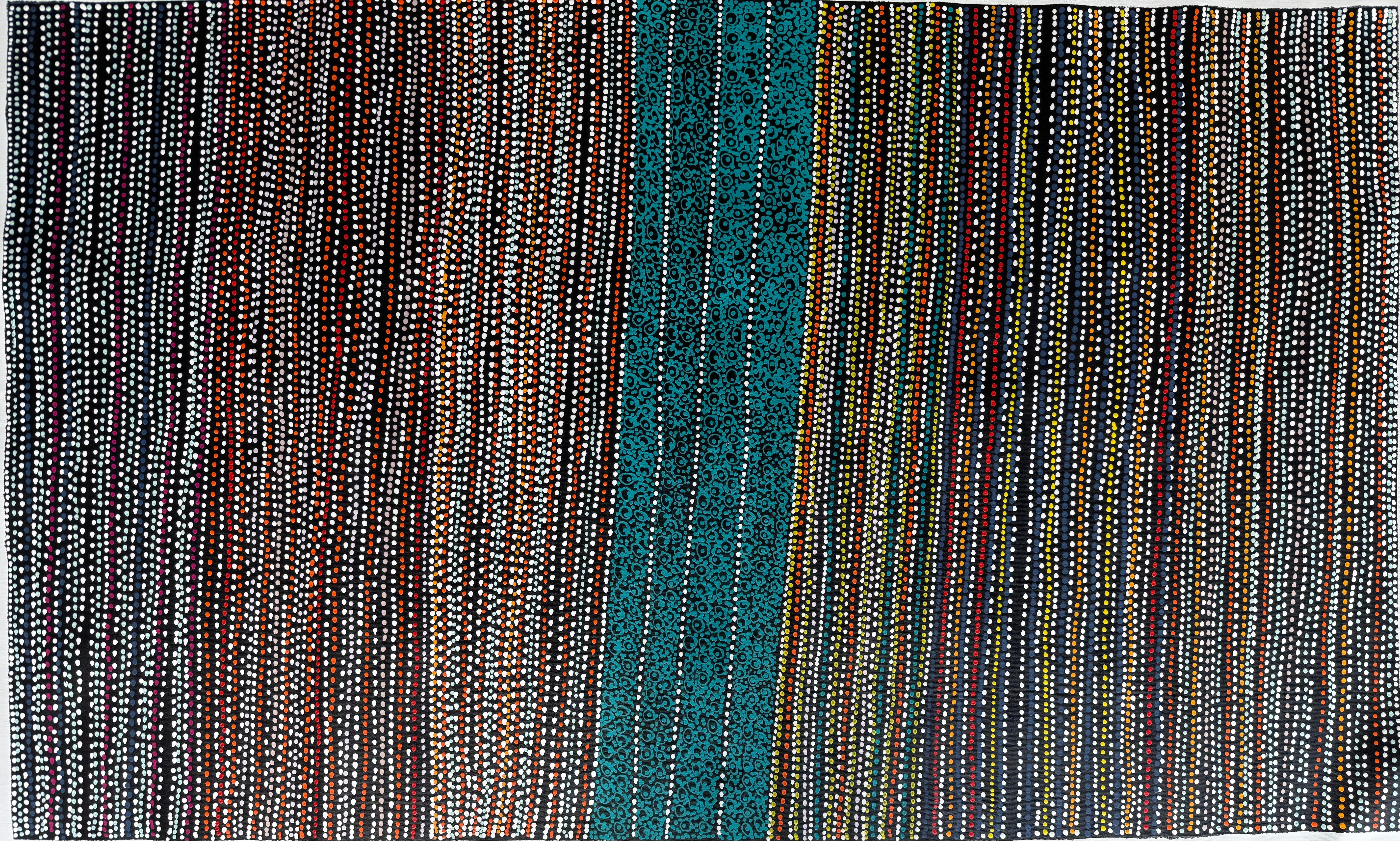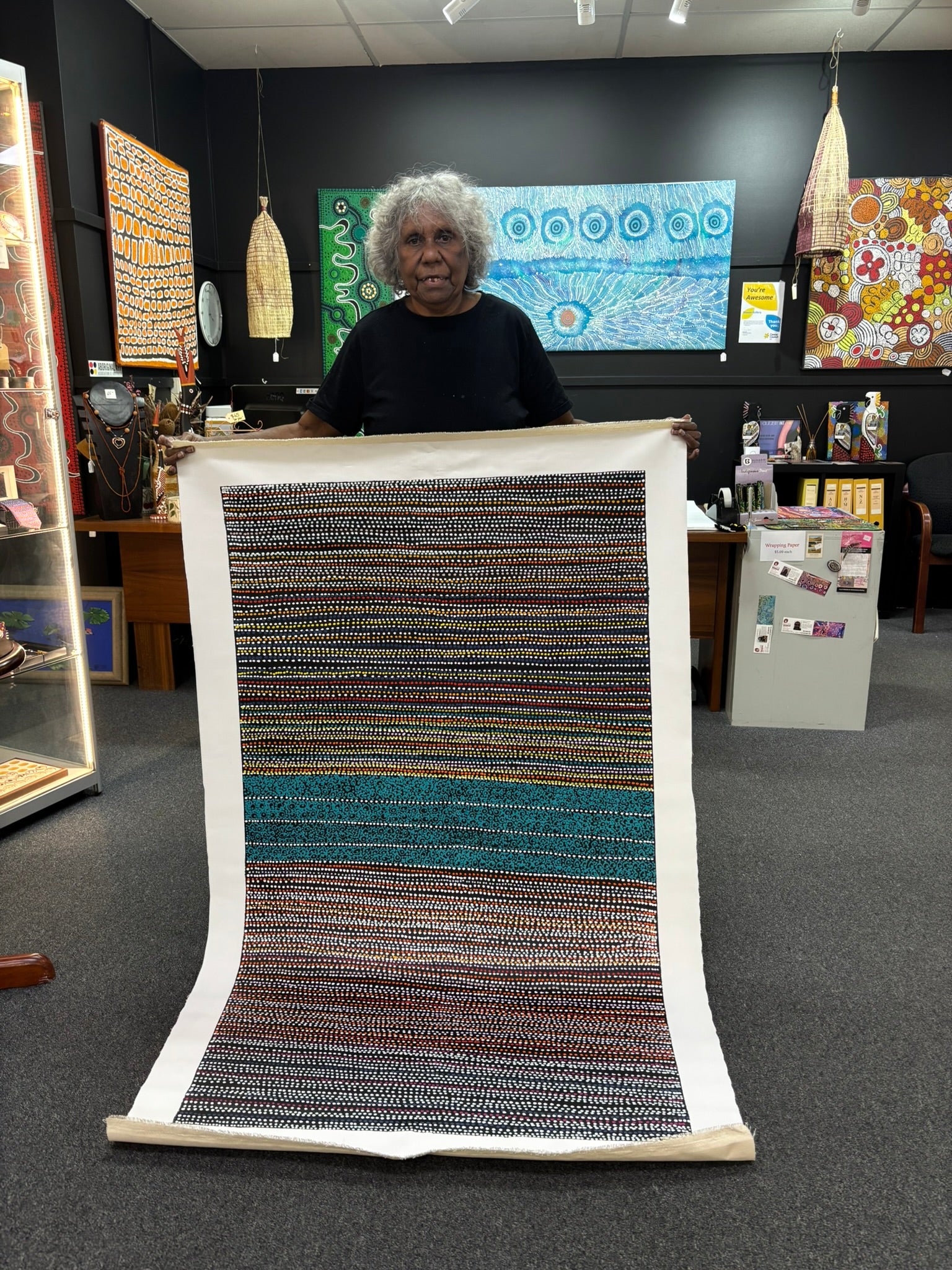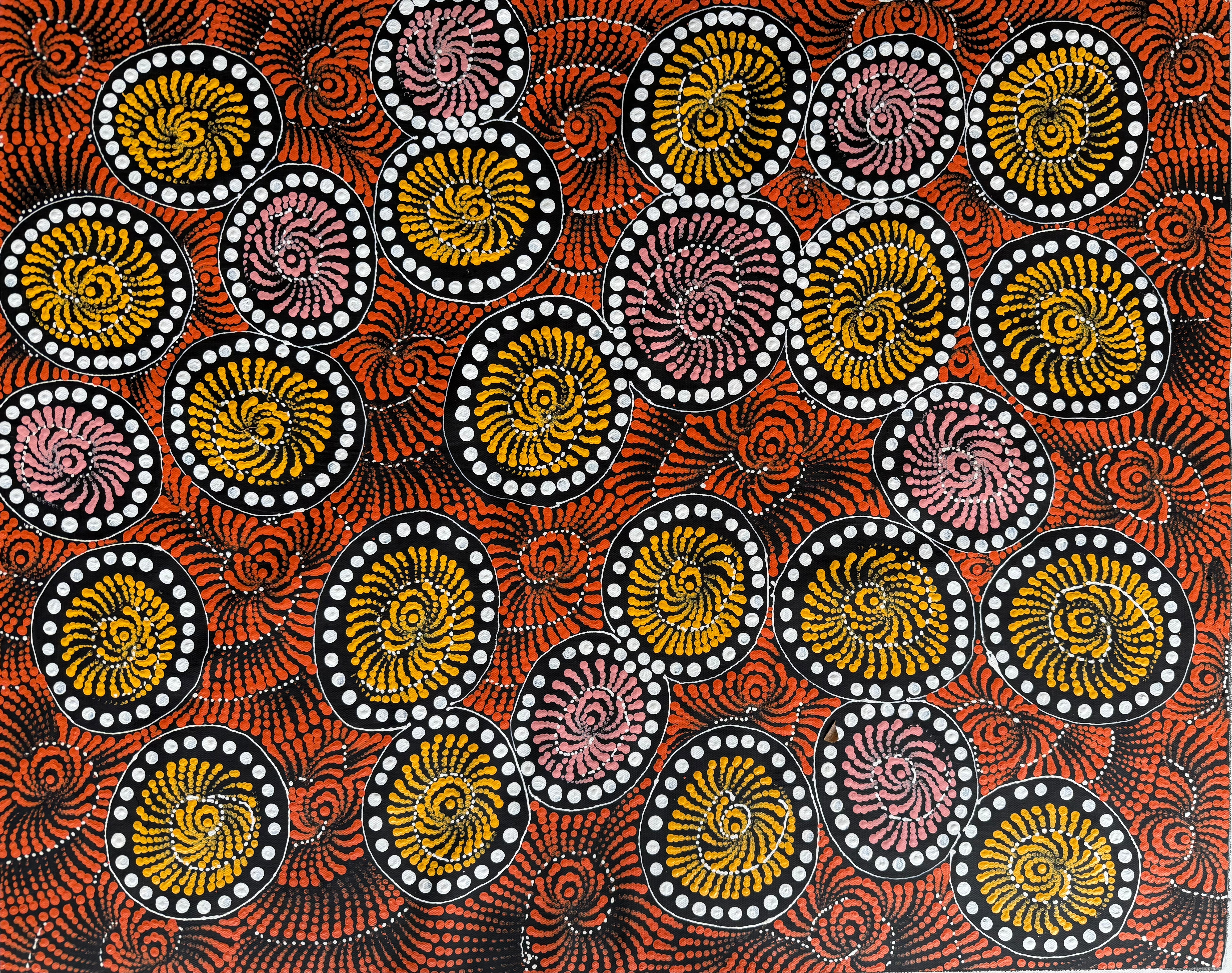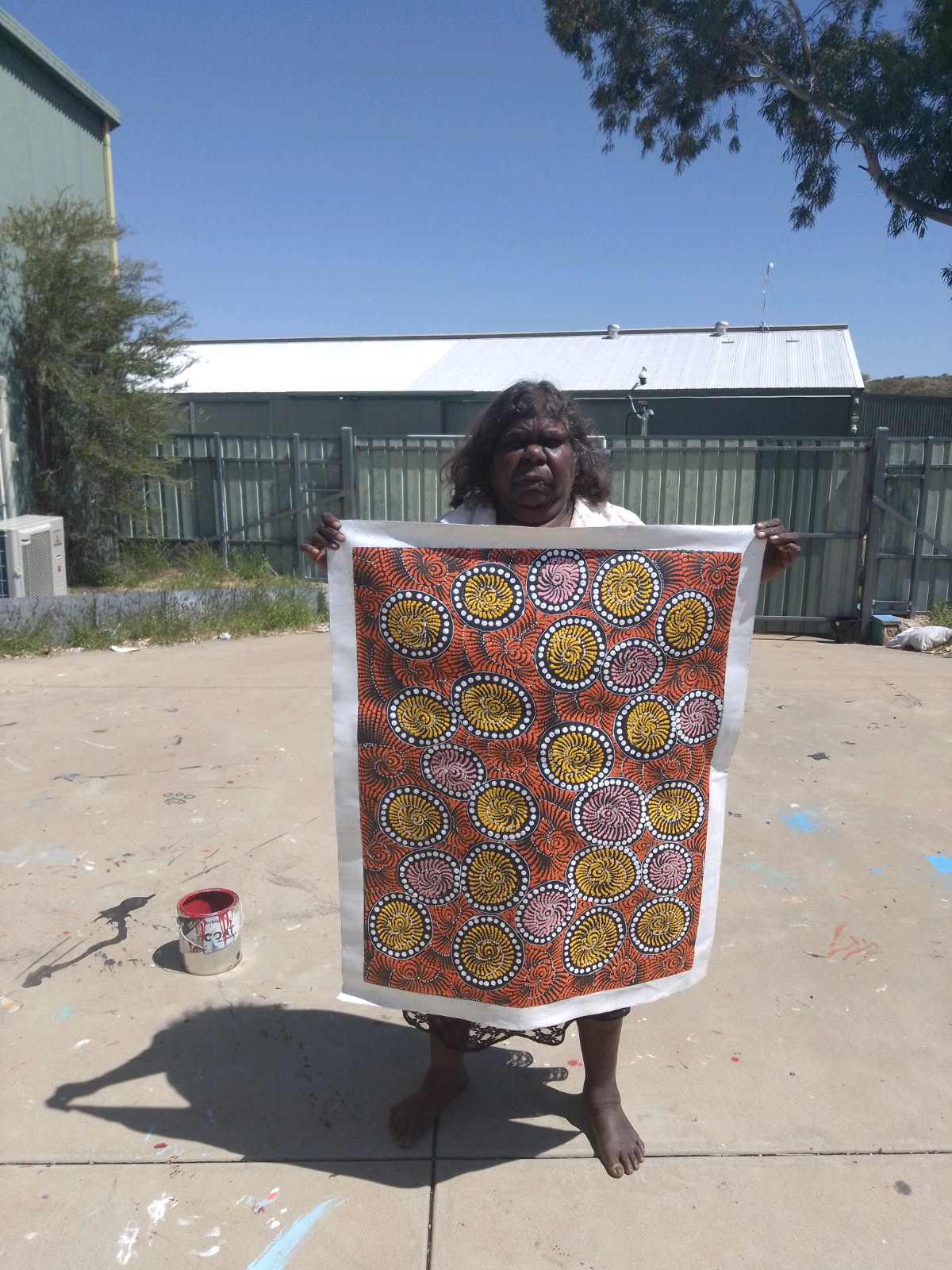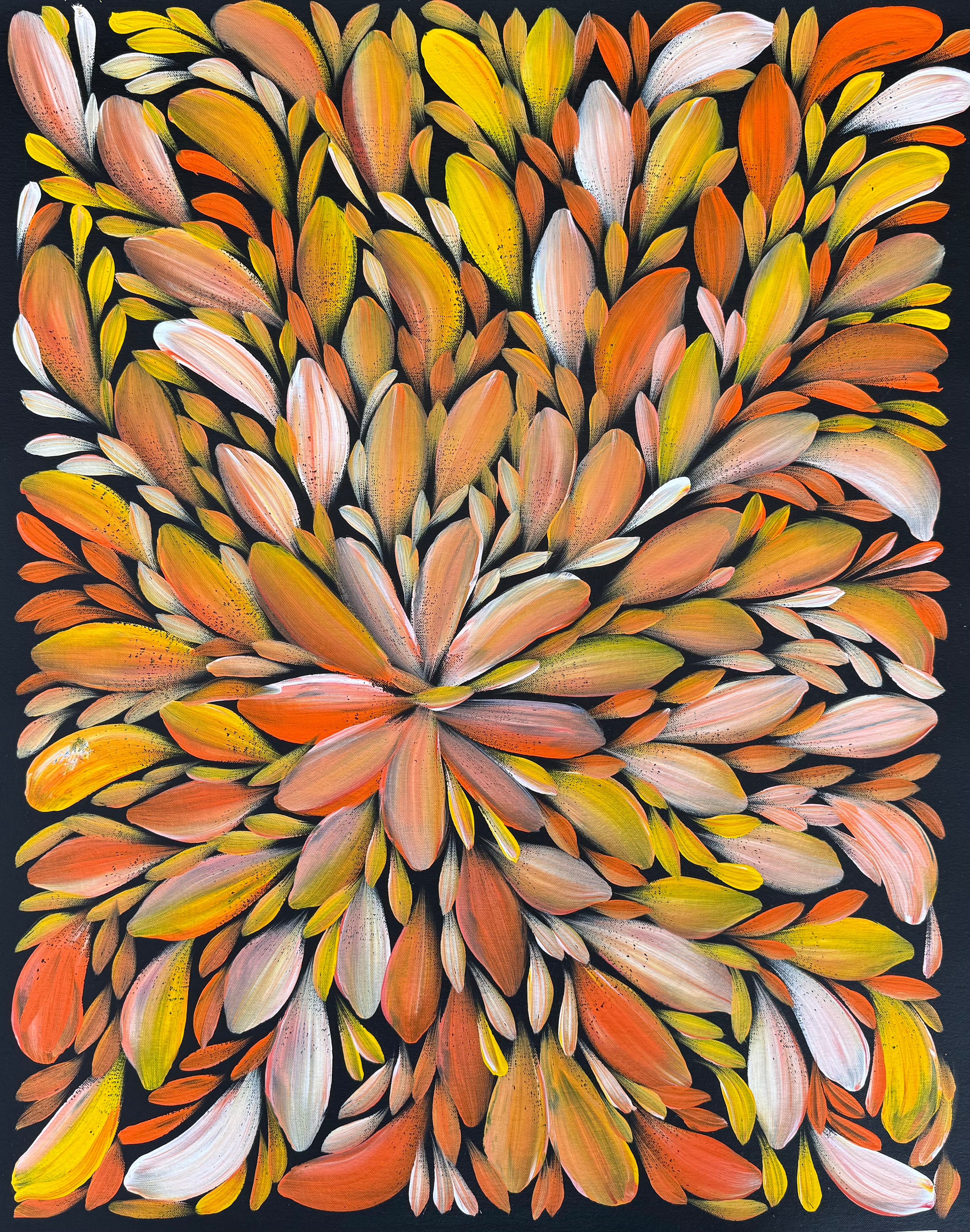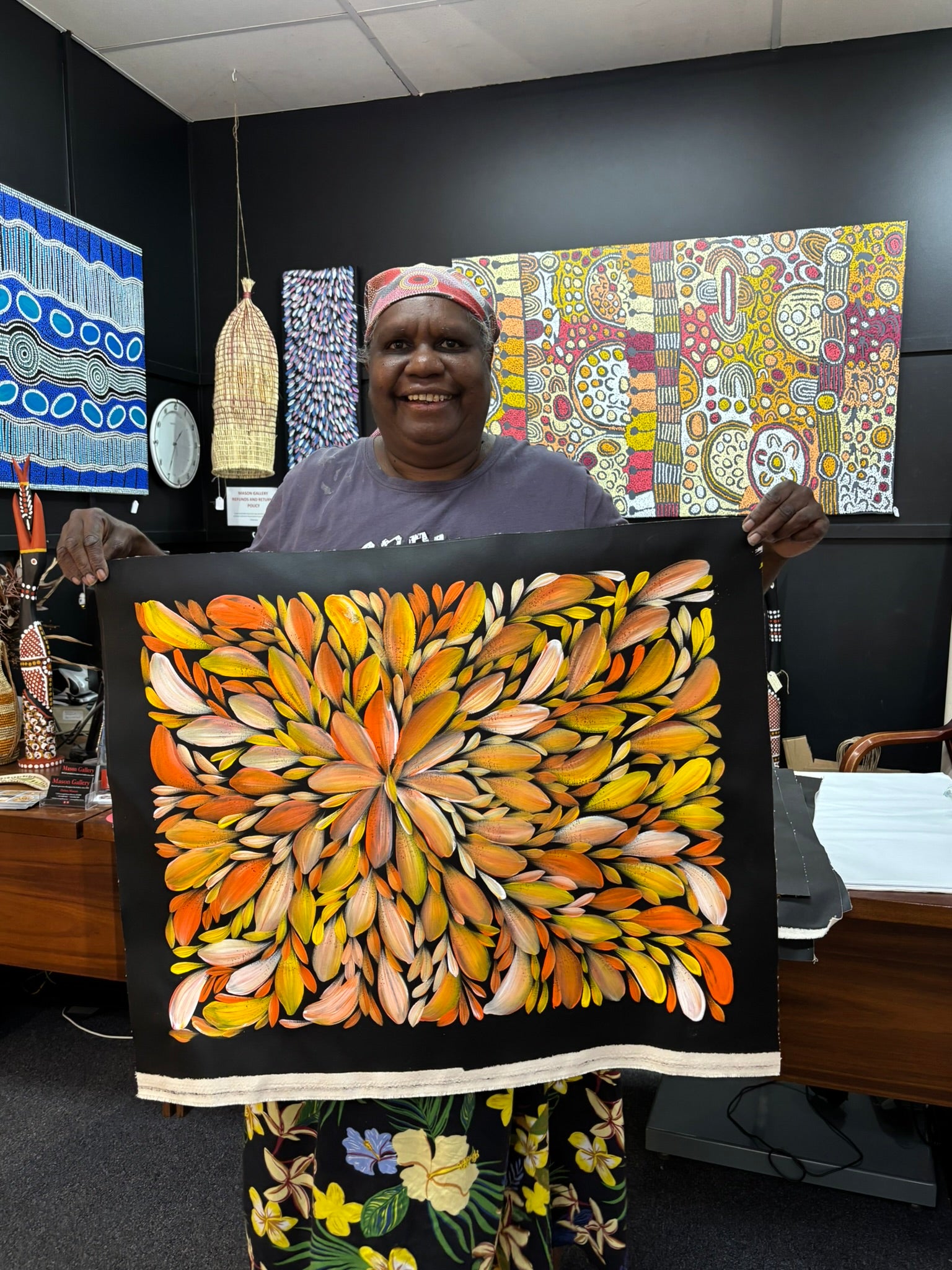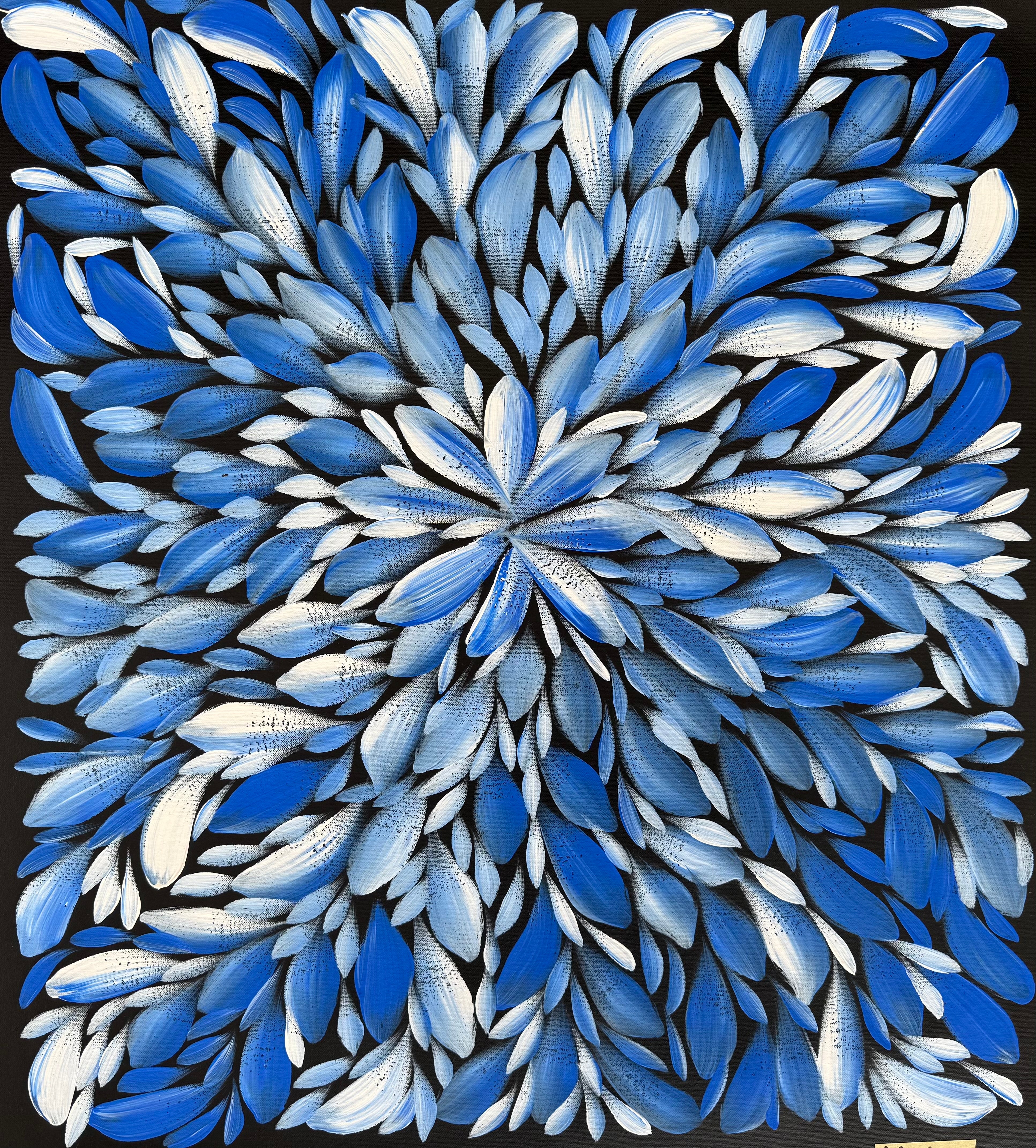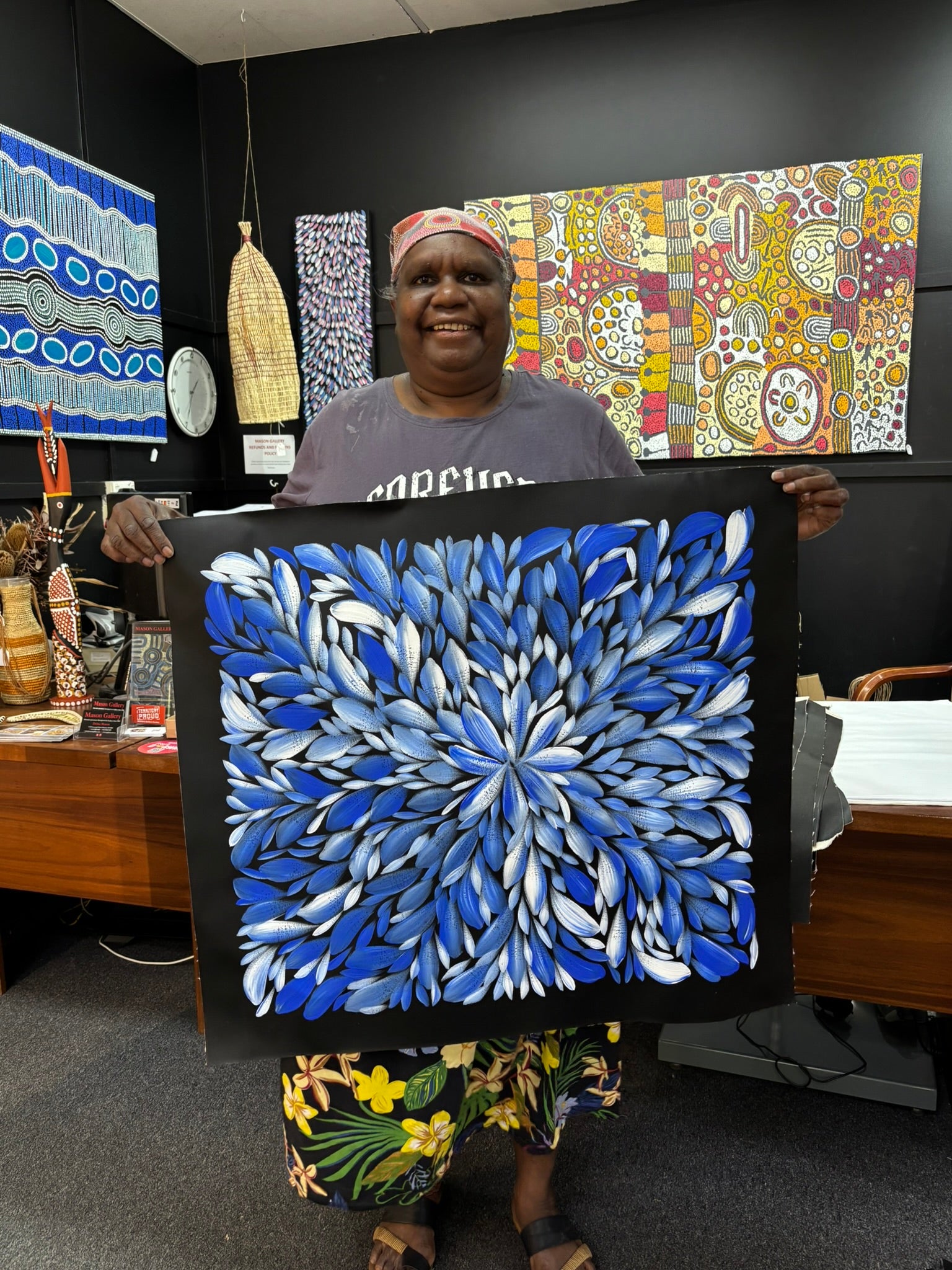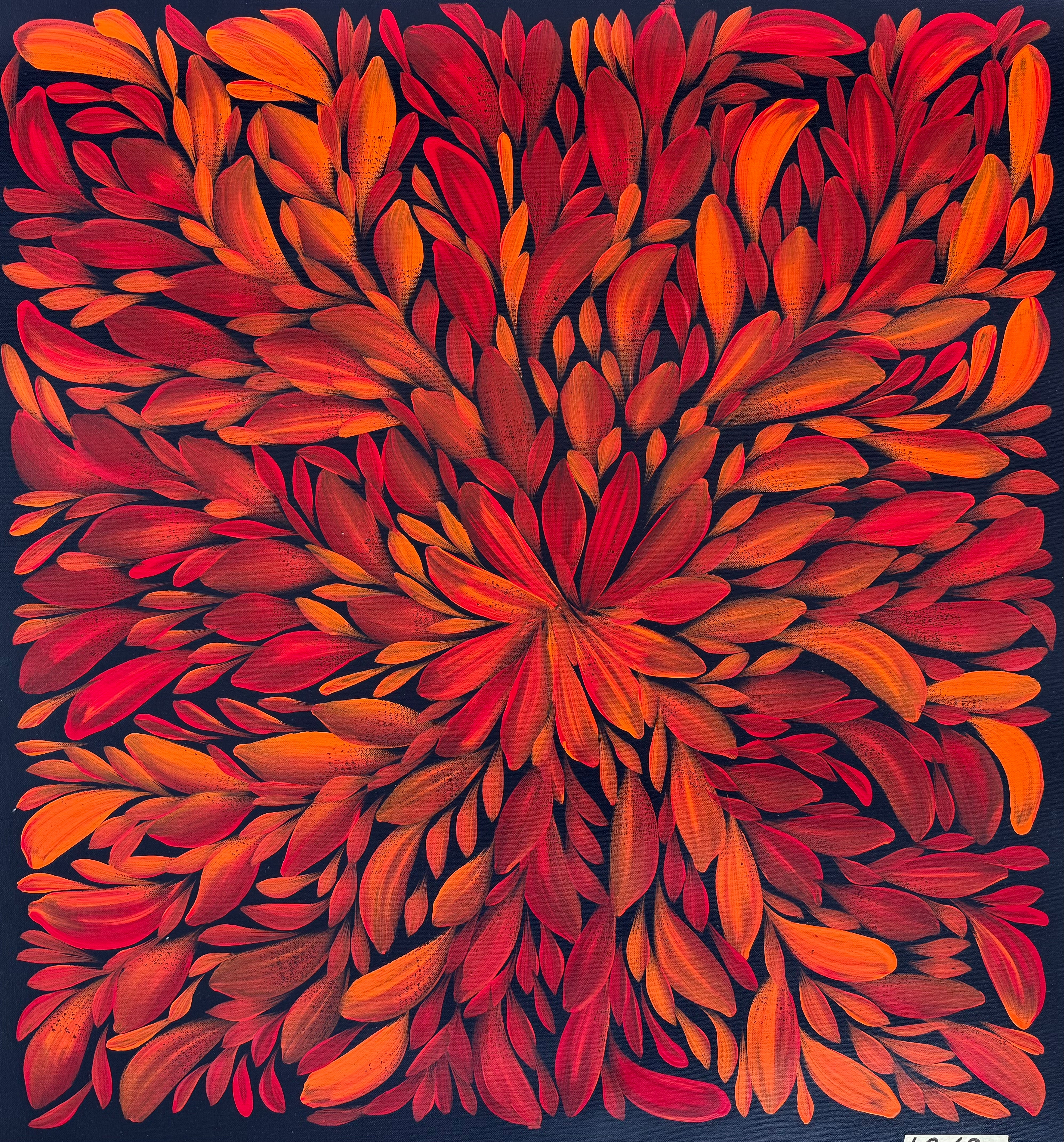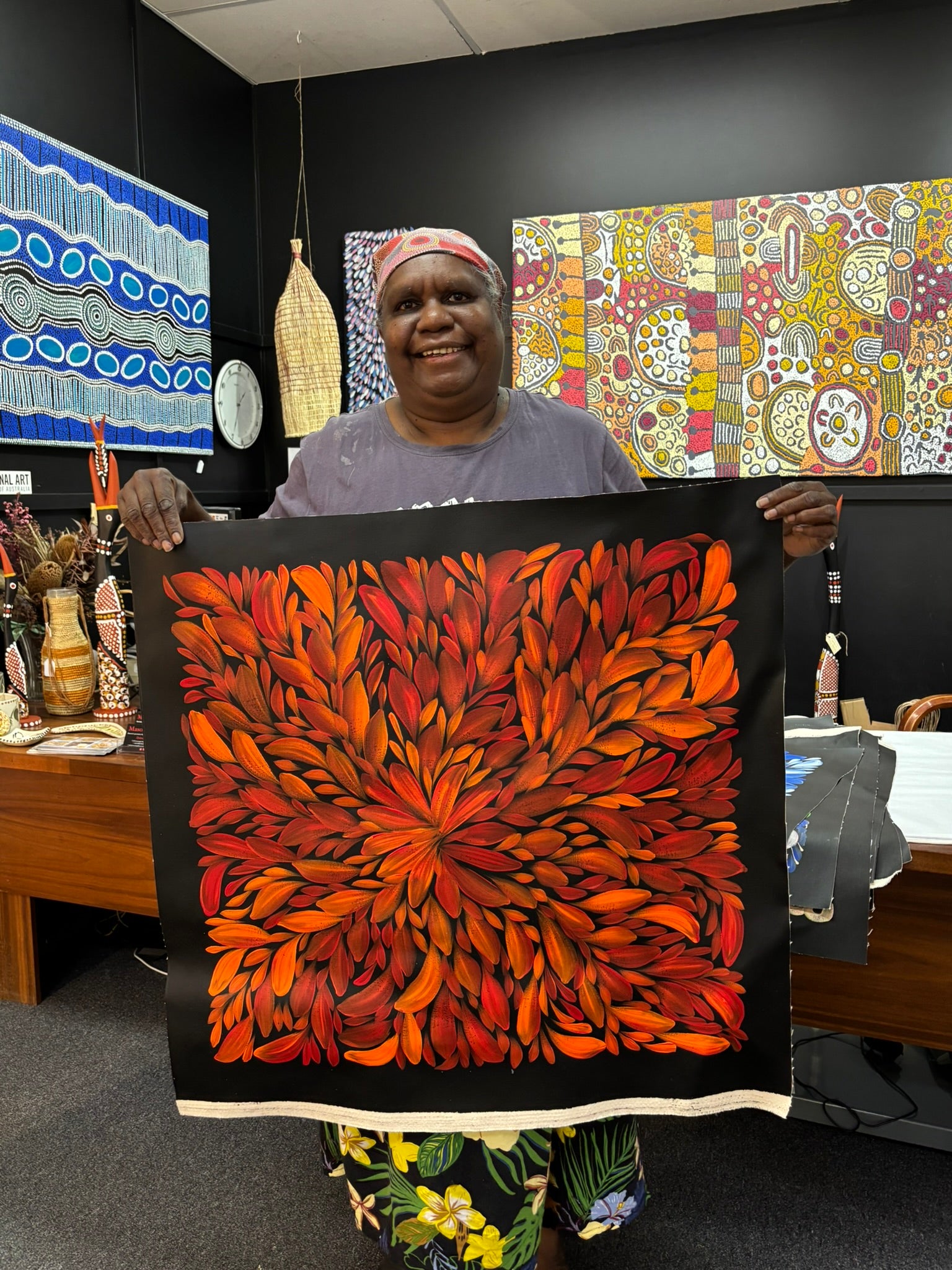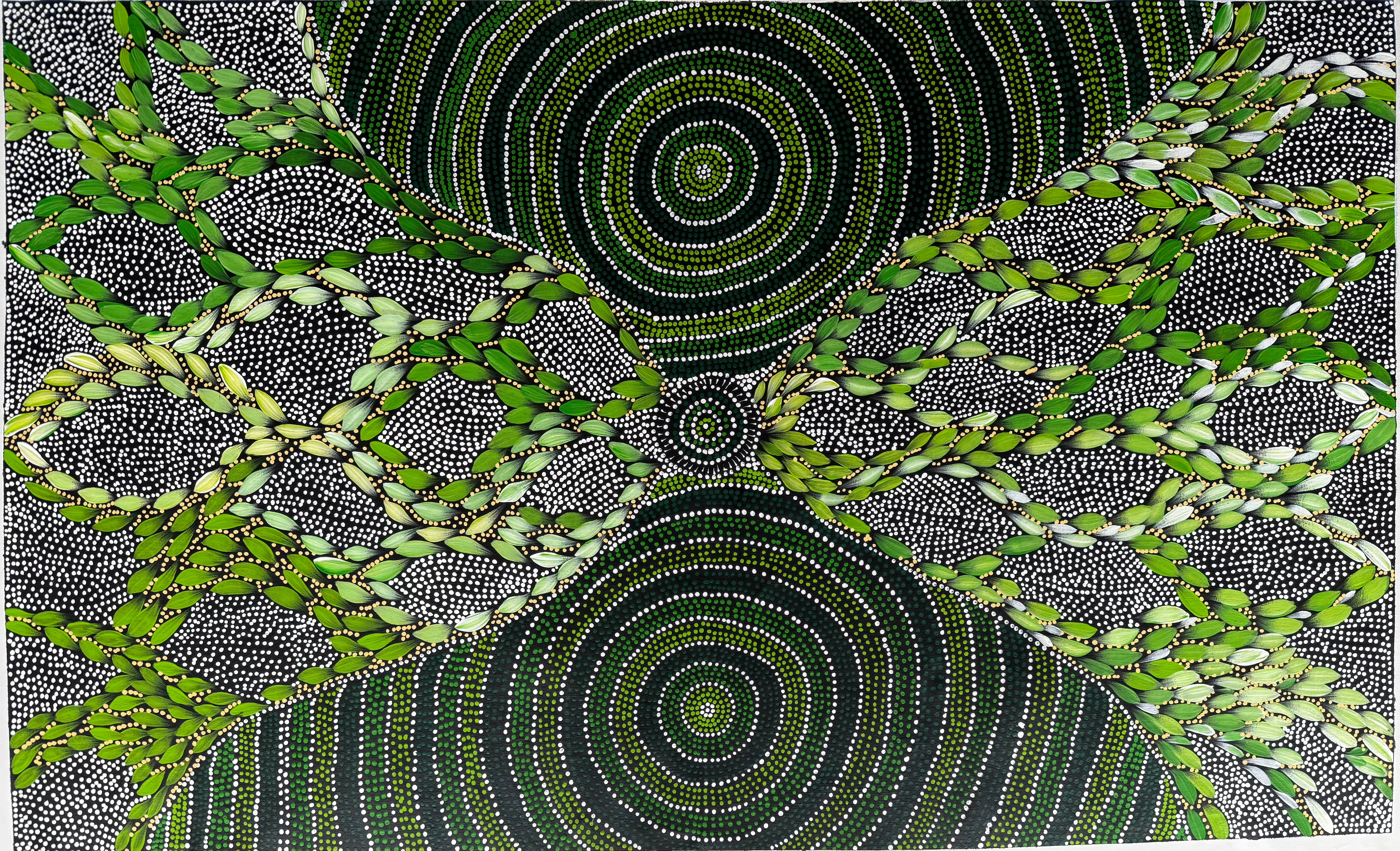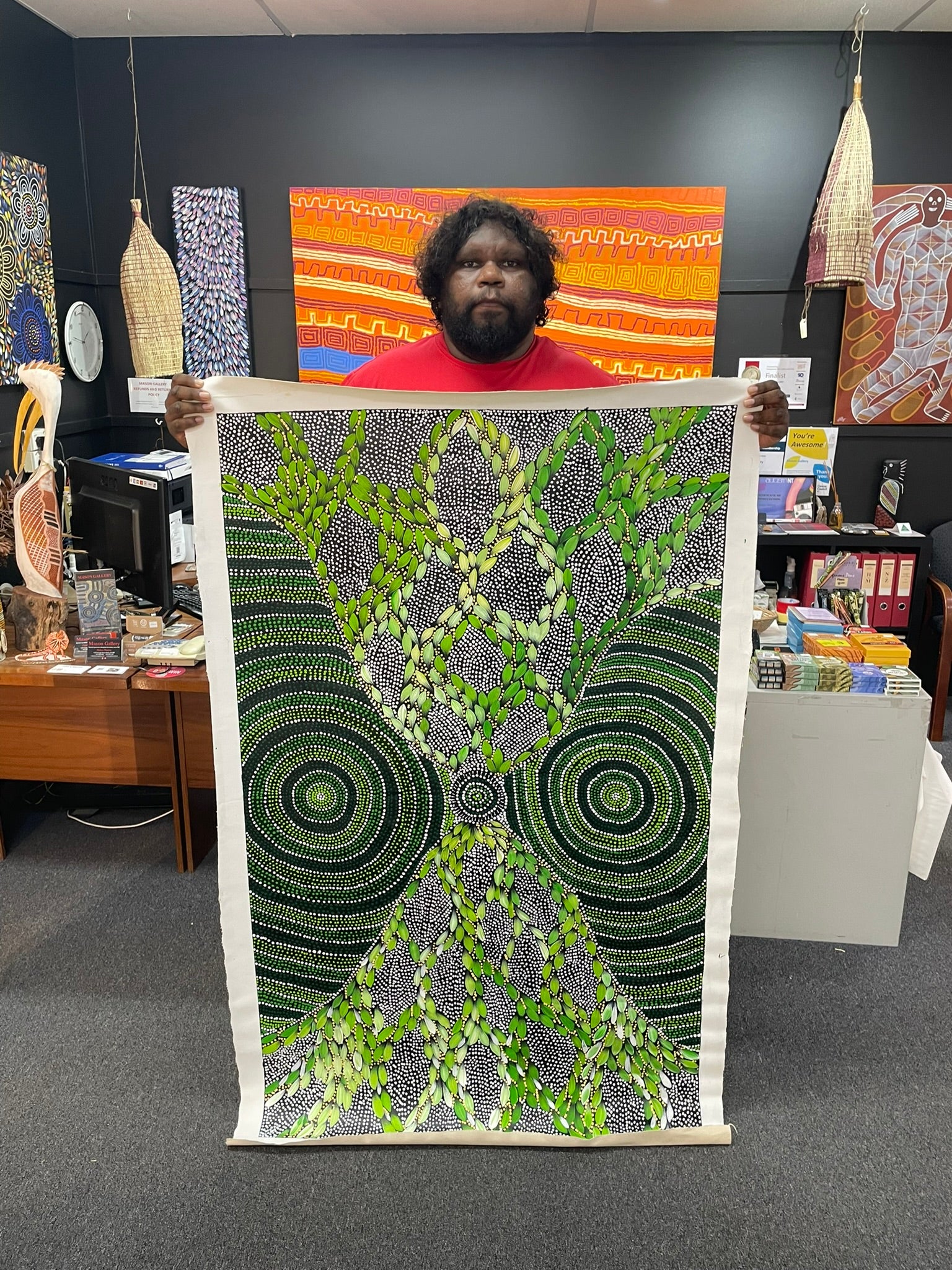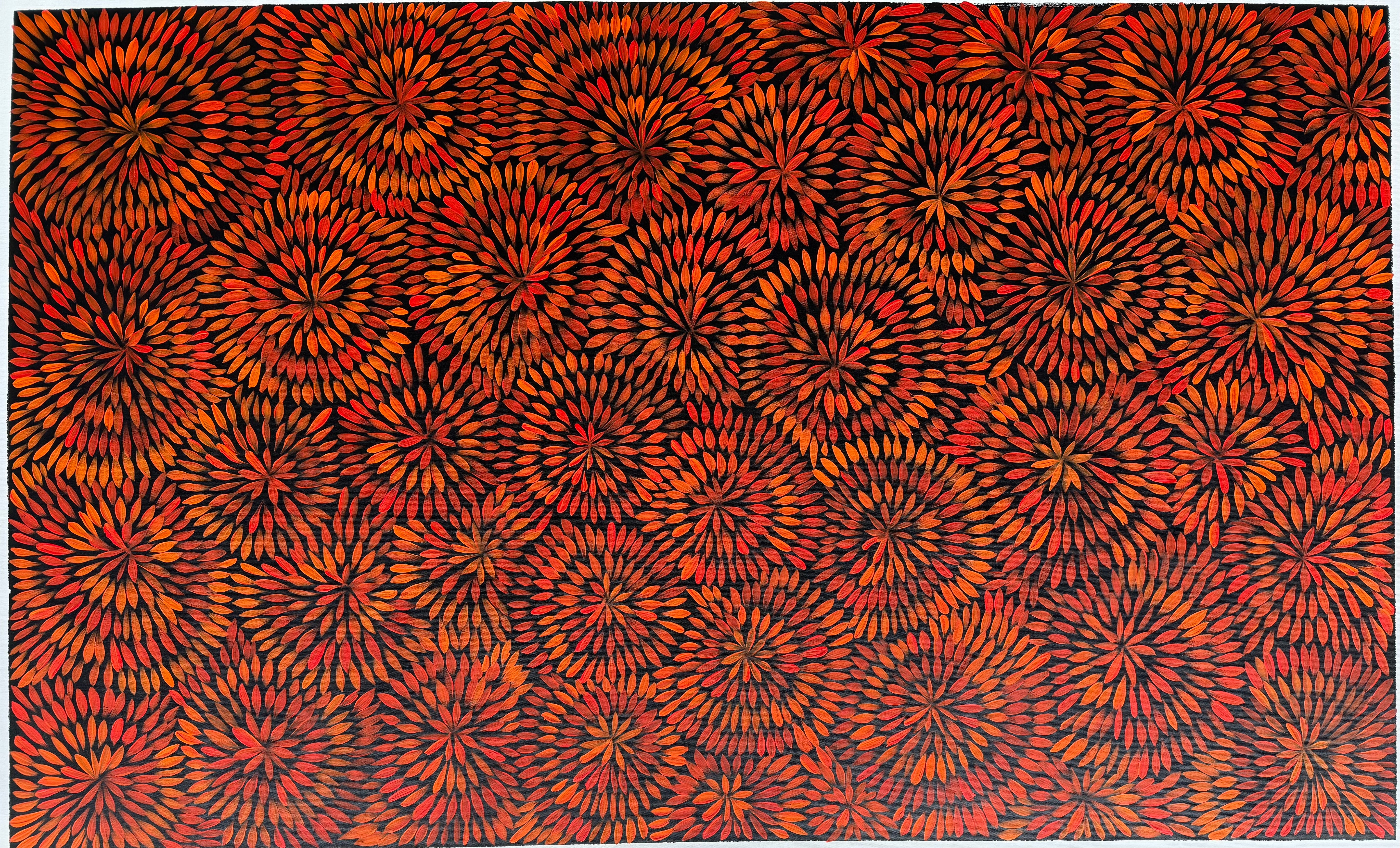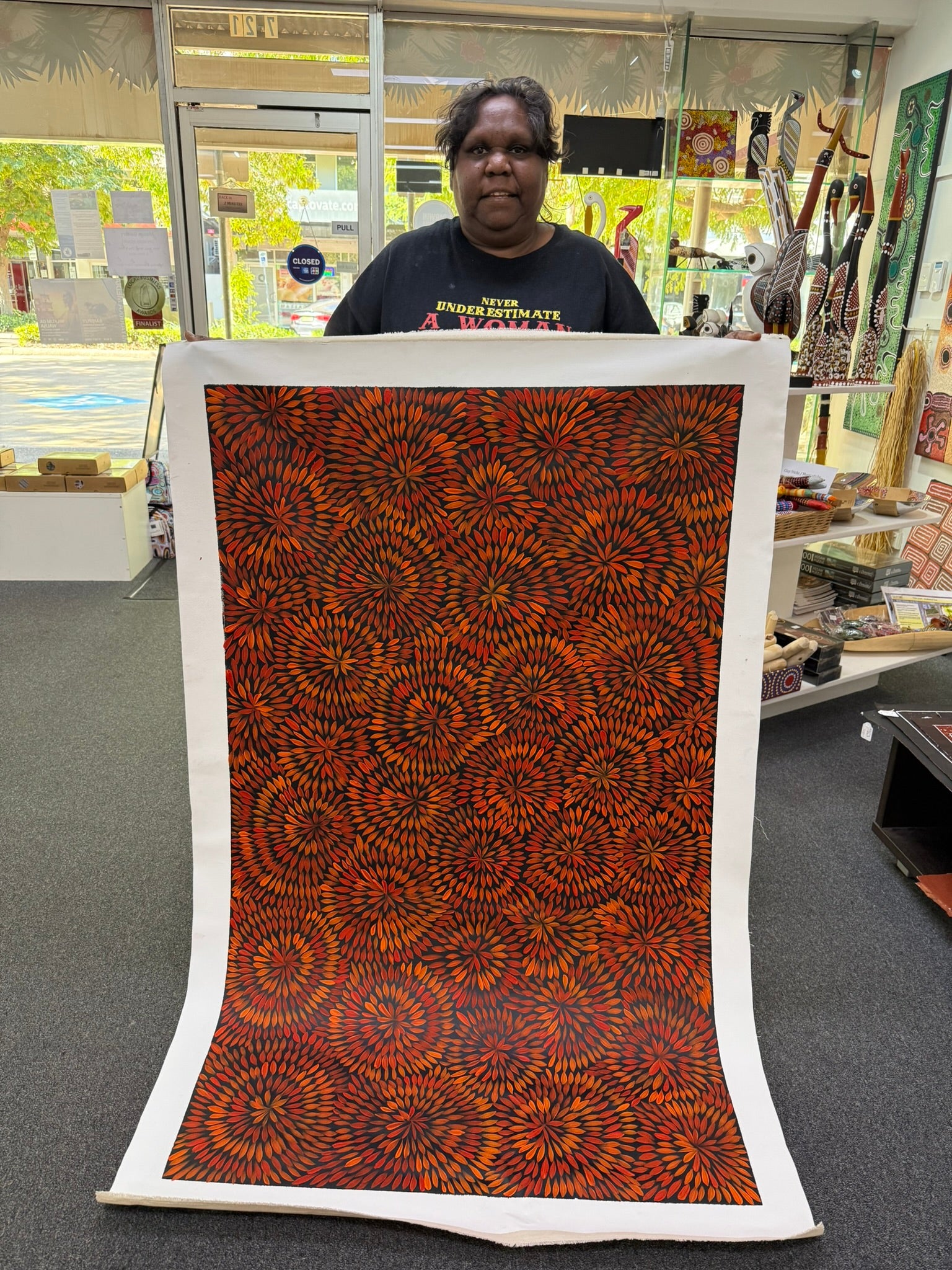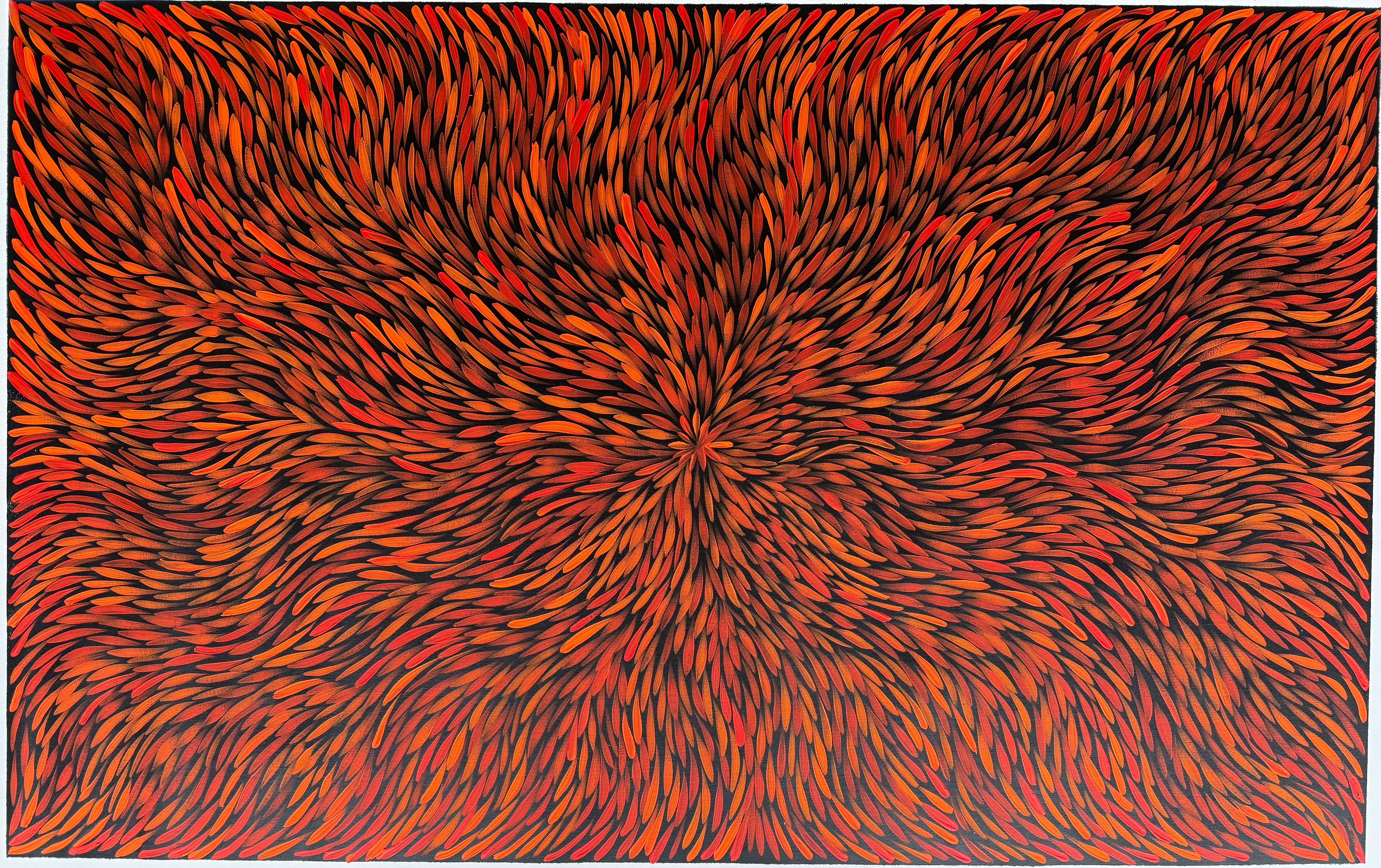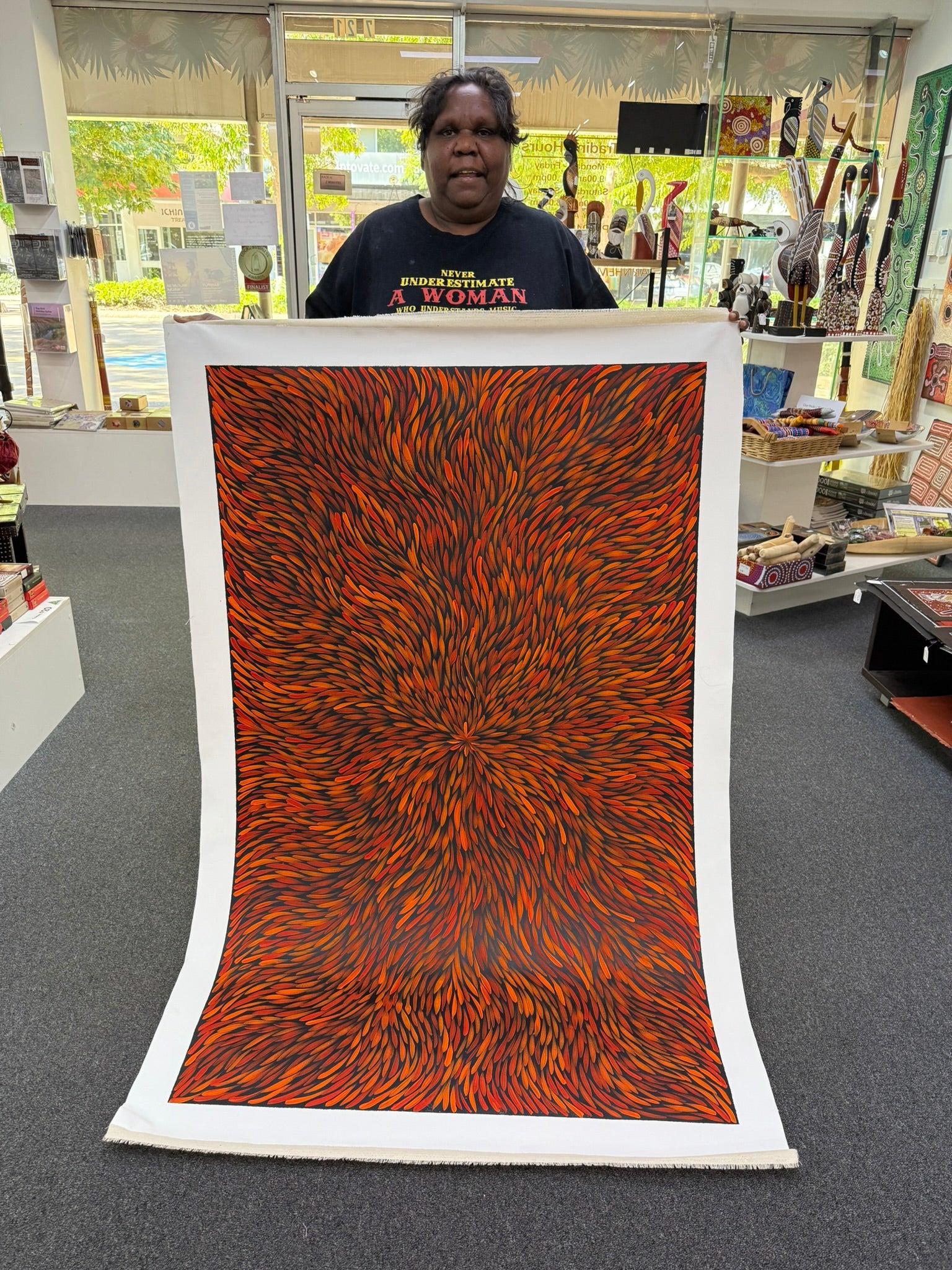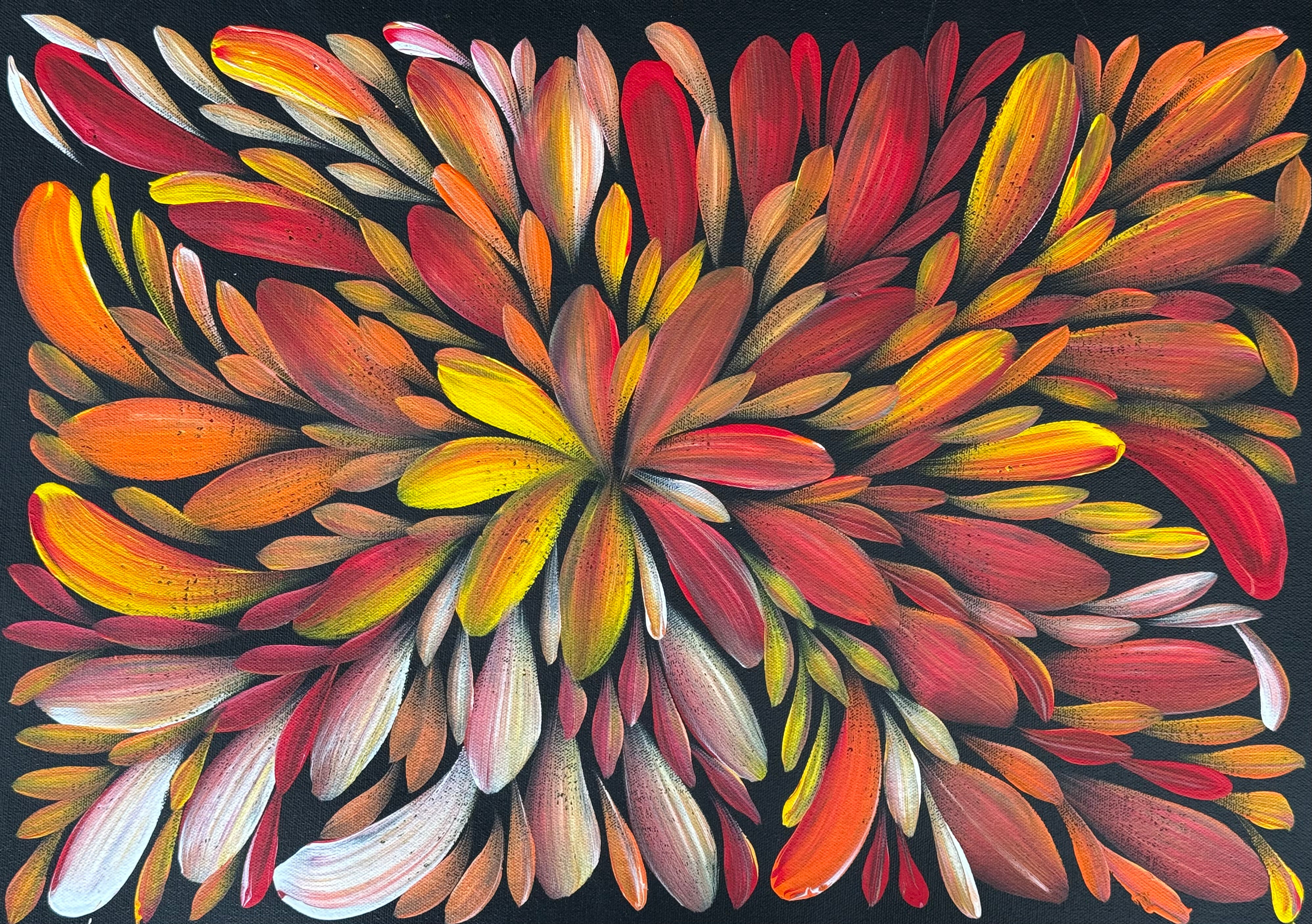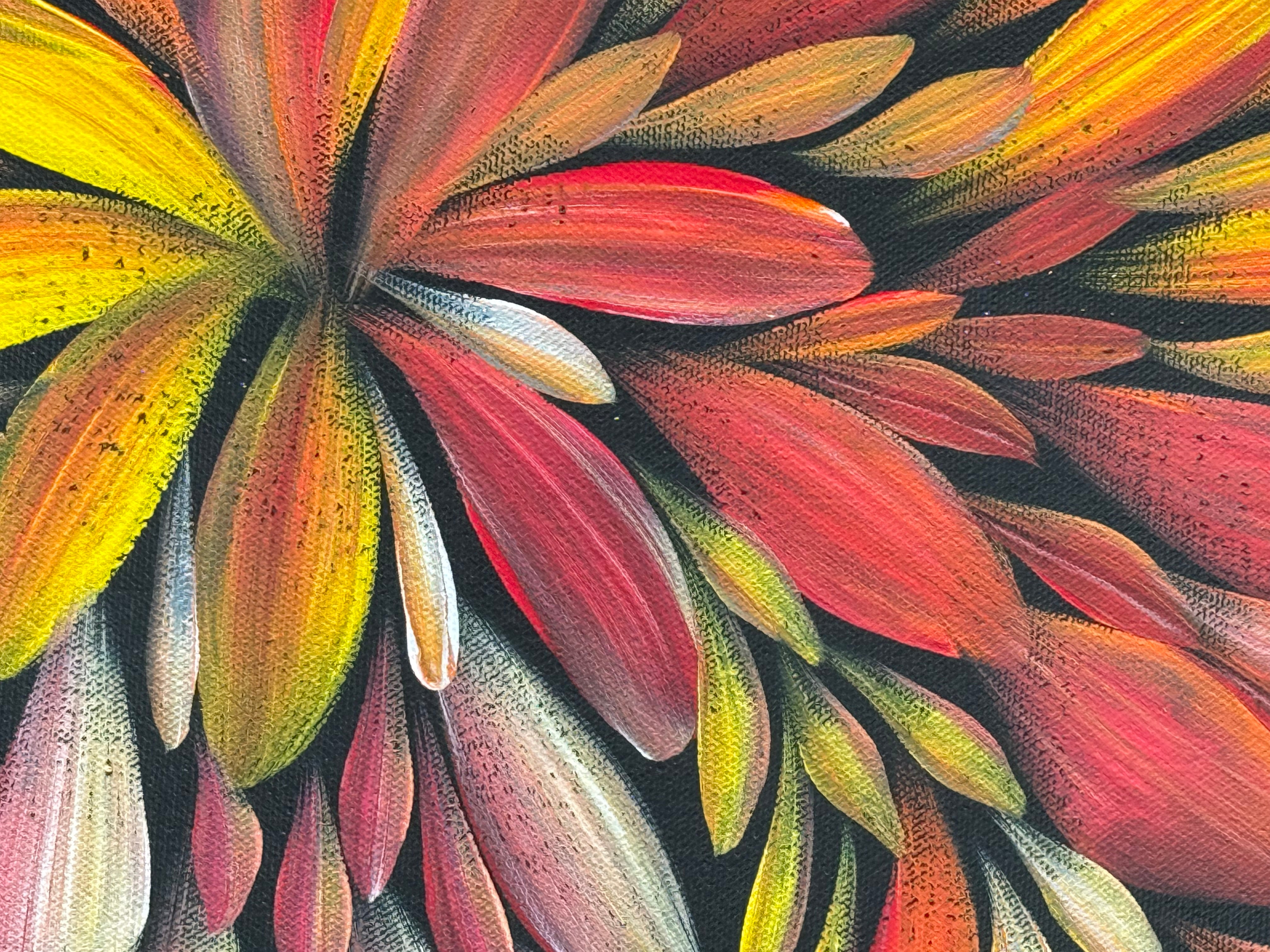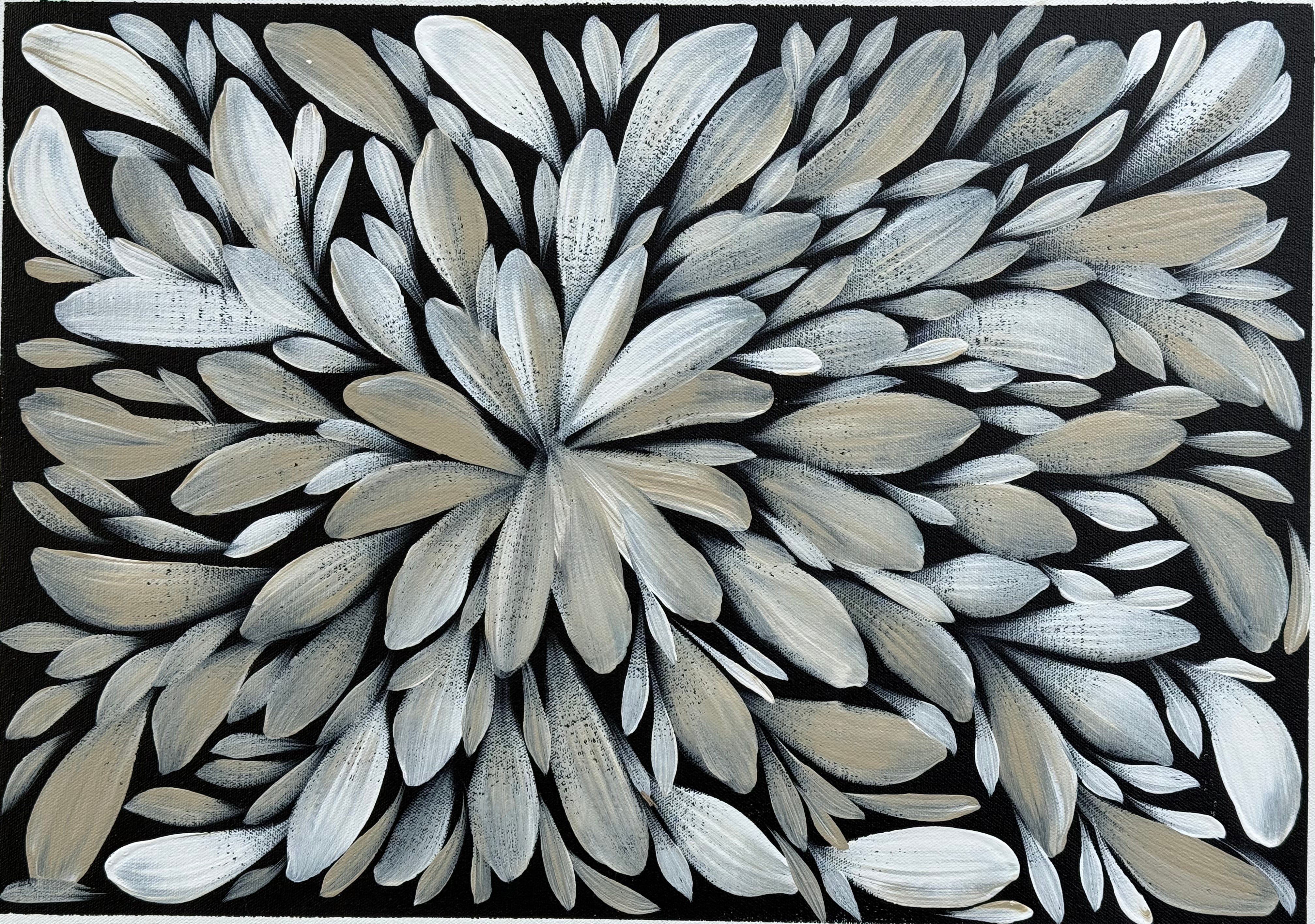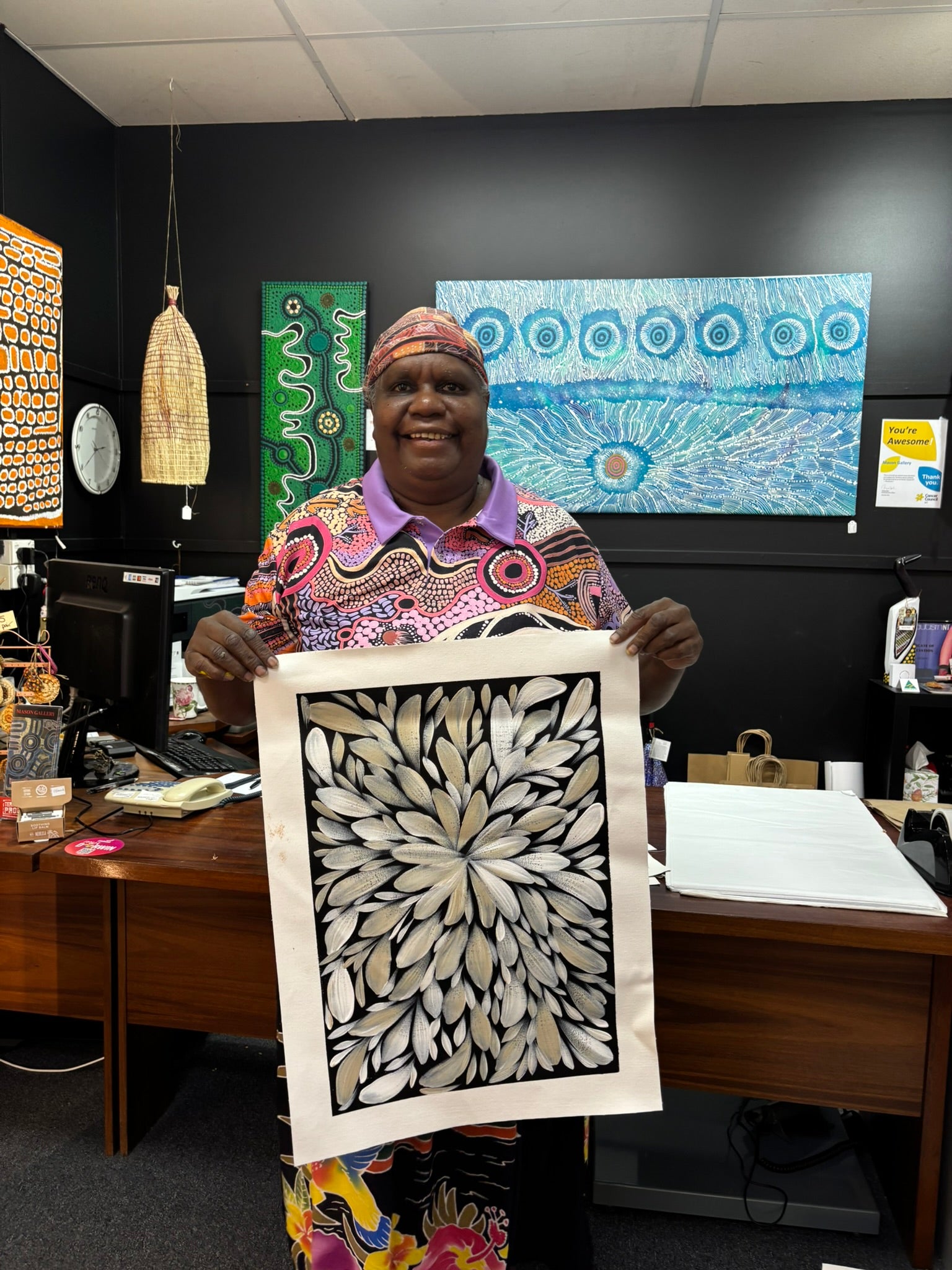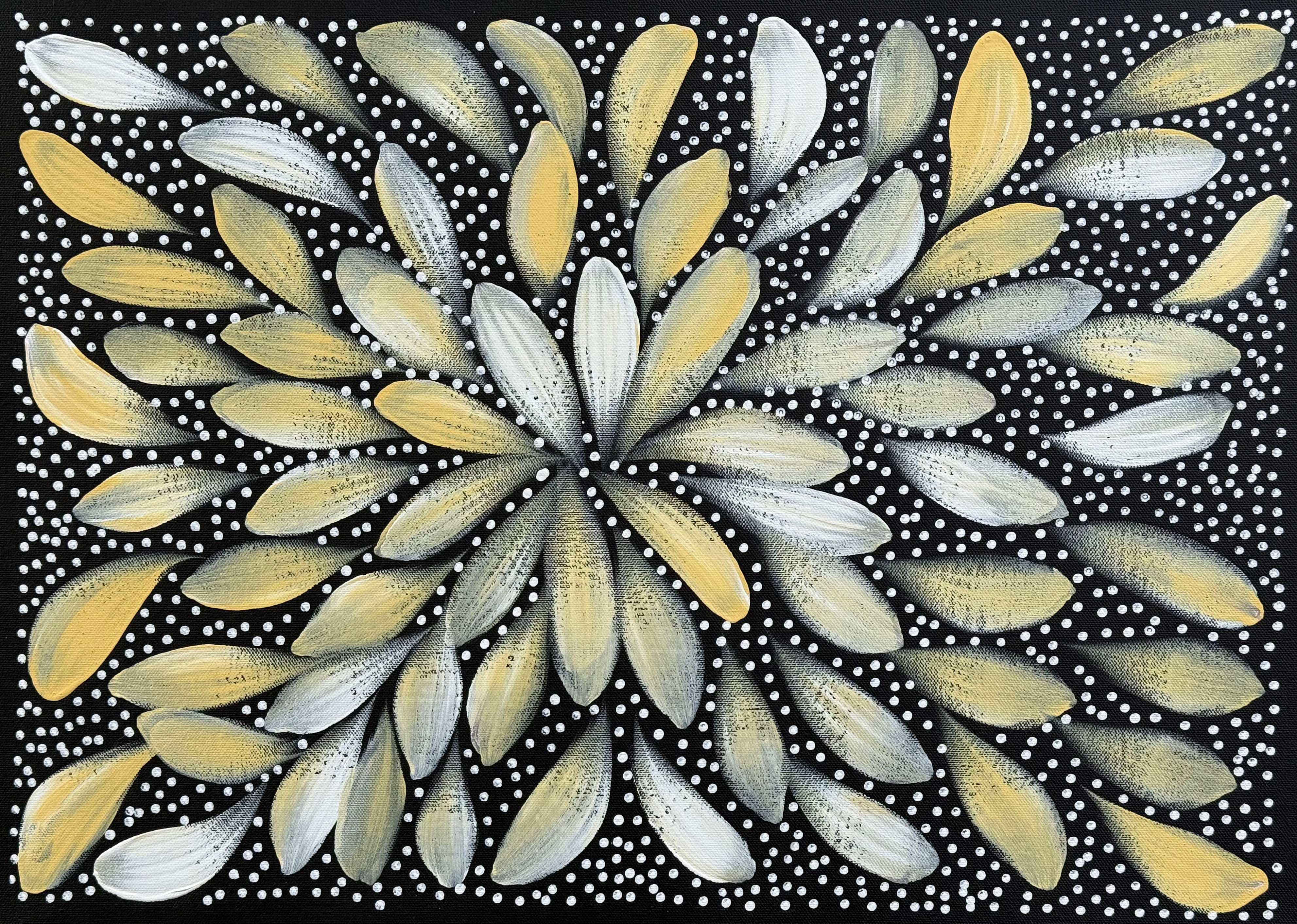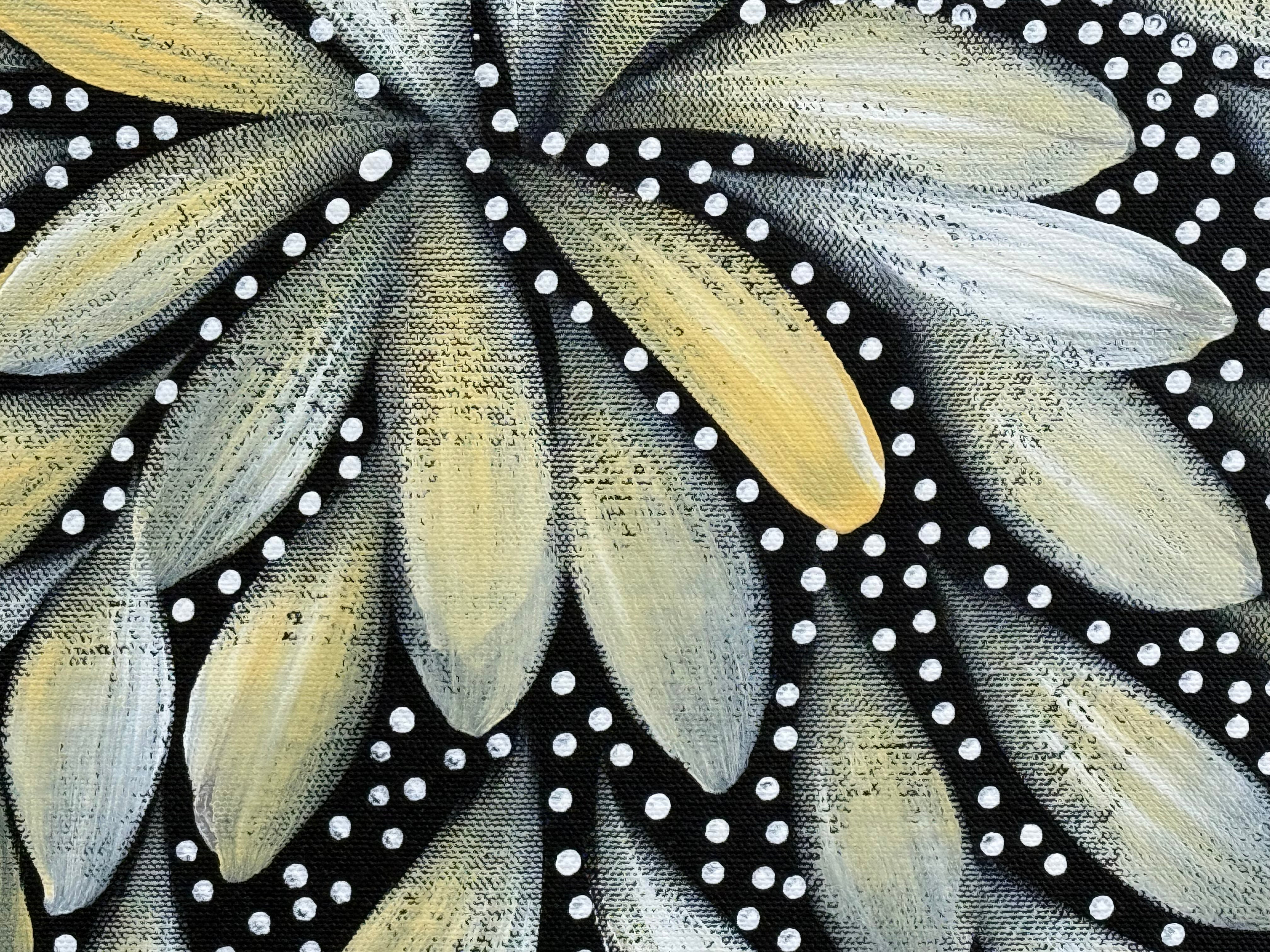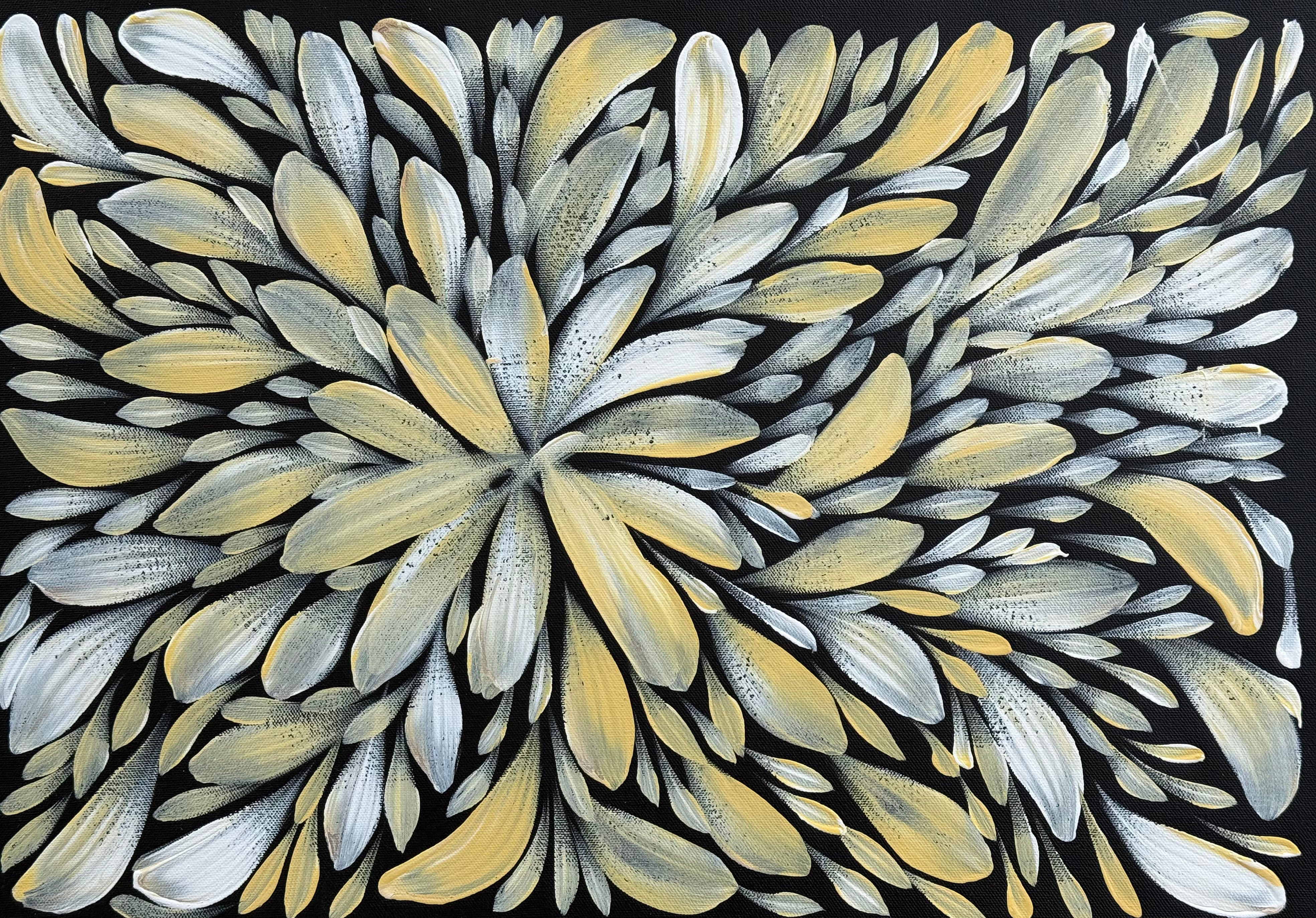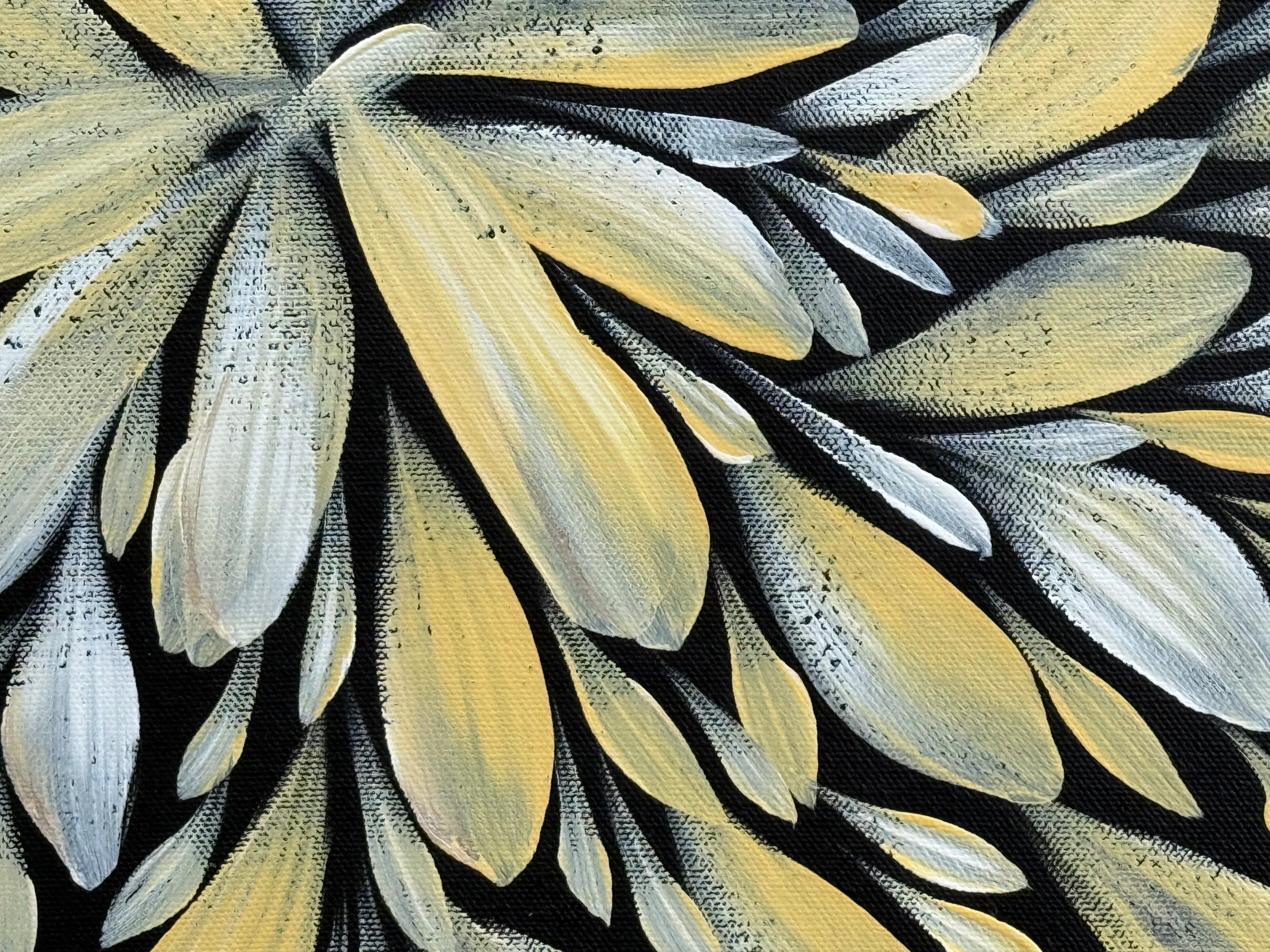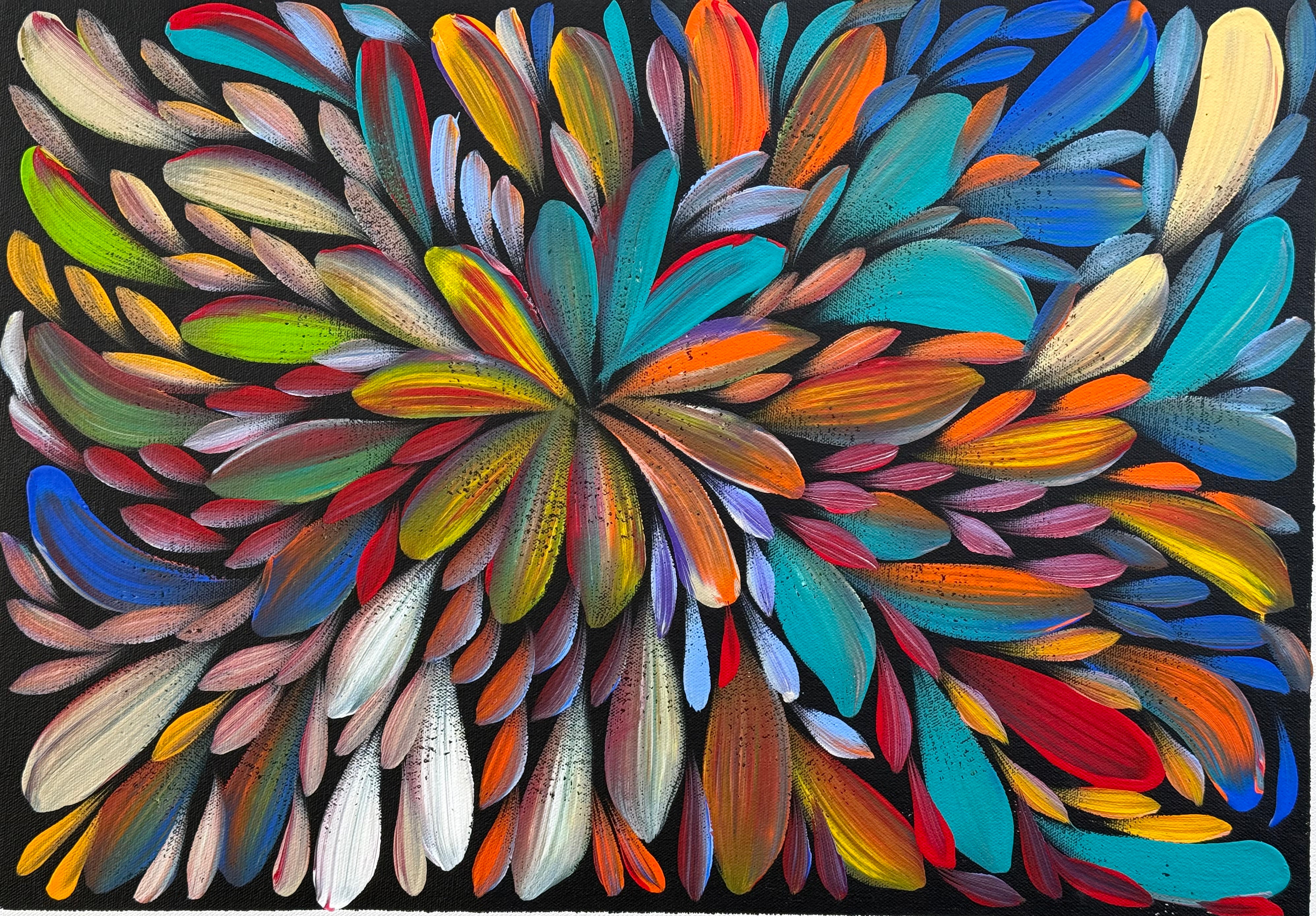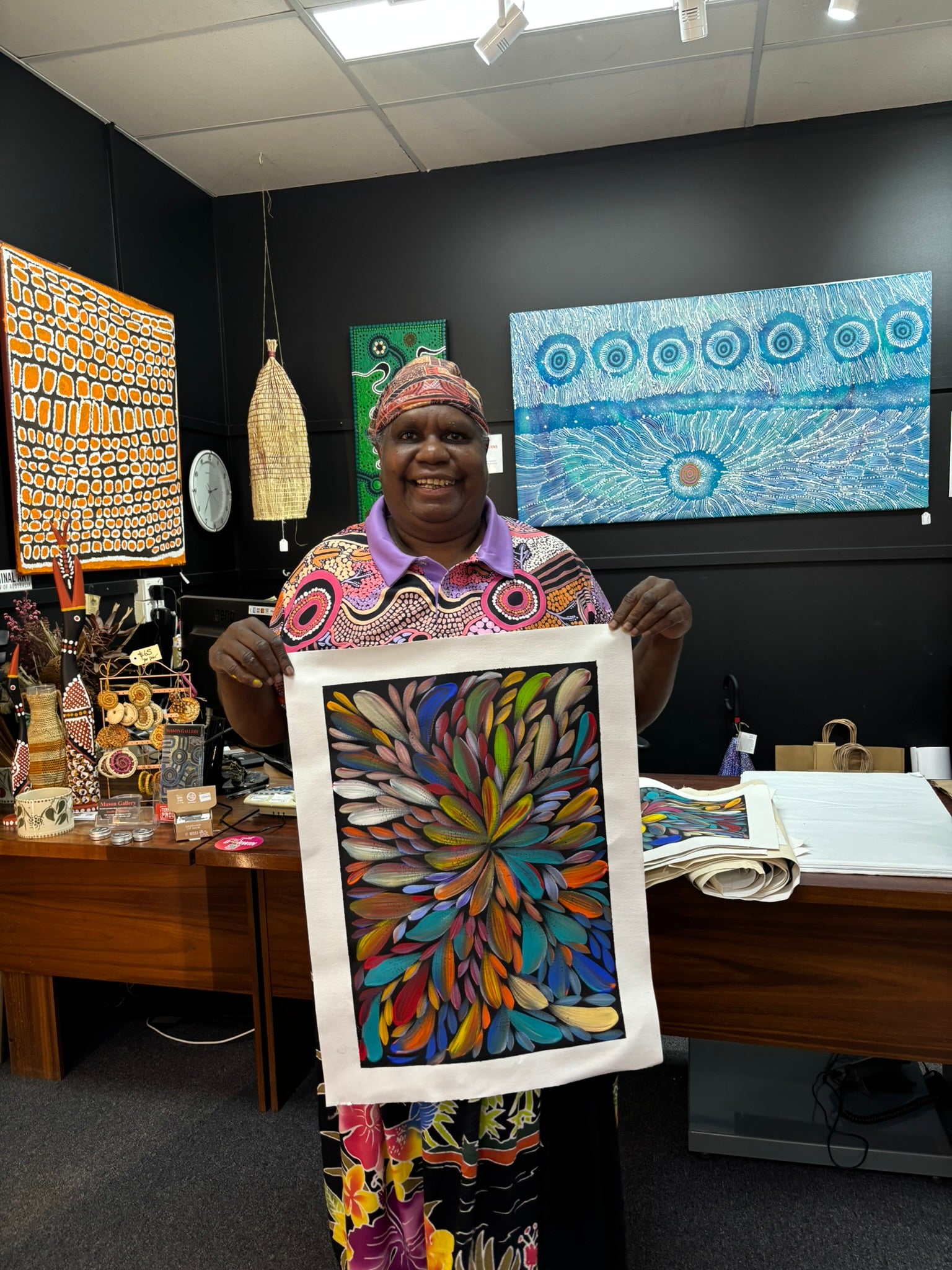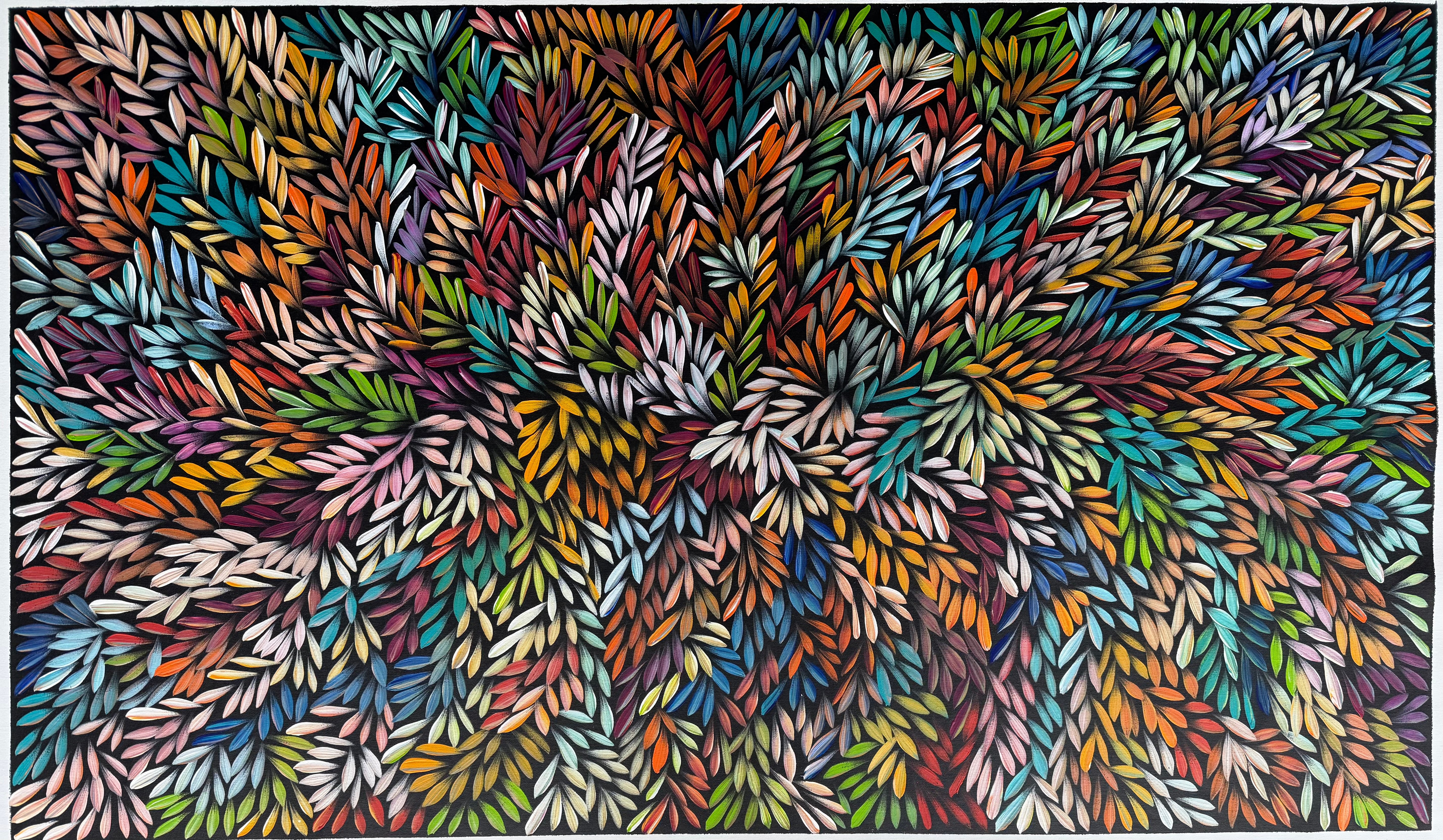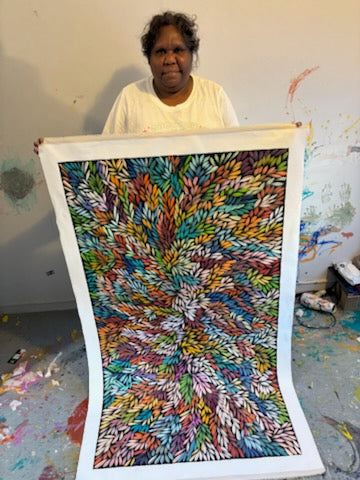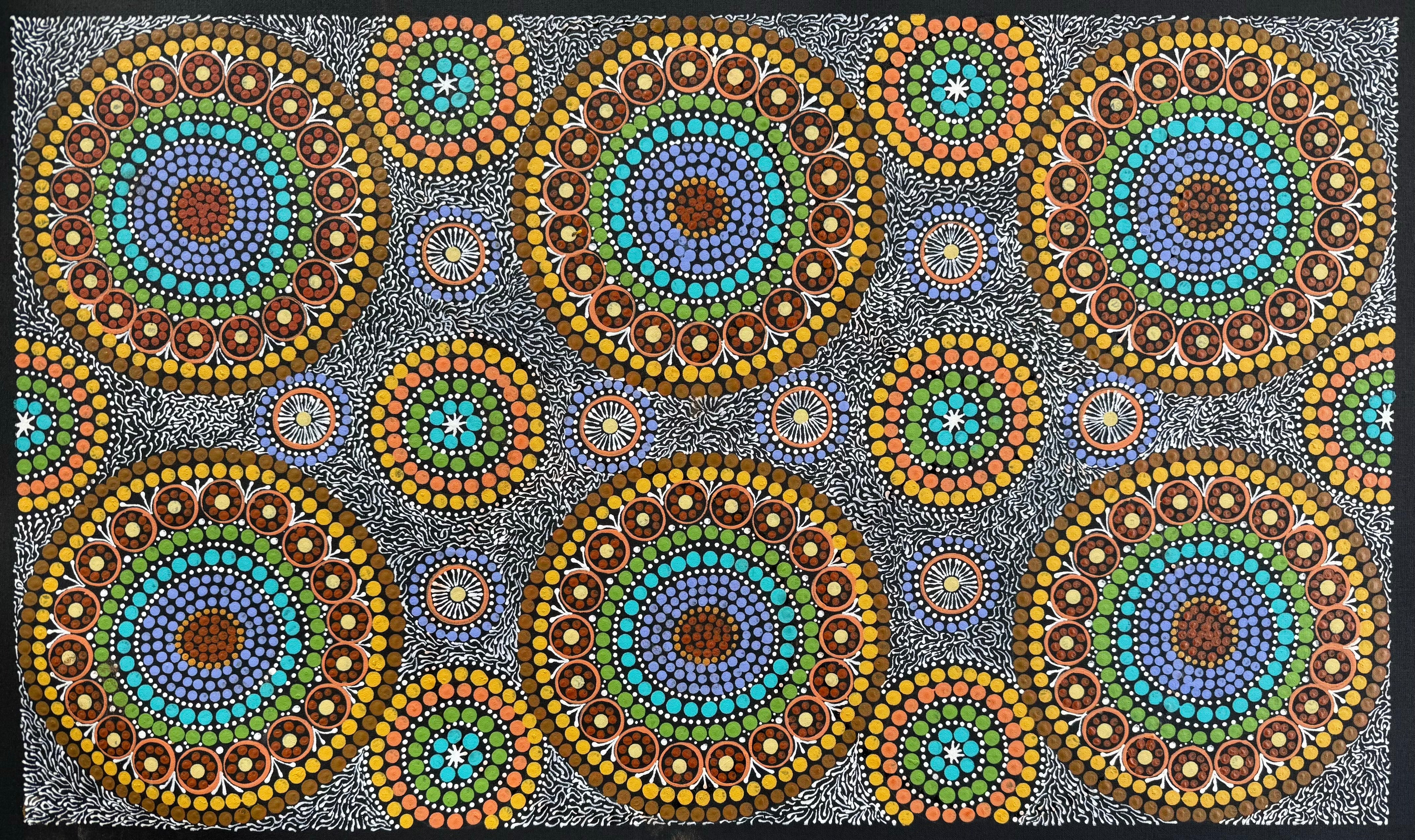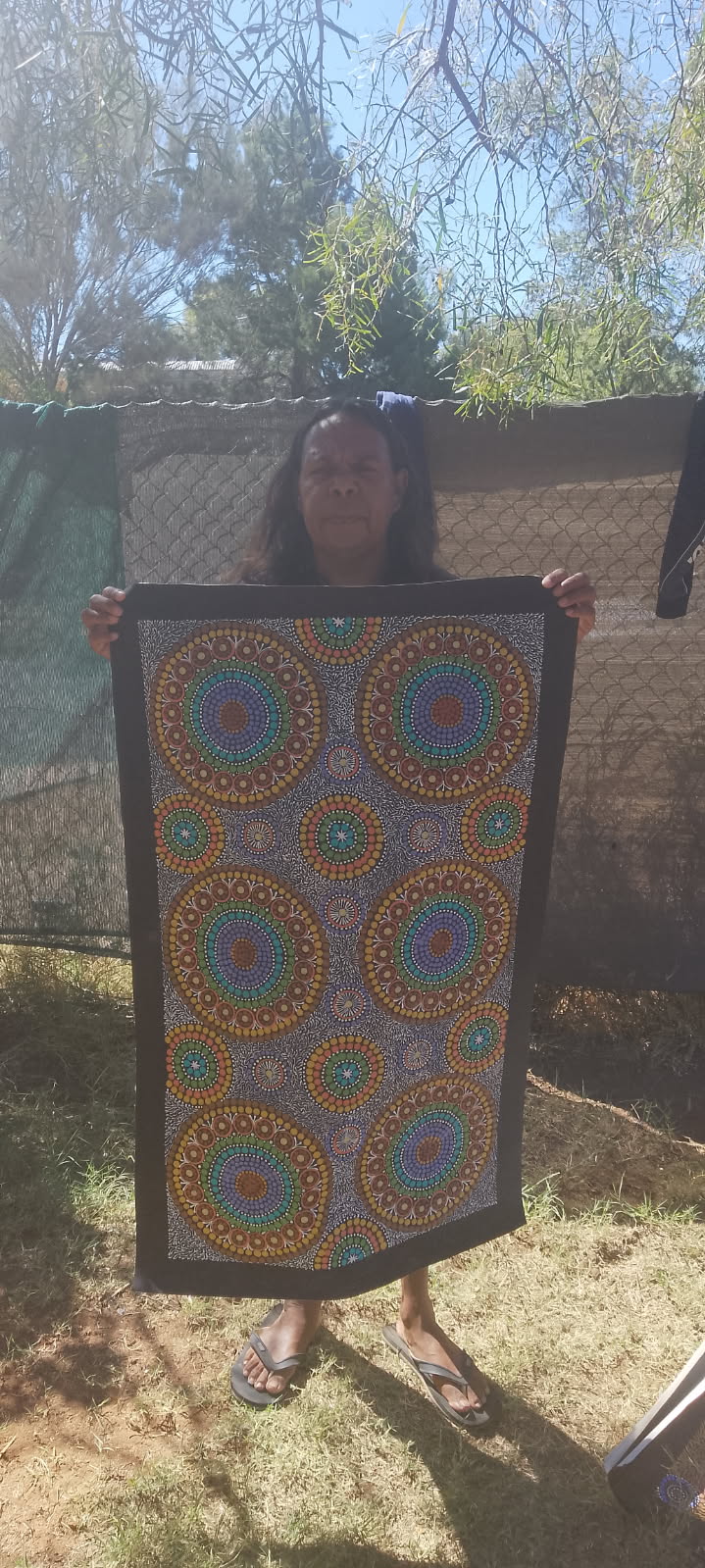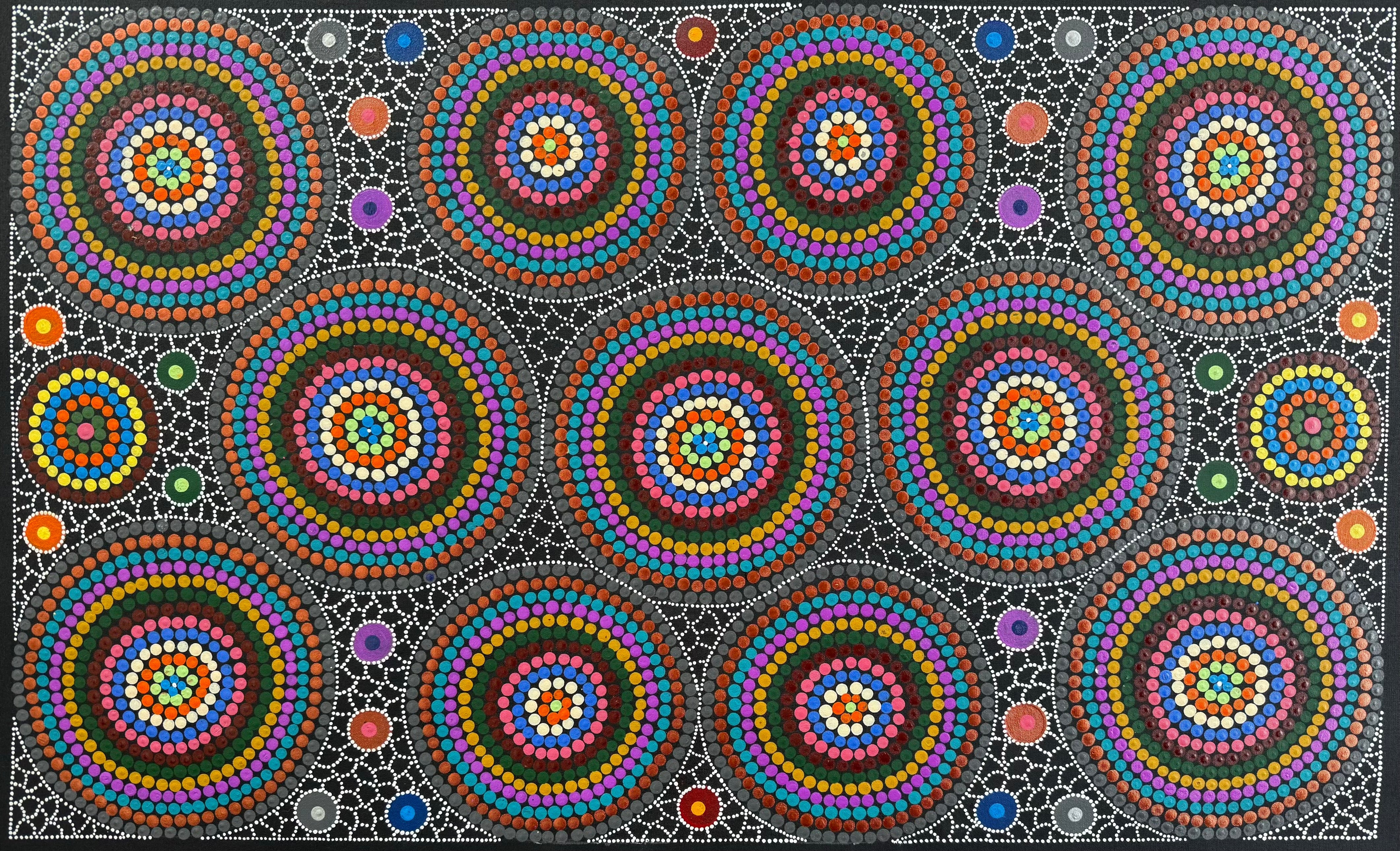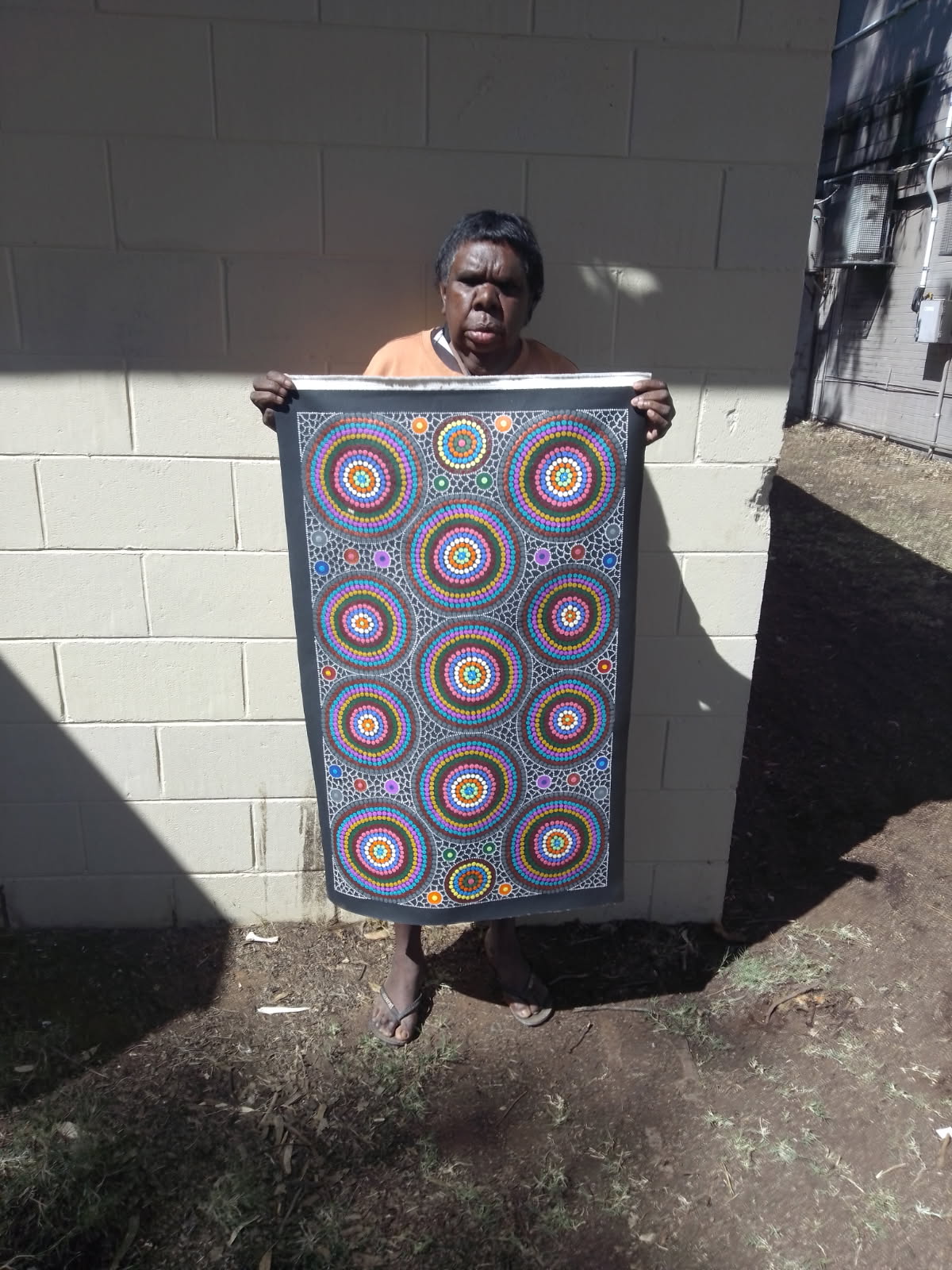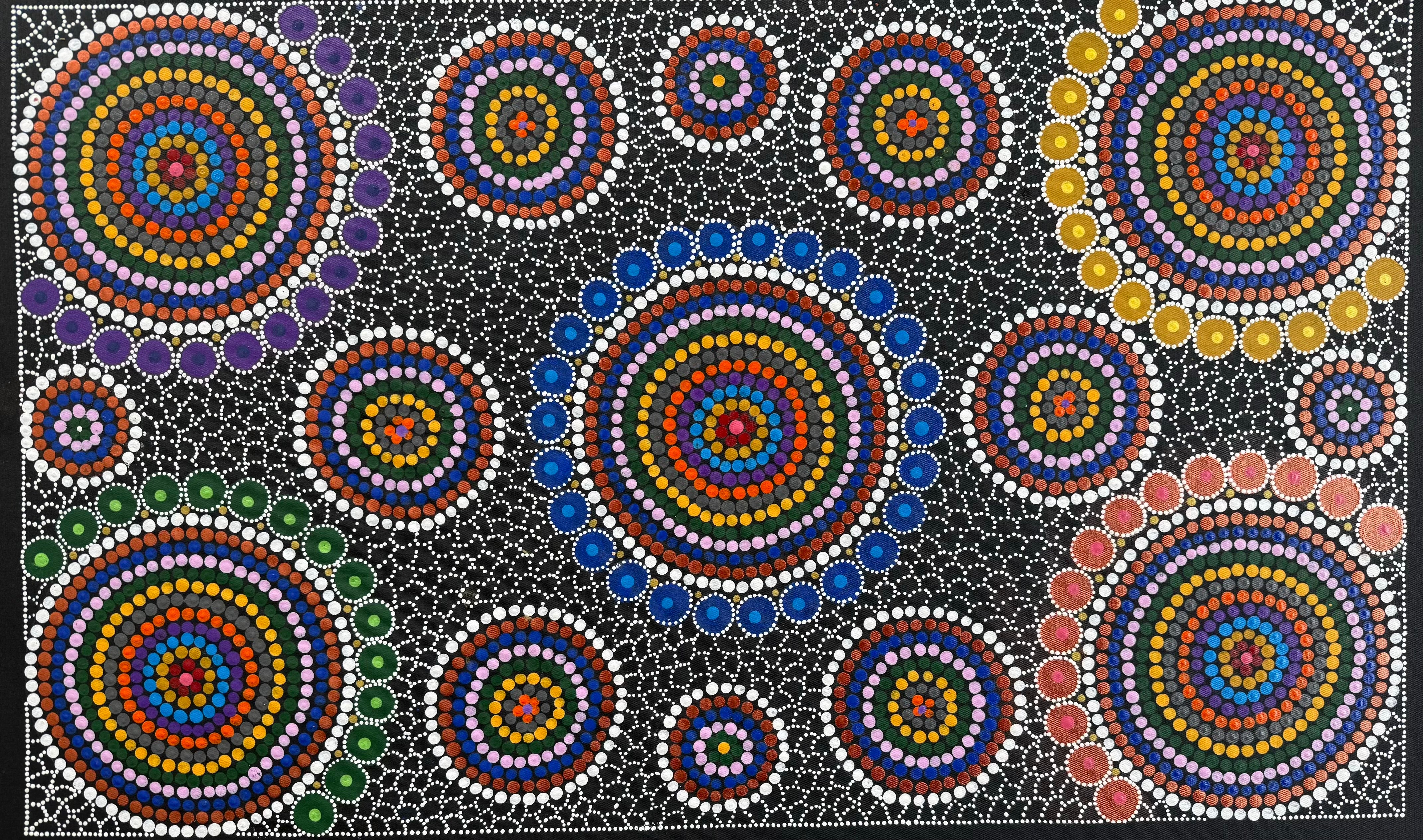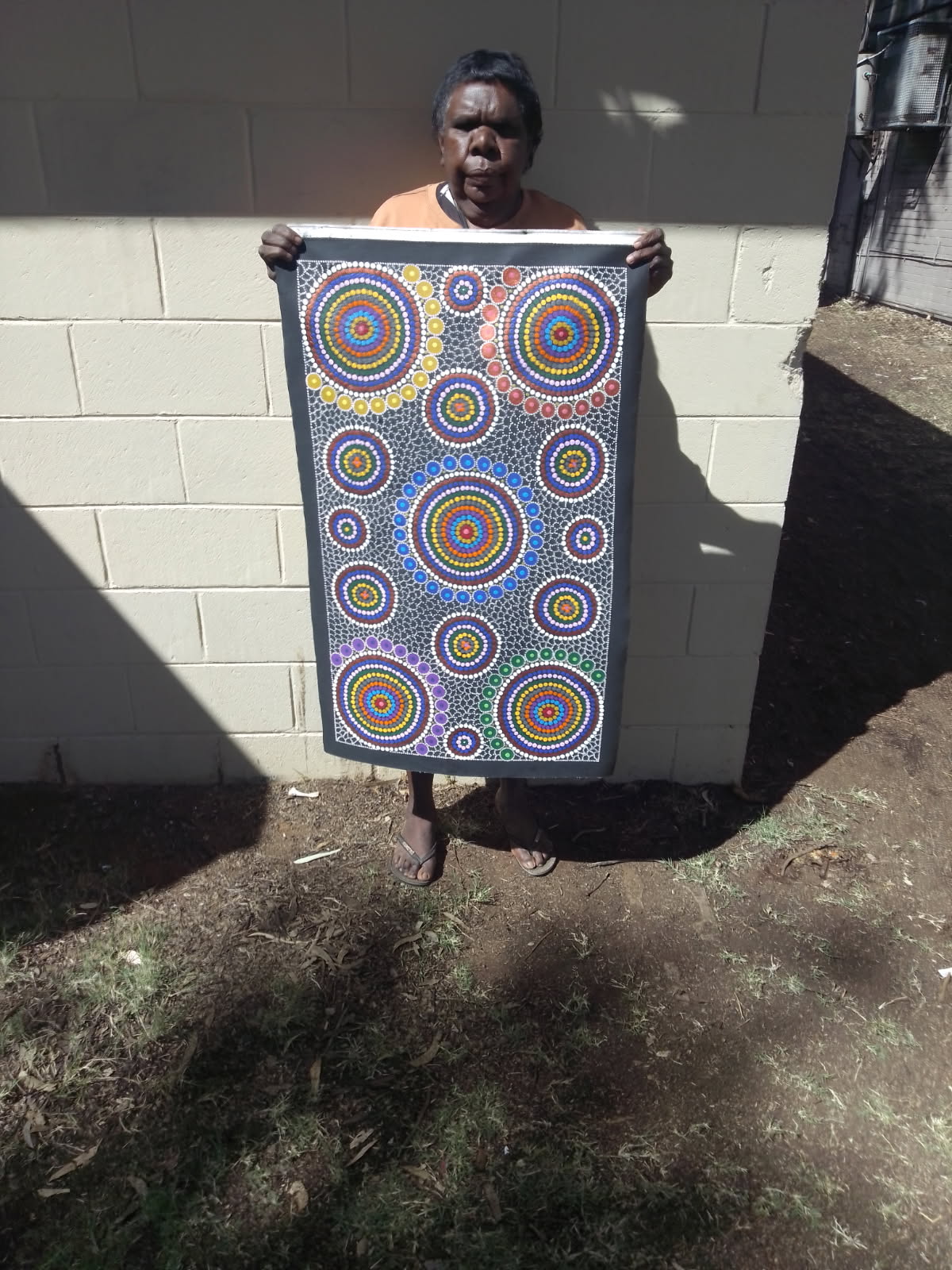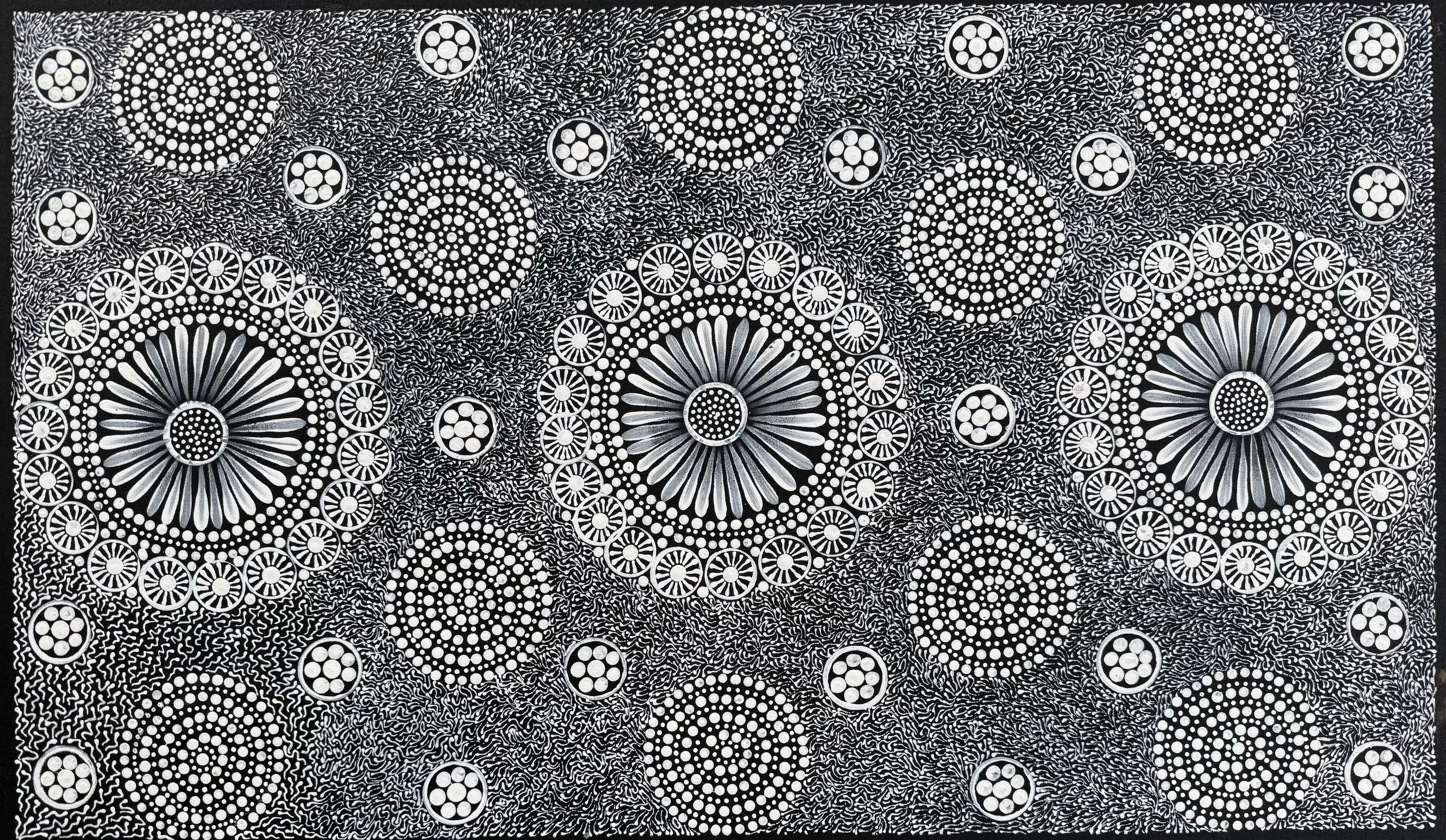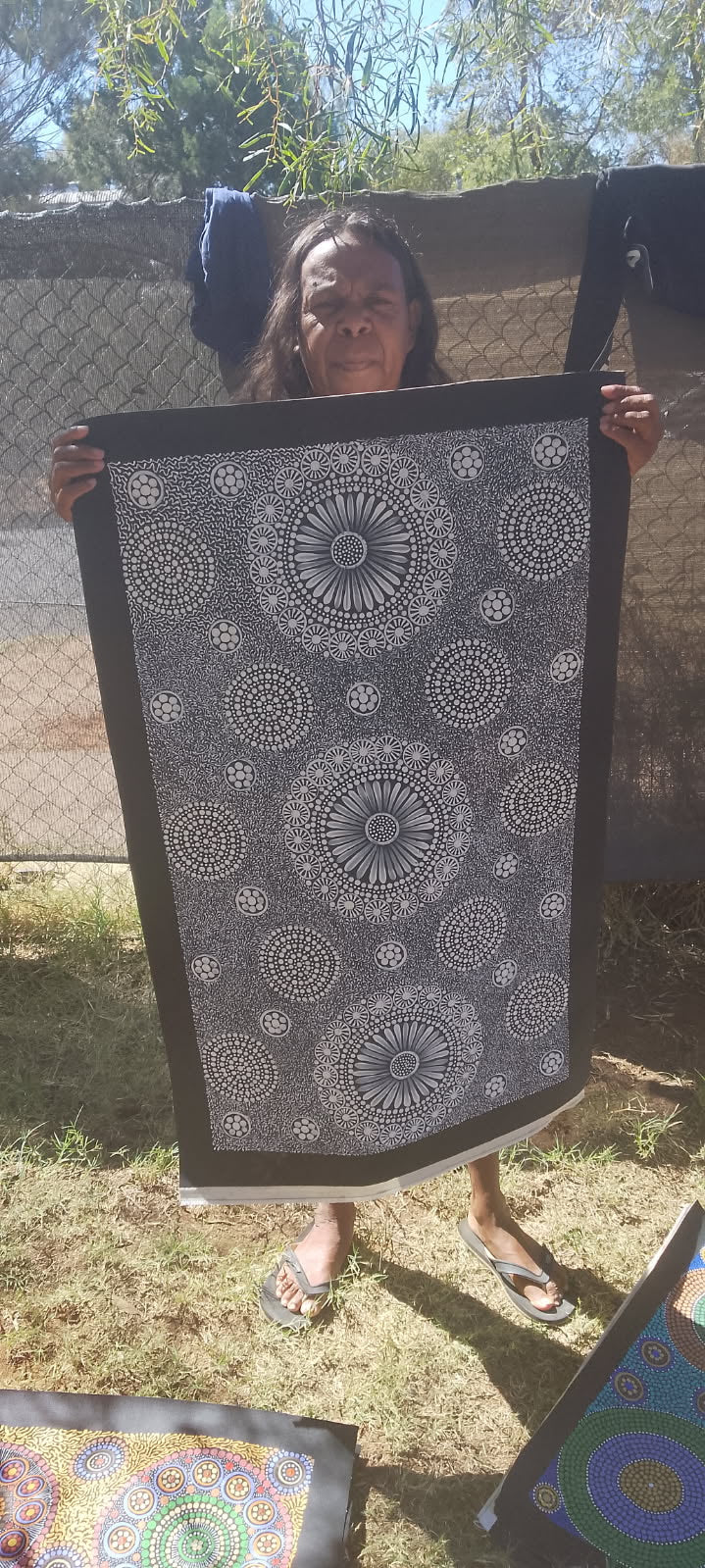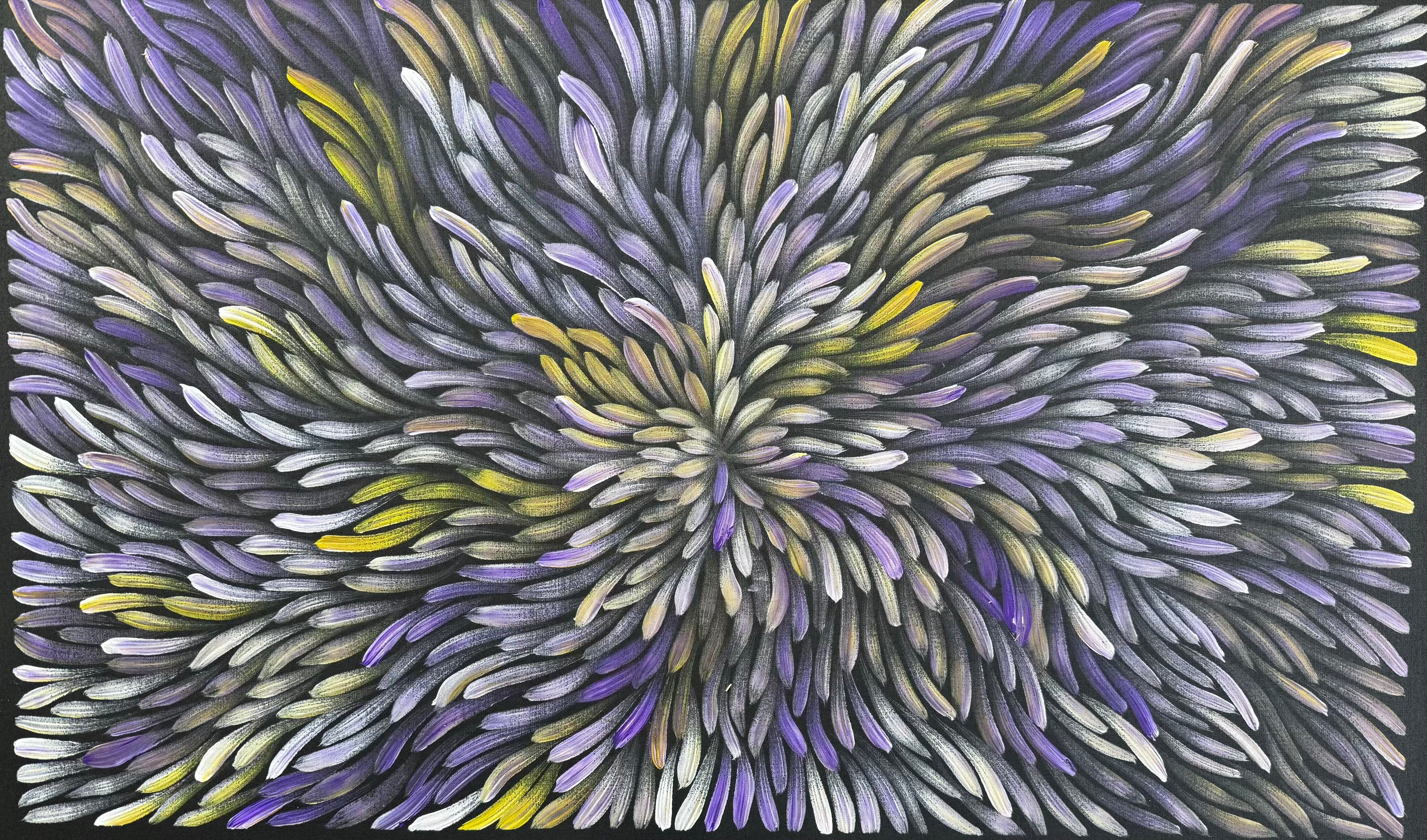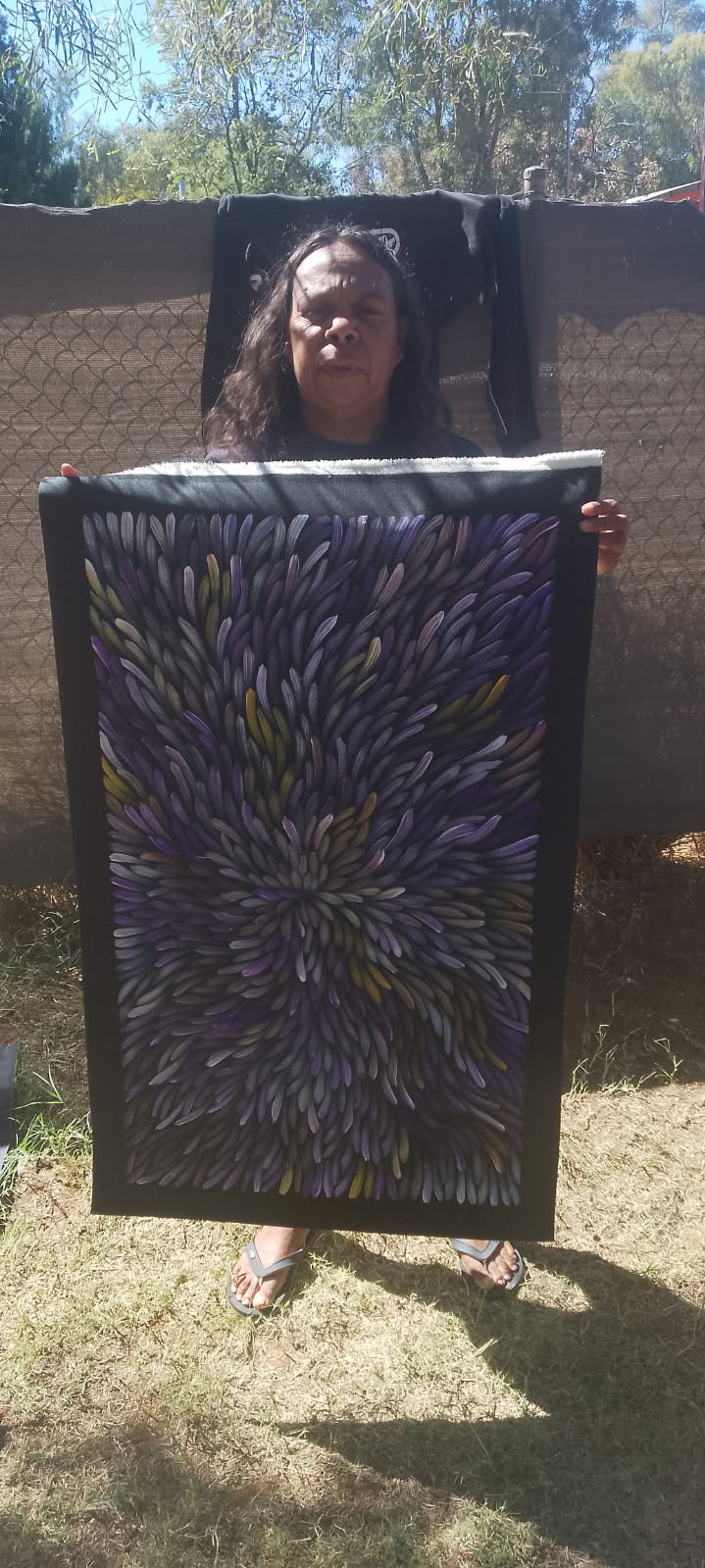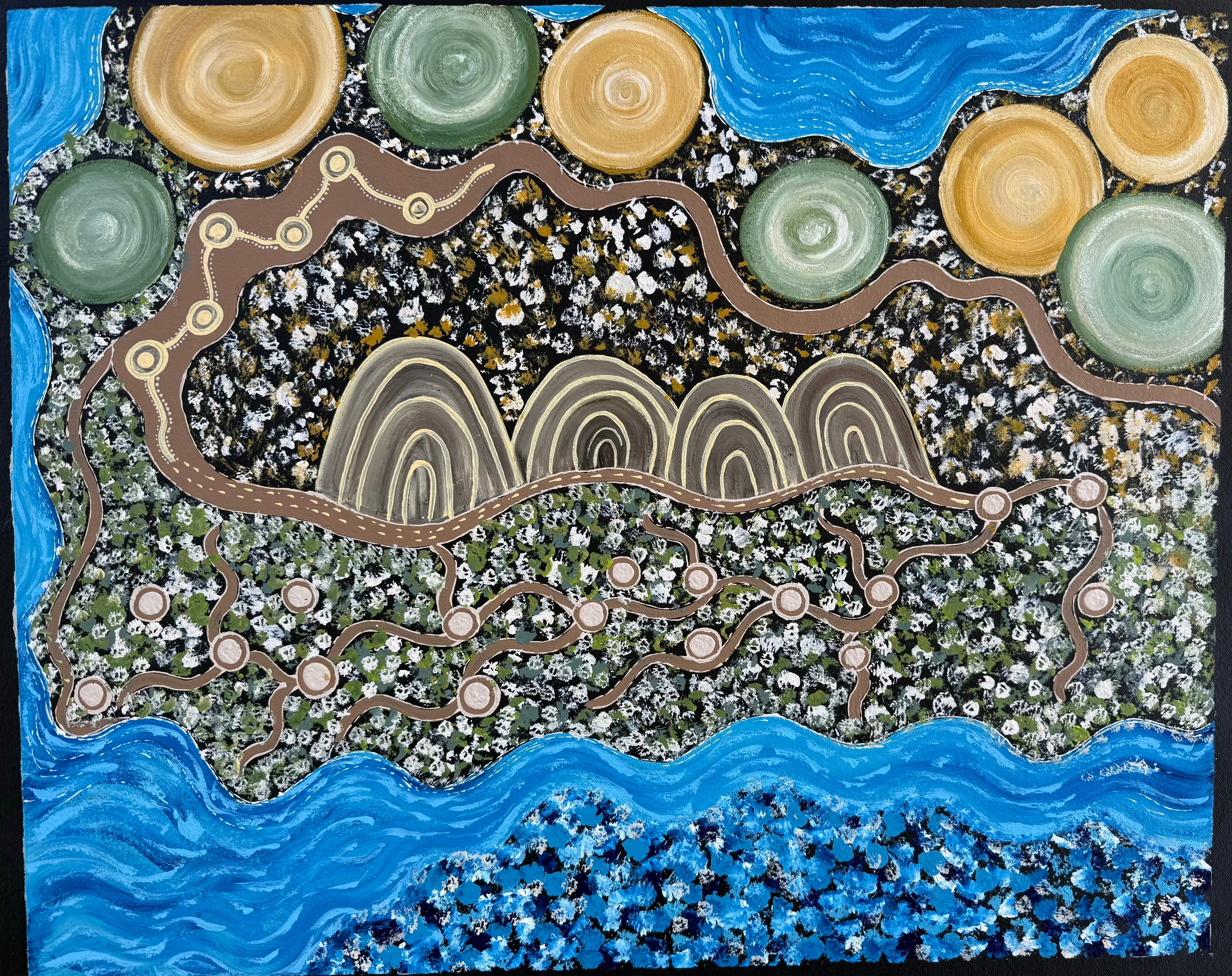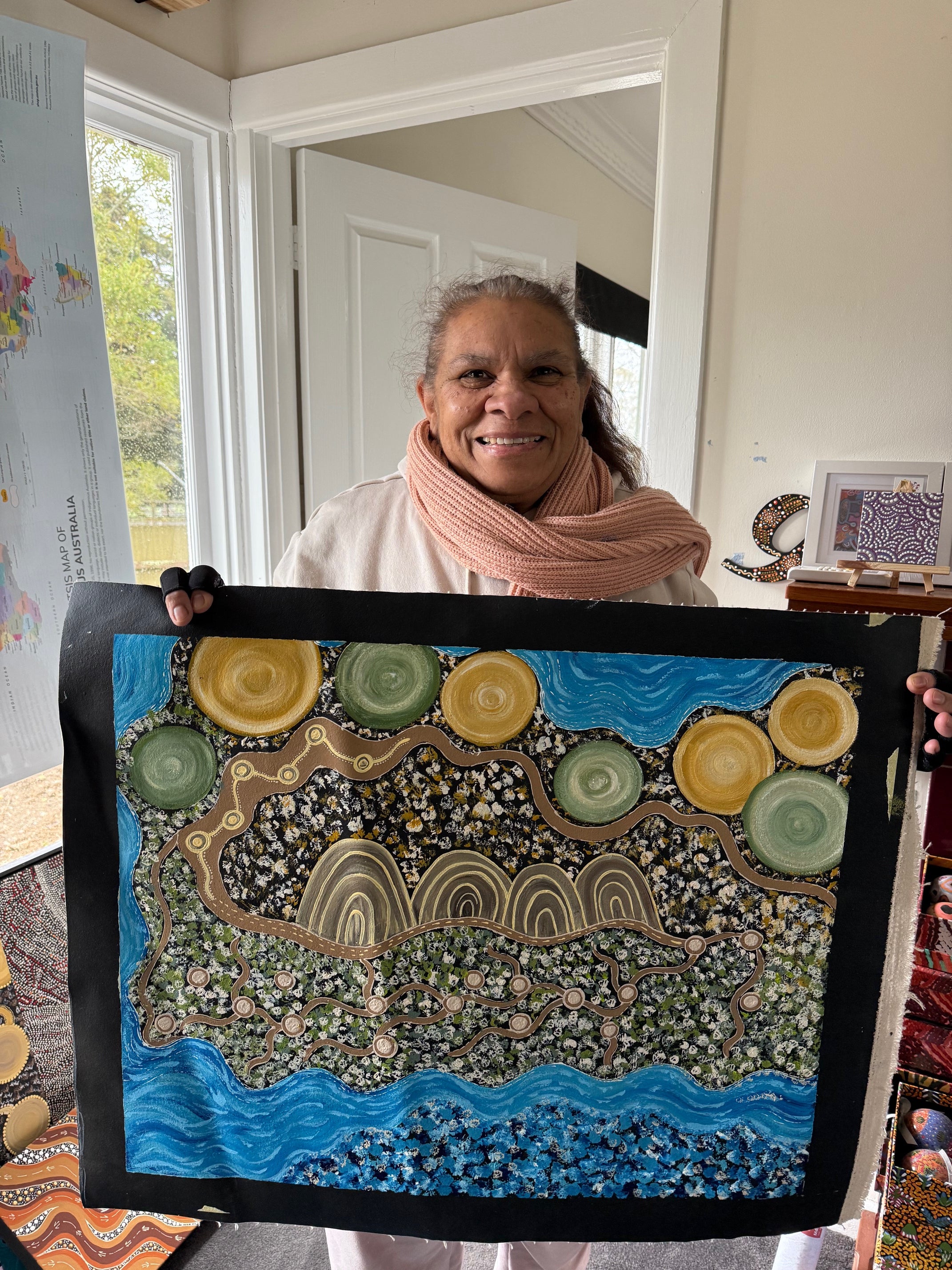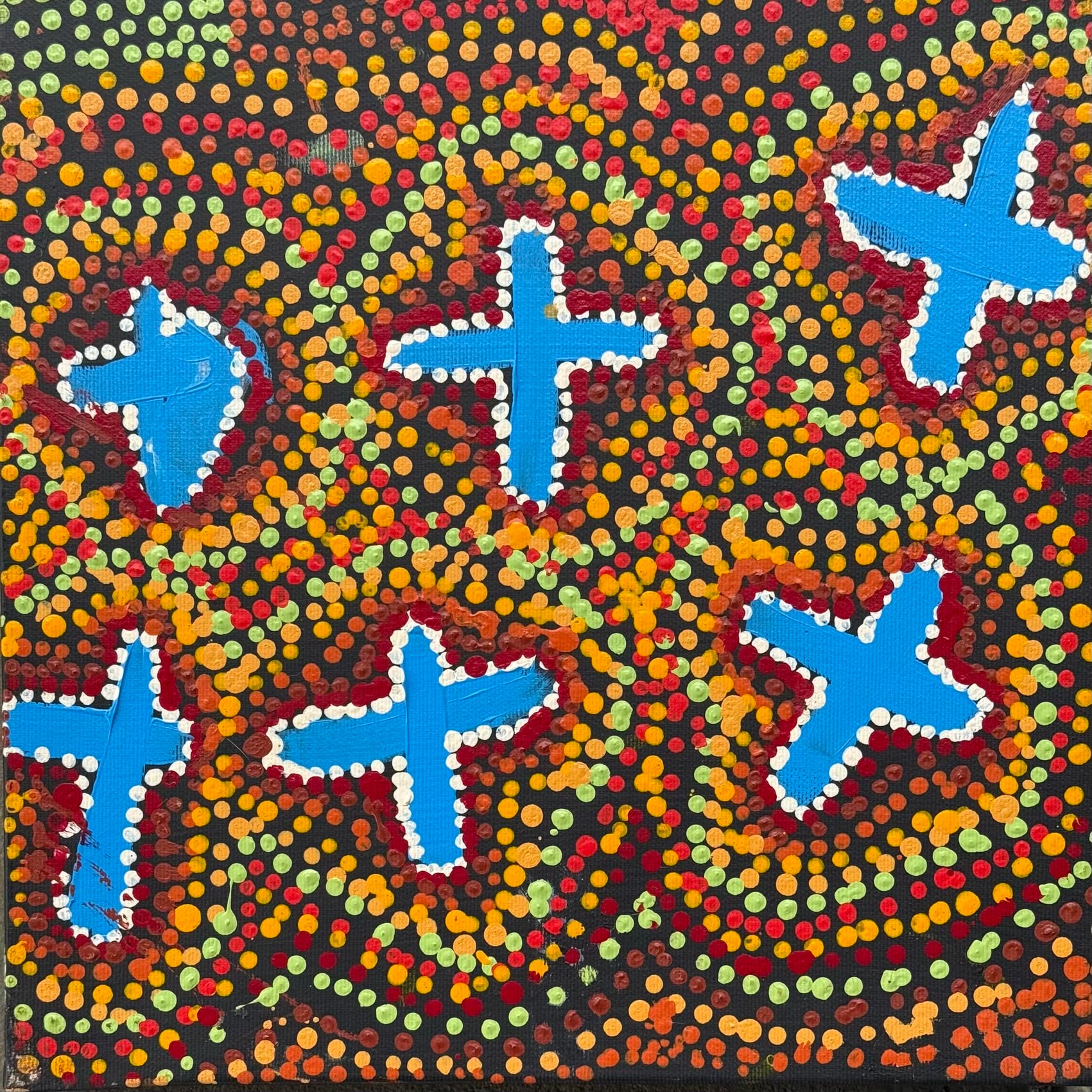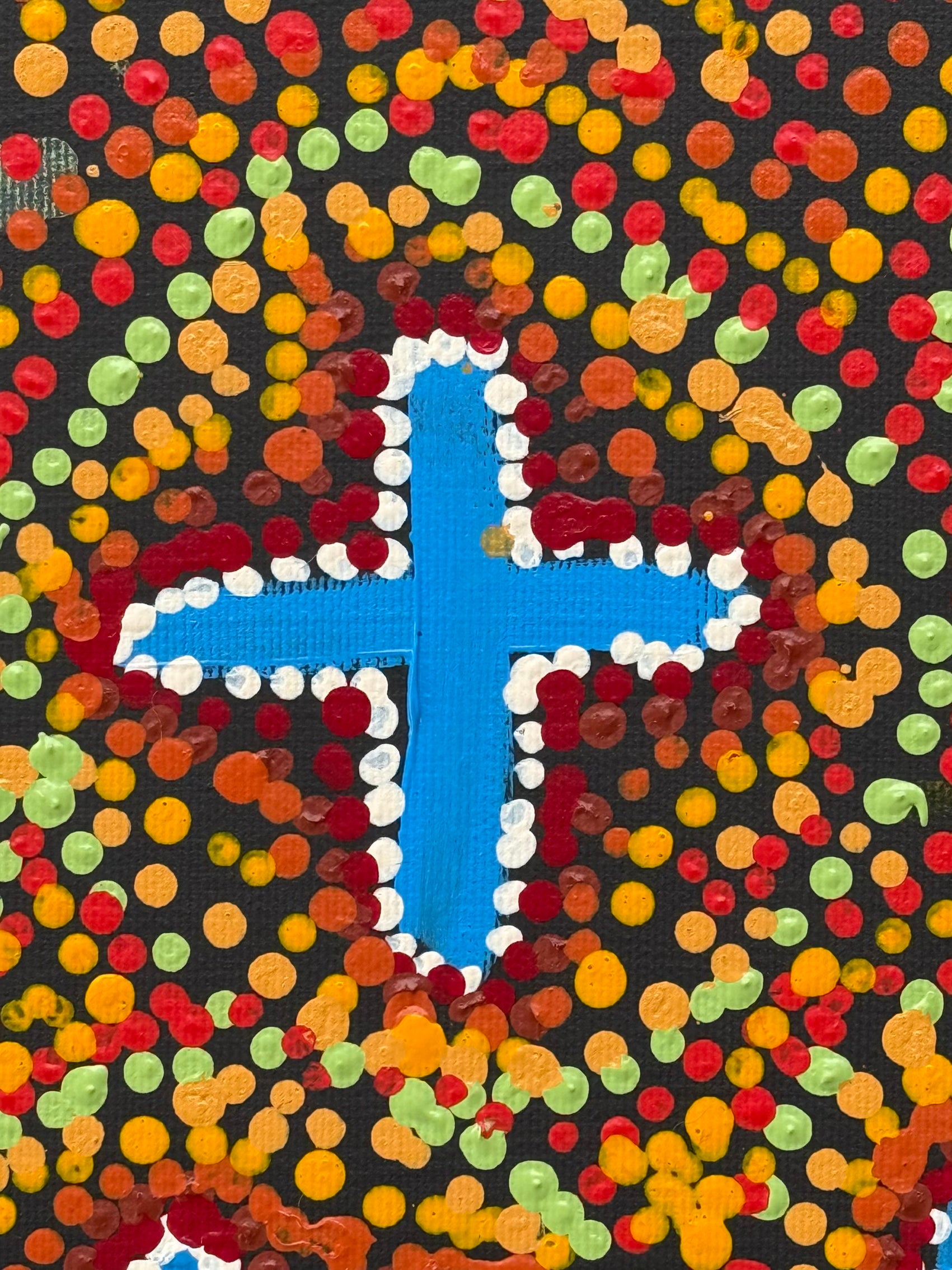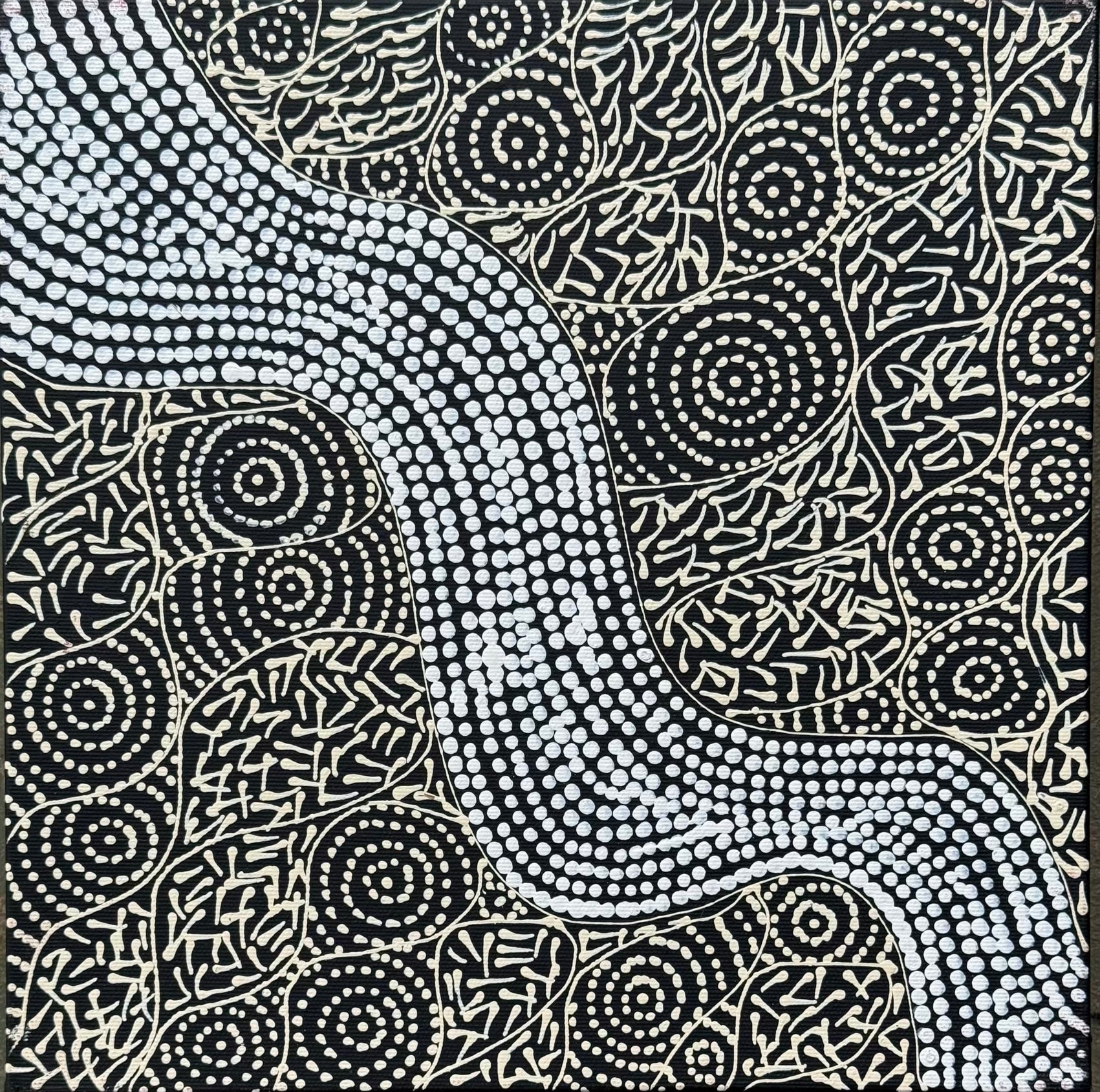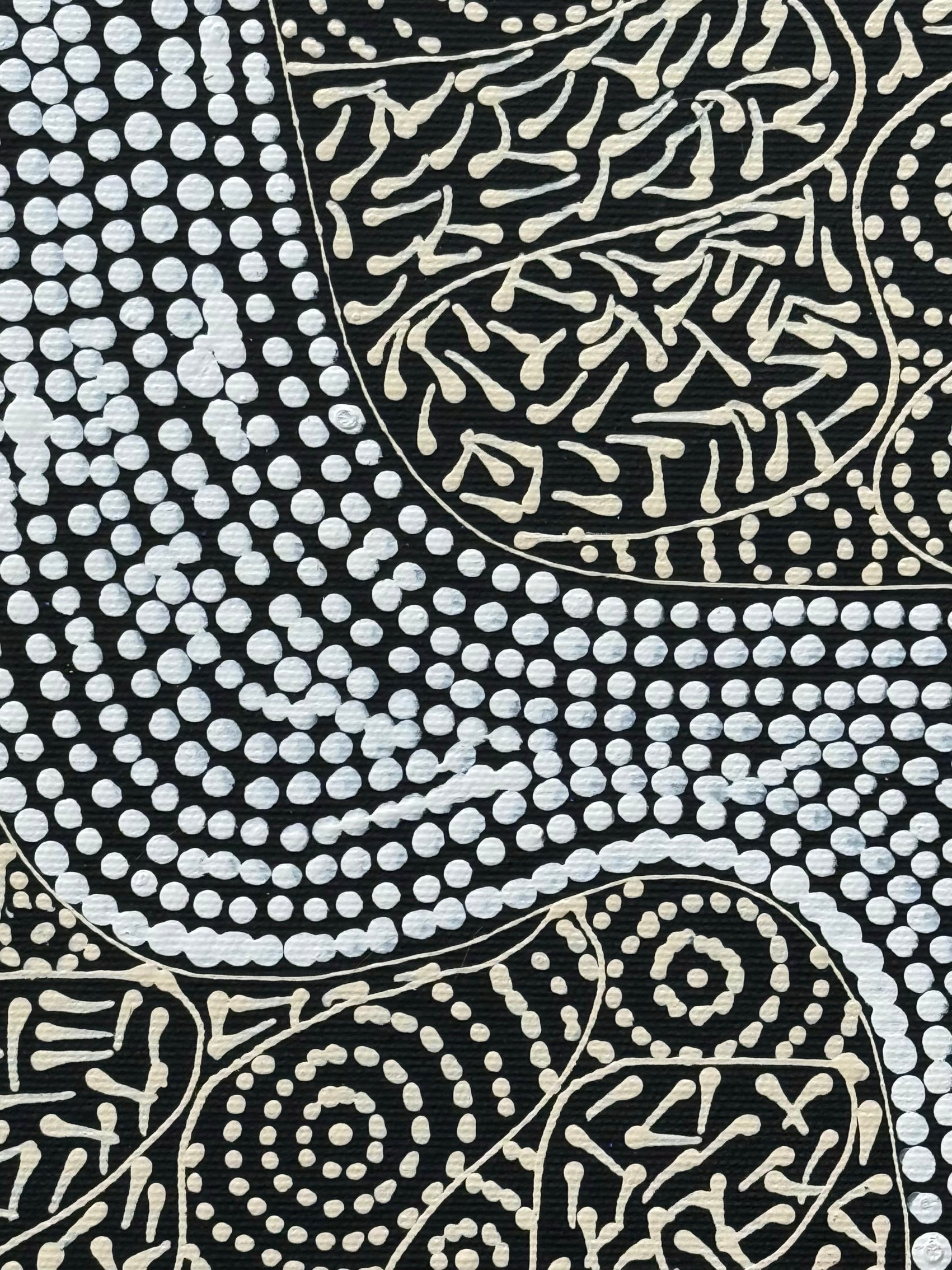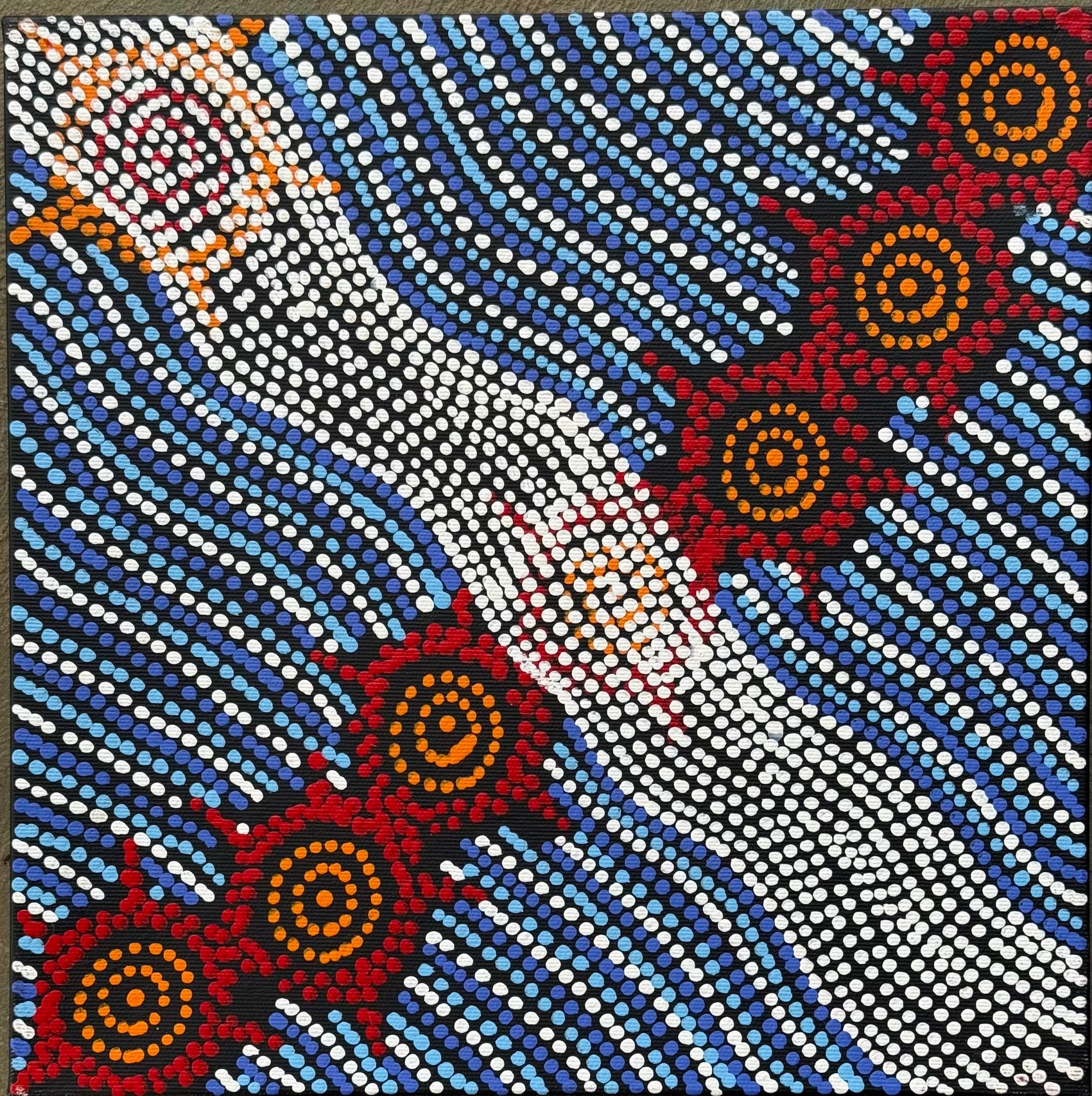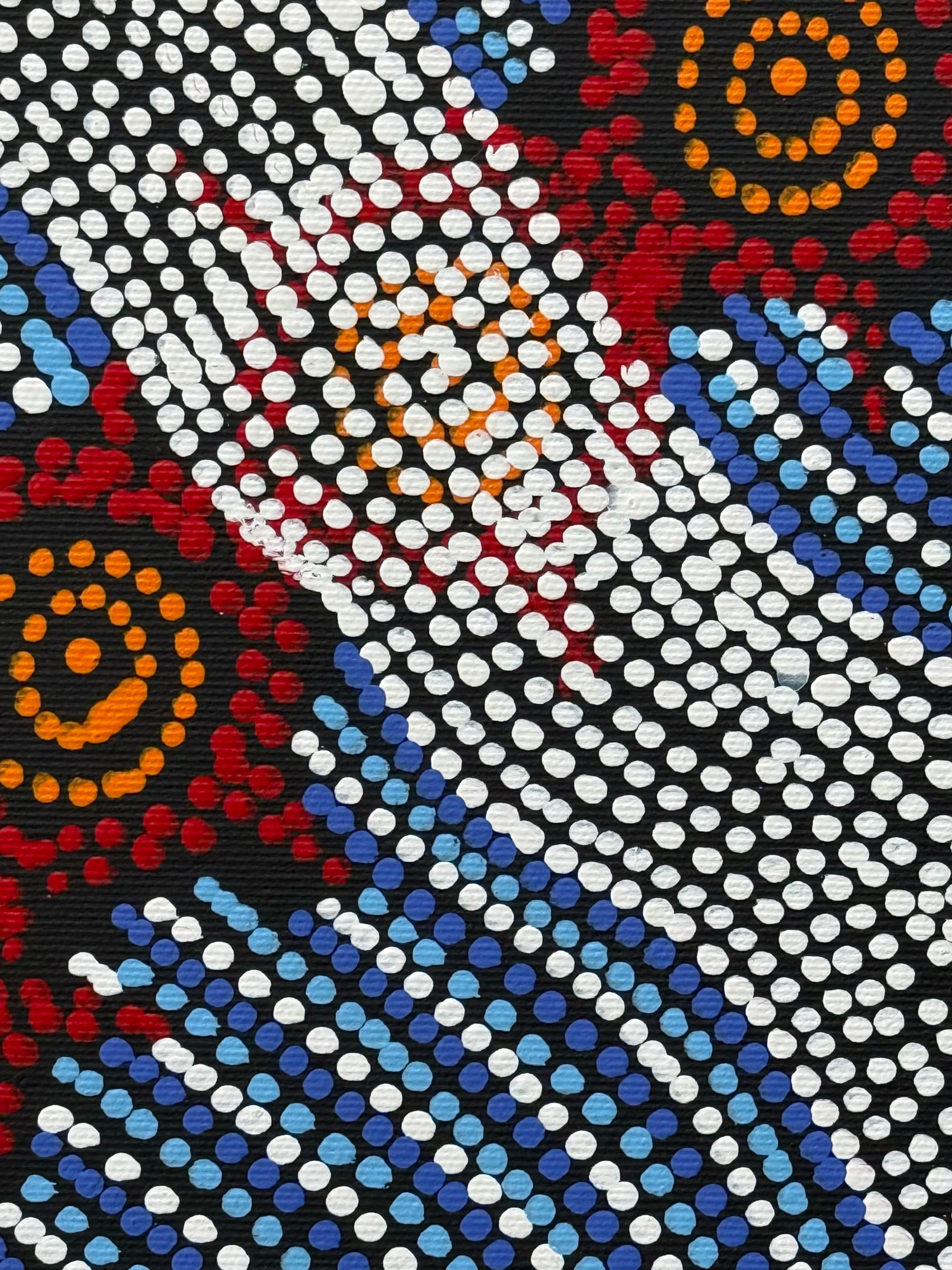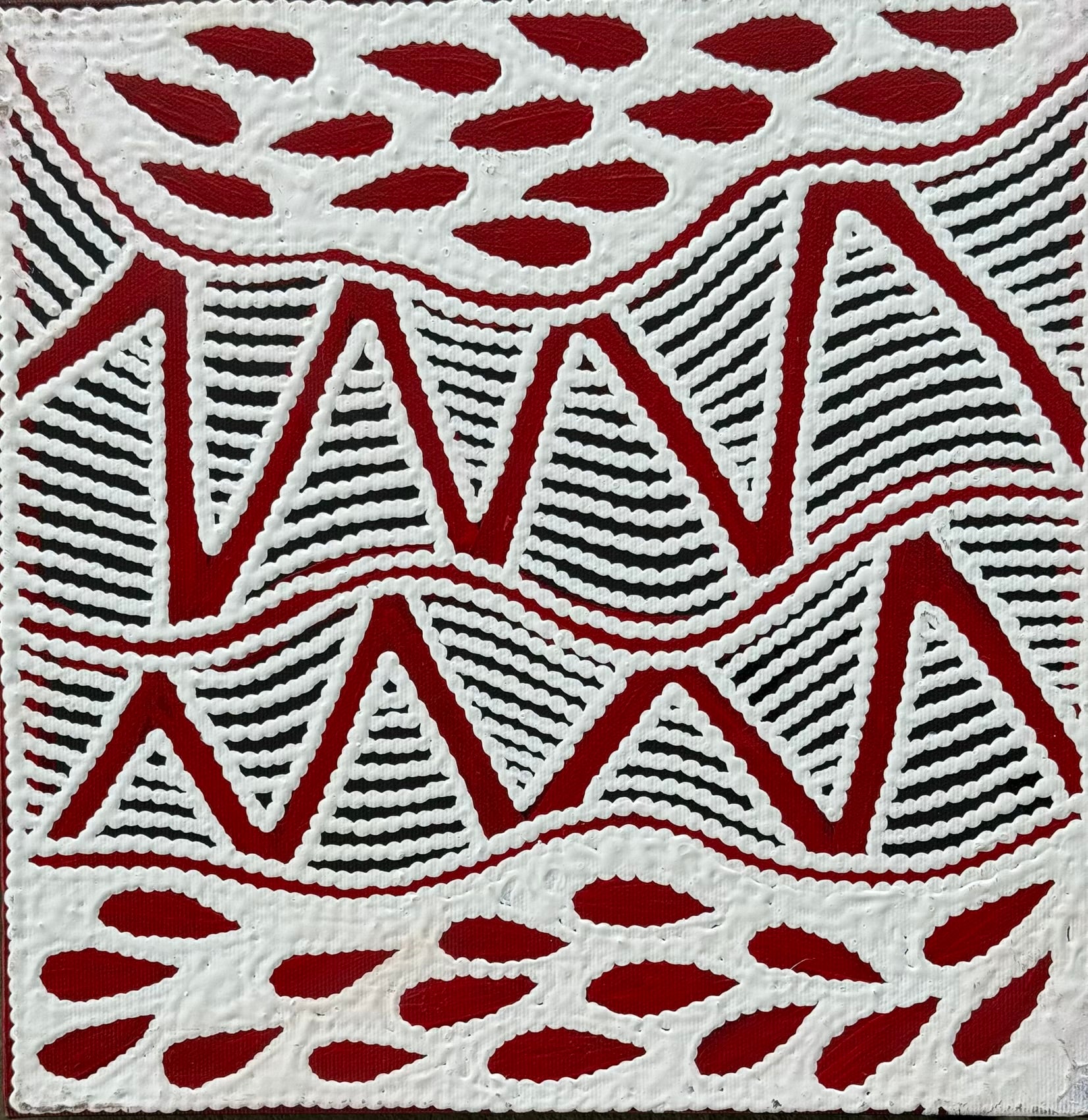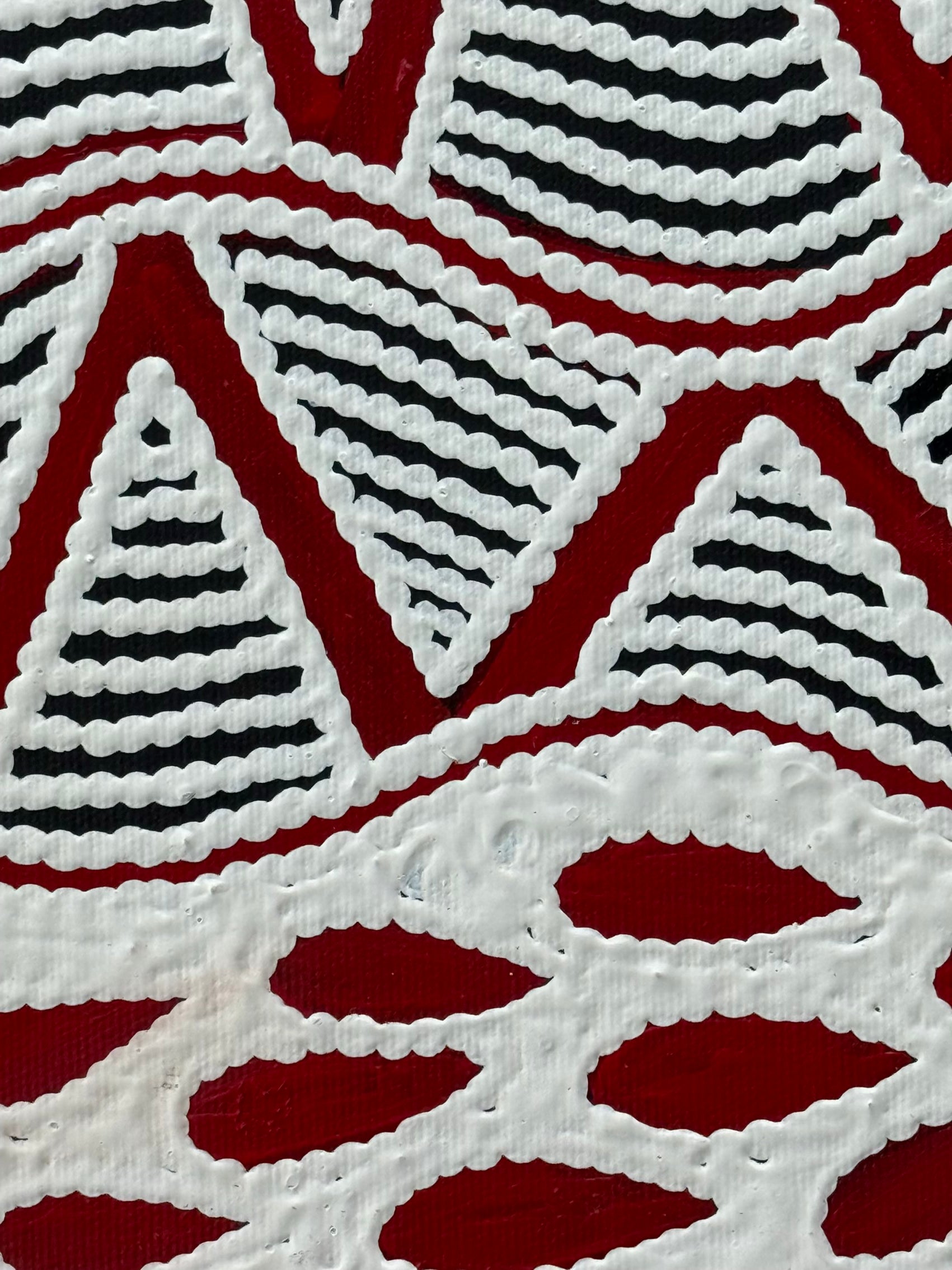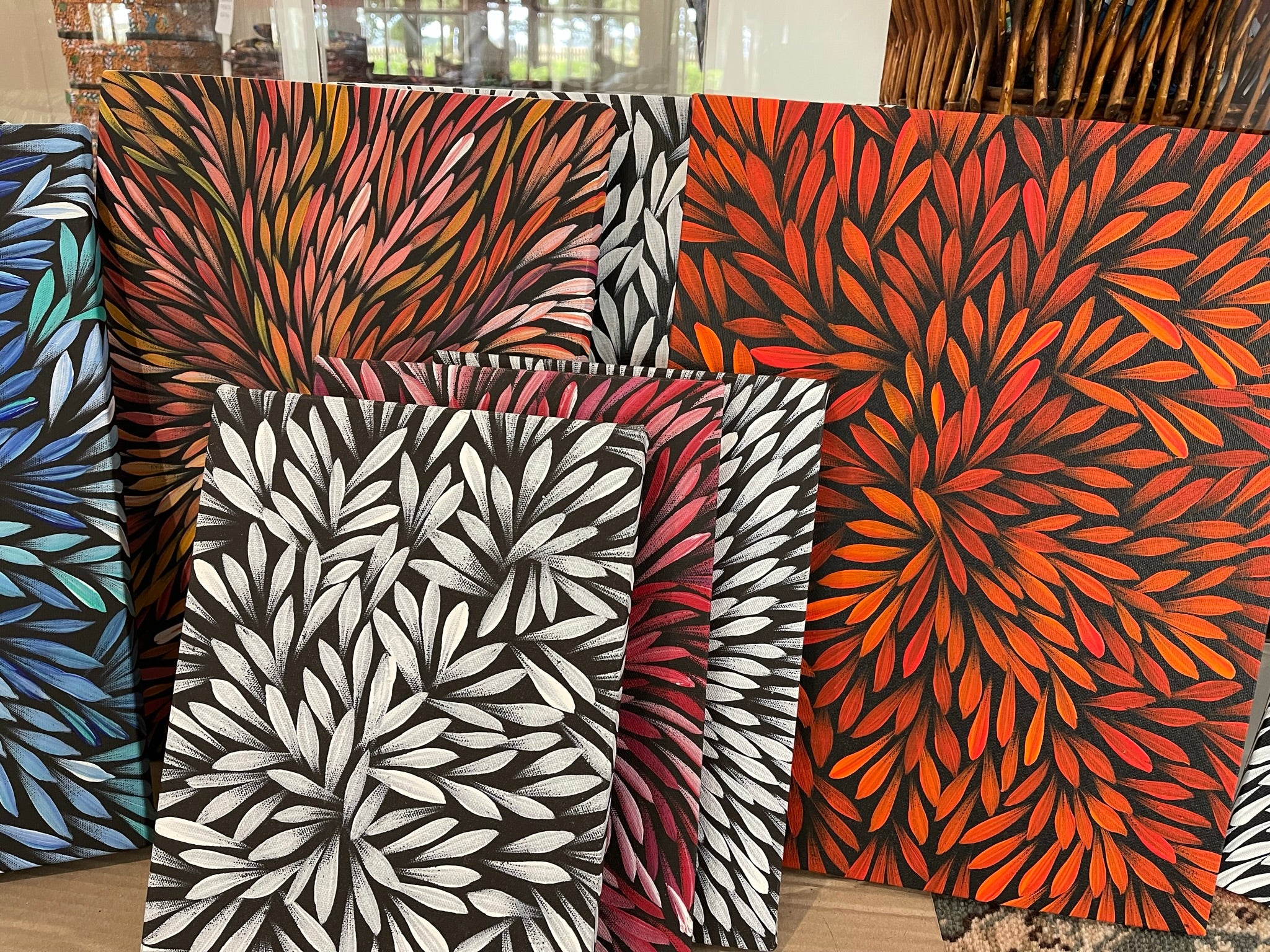
Aboriginal Art/Paintings
Welcome to our extensive collection of original Aboriginal Art. Below, you can view a diverse range of Aboriginal painting, each piece original and unique. If you're looking to purchase Aboriginal Art online, or are browsing before your visit, you'll find plenty here.
Our collection offers something for everyone, inviting you to explore the richness of Indigenous Australian culture. You might be looking for Bush Medicine Leaves, Dreamtime paintings, My Country art, or something entirely different.
Our paintings vary not just in style, but also in the kind of material used and whether they are just painted canvas or pre-stretched. If you click on a painting you like, you'll be able to select some framing options if you wish.
Take your time and enjoy!
Filters
642 products
How was Australian Aboriginal Art created?
The Aboriginal Art we see today is a contemporary incarnation of ancient storytelling traditions. Australian Aboriginal people (also known as Indigenous and First Nations people) across the Australian continent have been using art as a form of creative expression in important ceremonies, storytelling, and to communicate and explain ideas and concepts for over 60,000 years. Australia’s Indigenous people are considered to be the oldest surviving continual civilization in the world.
In the 1970s, Aboriginal people began to adapt modern and contemporary painting mediums and techniques to their traditional art and storytelling. This created an important connection to Aboriginal culture for
non-Indigenous Australians, and as a means for Aboriginal communities to share their stories and ancient traditions more widely, and generate income to support their careers as artists, and their large families. These aspects of contemporary Aboriginal Art are the foundation of the celebrated and widely-acclaimed Australian Aboriginal Art movement for the artists, galleries and the customers who purchase pieces for their homes.
Why do Aboriginal Artists use dots?
The origins of Central and Western Desert ‘dot art’ are deeply rooted in cultural practices and traditions. Even though this popular and instantly recognisable style emerged as a modern form of expression in the 20th Century, it is connected to ancient traditions of storytelling and cultural preservation. Before the use of canvas and acrylics, storytellers and revered keepers of culture and story shared the details of these sacred stories directly into the surface of the desert using their hands and sticks to create epic Dreamtime stories of their ancestors, the landscape, and ceremony – designs that were, and are, an essential part of a deeply held spiritual connection to the land.
The symbols used in dot art predate the art style itself and have been integral to Aboriginal culture for tens of thousands of years. The patterns and designs in dot art represent more than aesthetic choices – they are maps of Country, narratives of ancestral journeys, and reflections of the artists’ cultural identities. They often depict tracks, waterholes, and other elements of the natural and spiritual world. Dots were also used to obscure sacred symbols and meanings, ensuring that uninitiated viewers could not fully interpret the spiritual and cultural significance of the stories for whom they were not intended.
Did Geoffrey Bardon invent Aboriginal Art in the 1970s?
The short answer is no, of course he didn’t. What he did do was introduce canvas and acrylic paint to indigenous culture.
To explain this in a bit more detail, it’s important to note that dot art, as we recognise it today, began with the Papunya Tula Art Movement in 1971. Geoffrey Bardon, a schoolteacher at Papunya, encouraged the local Aboriginal men to paint their traditional stories on canvas and board. This initiative gave rise to the first dot paintings. Early artists included Clifford Possum Tjapaltjarri, Kaapa Tjampitjinpa, and Johnny Warangkula Tjupurrula, and their work brought attention to Aboriginal art as an important and valuable form of cultural expression.
Before acrylics, natural pigments like ochres were used, but they were less durable and therefore prone to disintegration over time. The acrylic paints introduced by Bardon allowed the artists to explore the integration of more vibrant colours that could reflect a vast range of ecological and environmental elements of their storytelling, while also ensuring the longevity and preservation of these important works. Today, dot art continues to evolve, blending traditional and contemporary elements, but the essential elements of each story remain connected to their cultural origins.
When Aboriginal people first started creating art to be purchased by outsiders, dots became a tool that was used to mask sacred symbols in the artwork. Dots were of course used prior to the 1970s, but this is when they became more abundant. The reason for this is that Aboriginal Art carries a lot of power, a kind of power that most non-Indigenous people are not familiar with, a sacred power linked to Country. This is not the kind of symbolism to which anyone could simply have access.
Although some symbolism has become more explicit in Aboriginal Art, and in some instances the dots serve as more of a cultural-visual language, they are still used at times to obscure sacred knowledge.
Why is provenance important?
Establishing provenance is critical for a number of reasons. The most important of these is to establish the work’s authenticity. This involves verifying that the work is genuine and created by the artist to whom it is credited. While this would be impossible in the non-Indigenous Art world (with arguably some European exceptions), the stories shared throughout the Aboriginal Art Movement are ‘signature pieces’, and the permission to paint often quite specific stories rests, forever, with particular artists and their families. The late, great Gloria Petyarre, for example, was the first artist to paint the ‘Bush Medicine Leaves’ women’s ceremony, for which she would become the first Indigenous Artist to win the prestigious Wynne Landscape Prize in 1999. Throughout the evolution of the Aboriginal Art Movement after Gloria, it was, and is, only ever the female members of Gloria’s biological and extended family by association who are able to paint the details of this ceremony. The provenance, then, when examining a painting about the leaves used in this ceremony, involves tracing the origins of the piece back to Gloria.

Ethically Sourced
All of our artwork is ethically sourced and created by Australian artists
Unique Designs
We offer a wide range of Aboriginal Art from paintings to homeware
Customer service
Please use 'Chat with us' if you have any questions
Worldwide shipping
Tel your customers about your payment methods.
